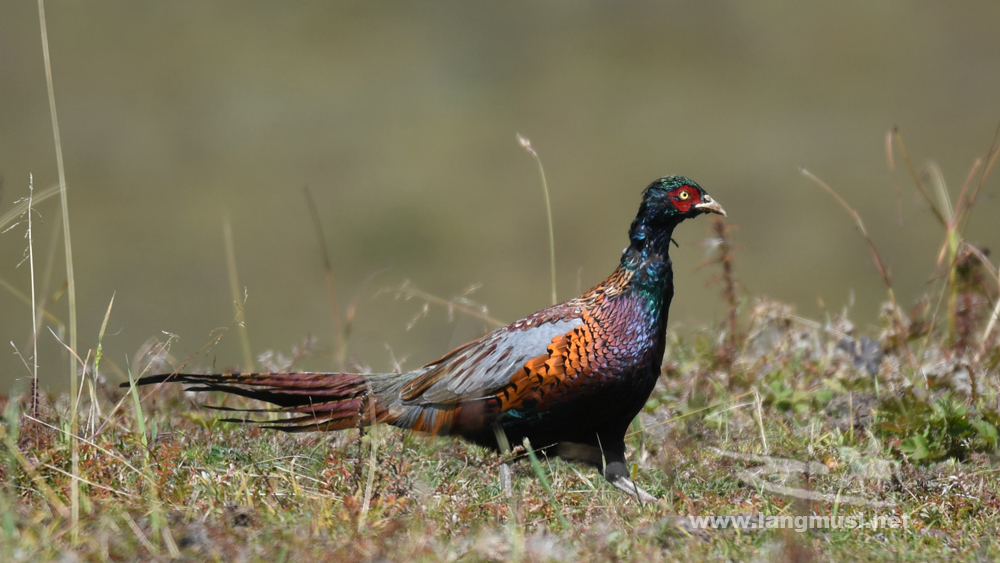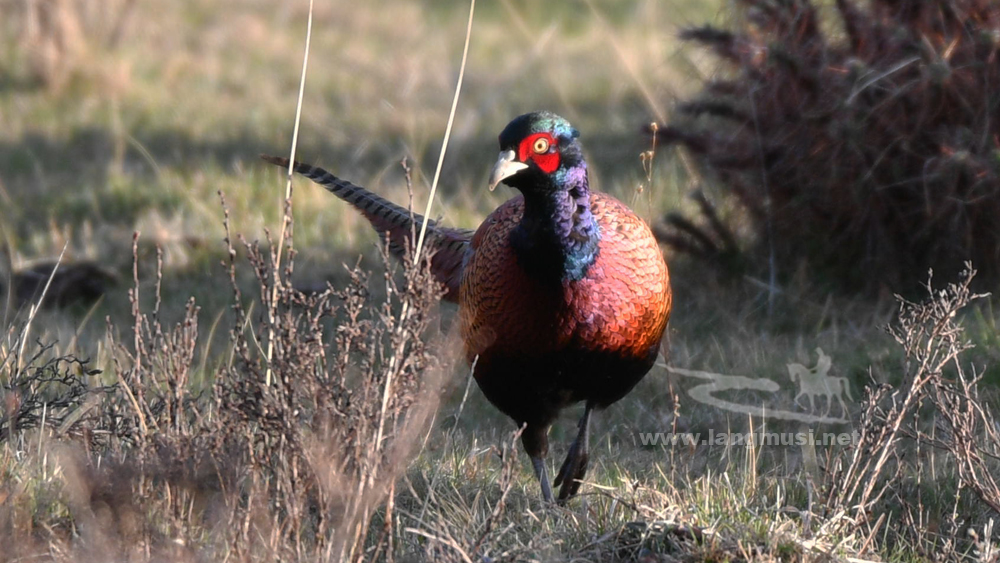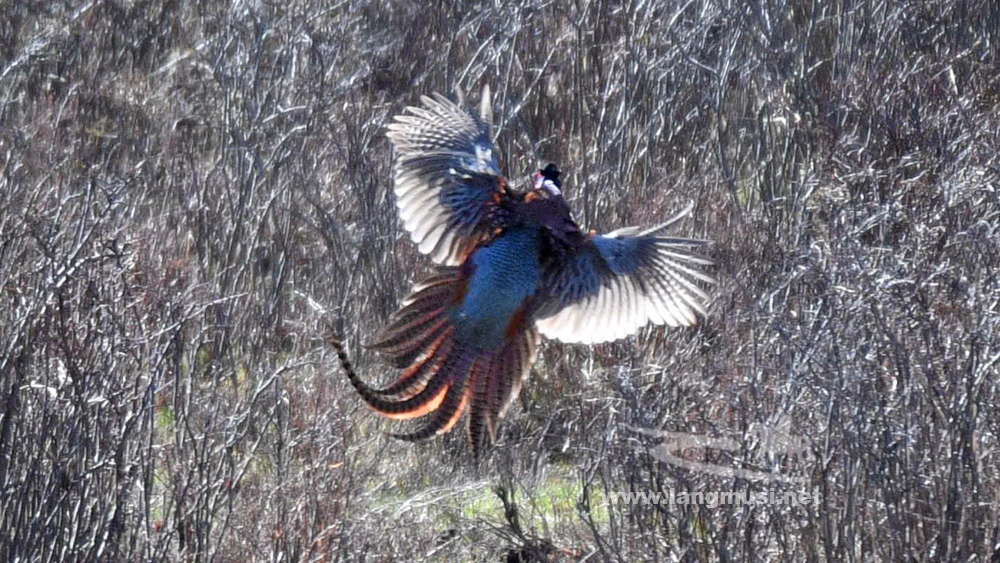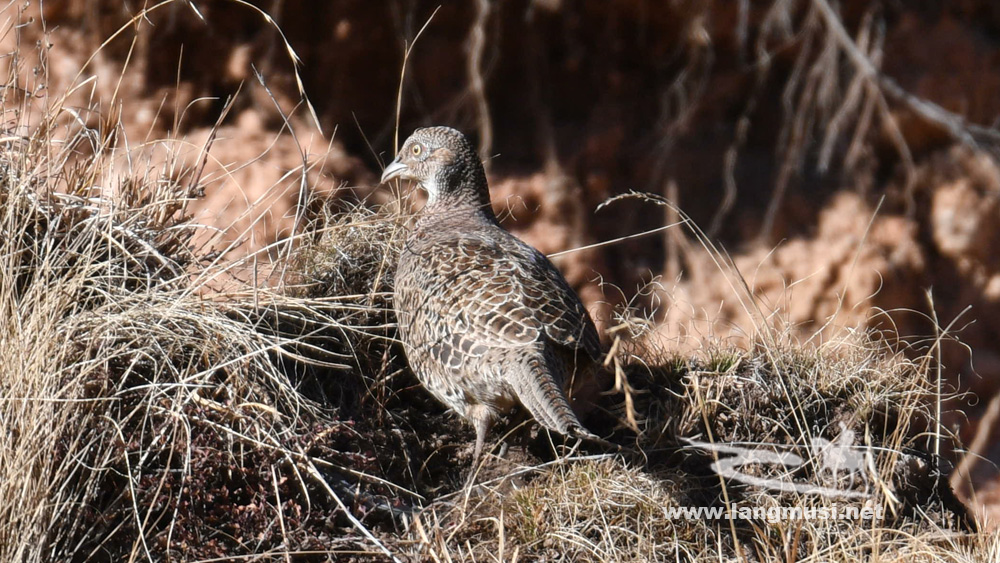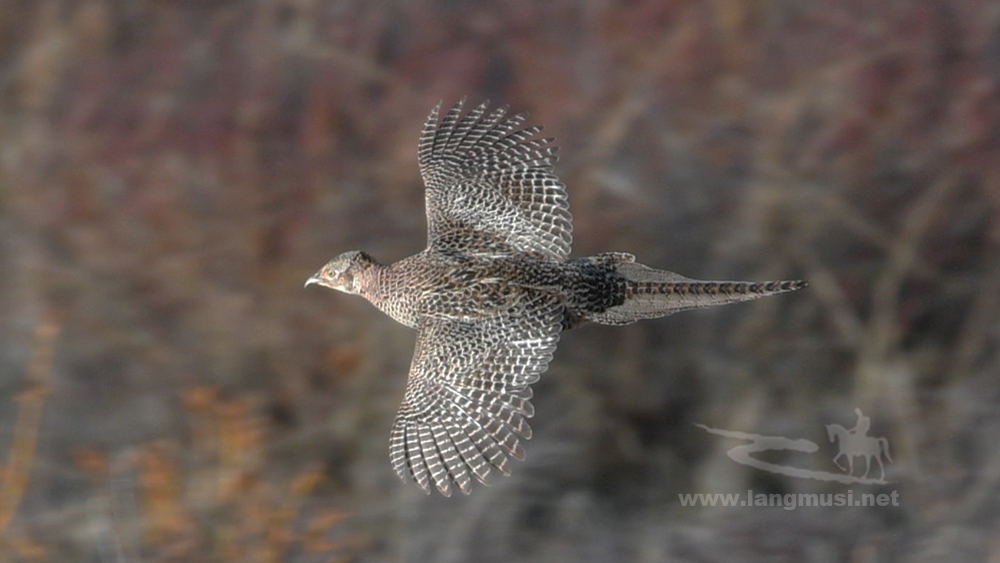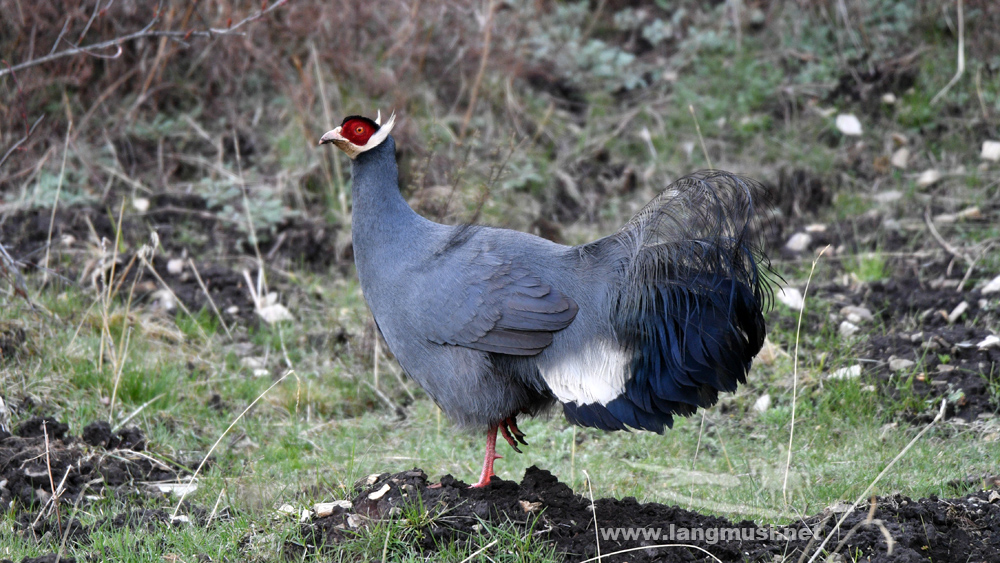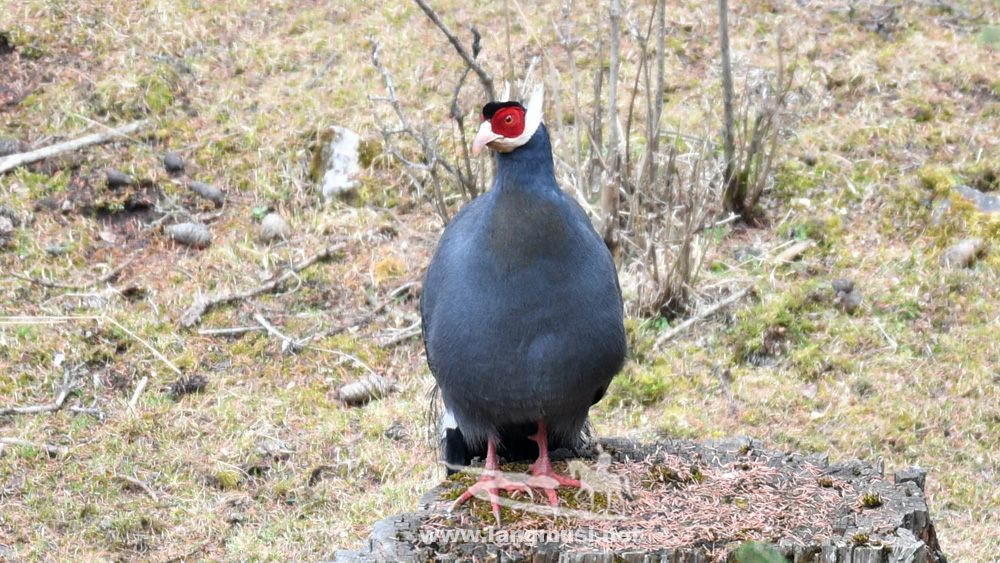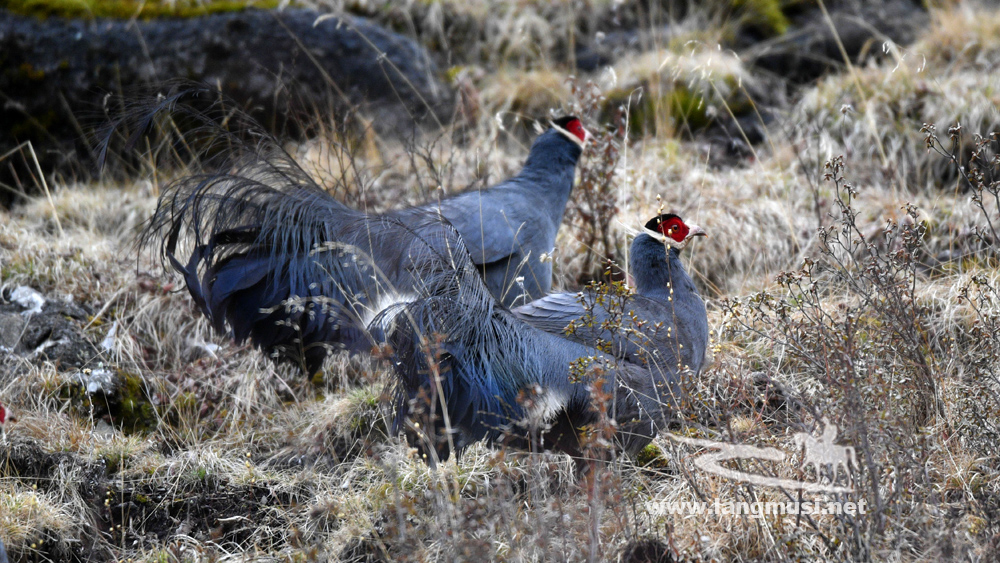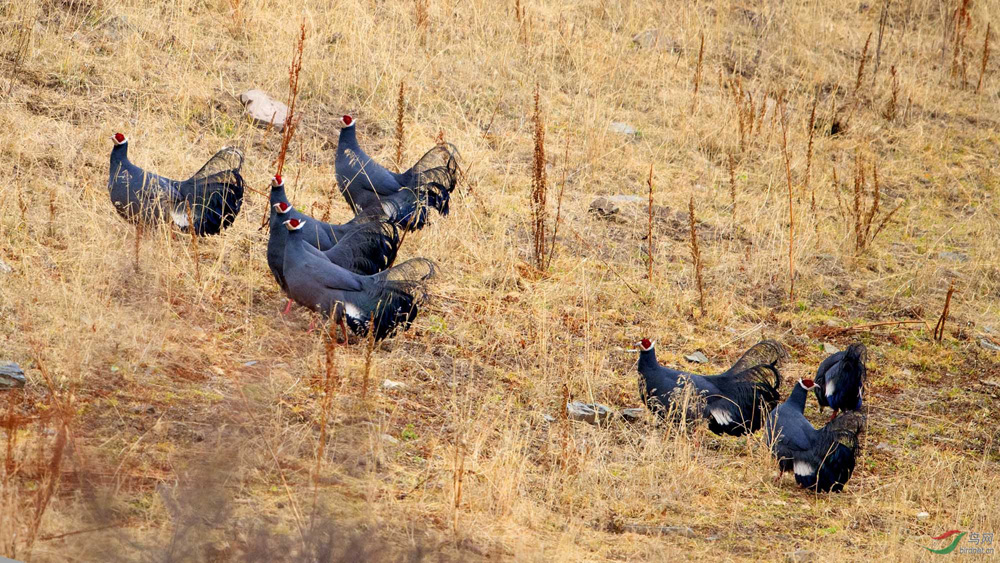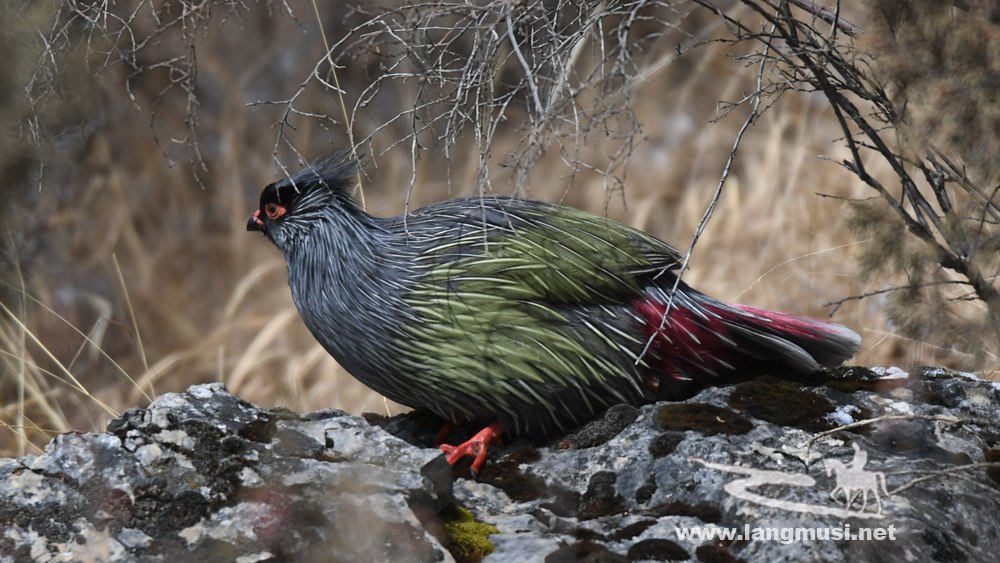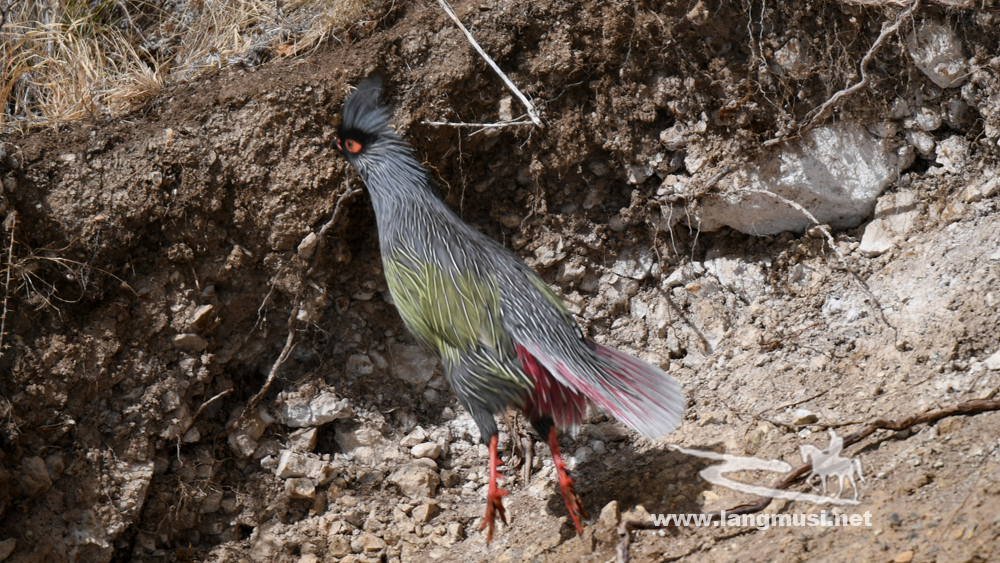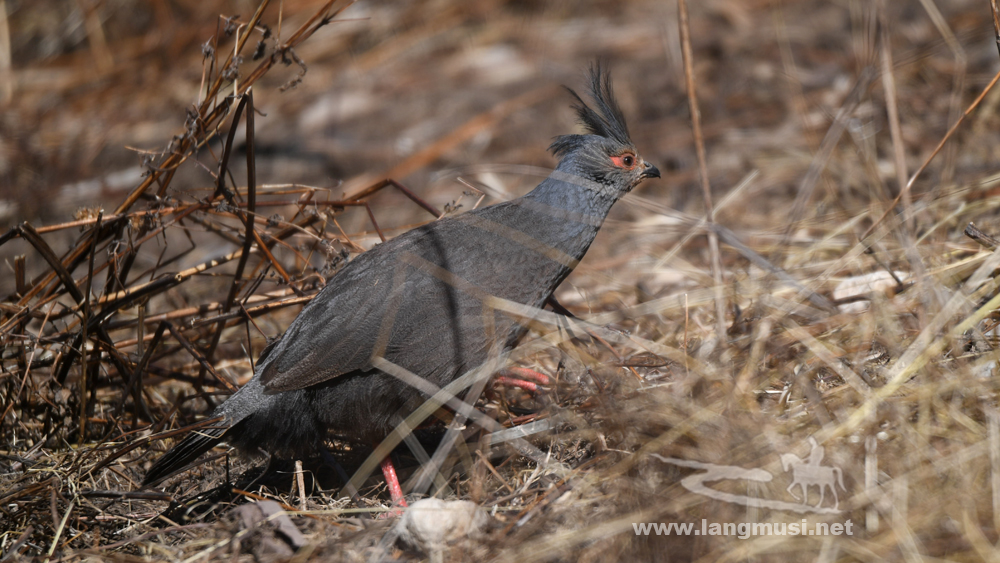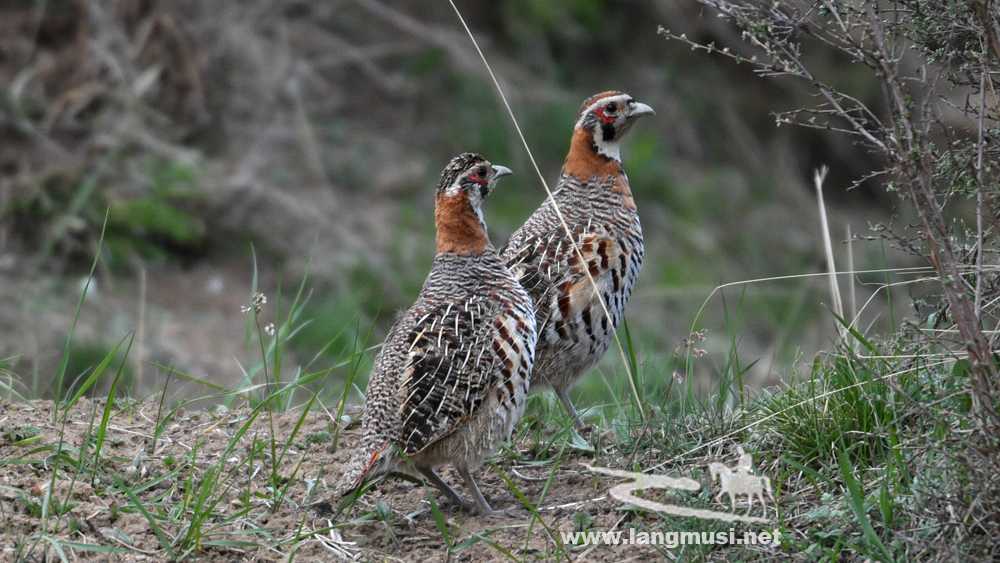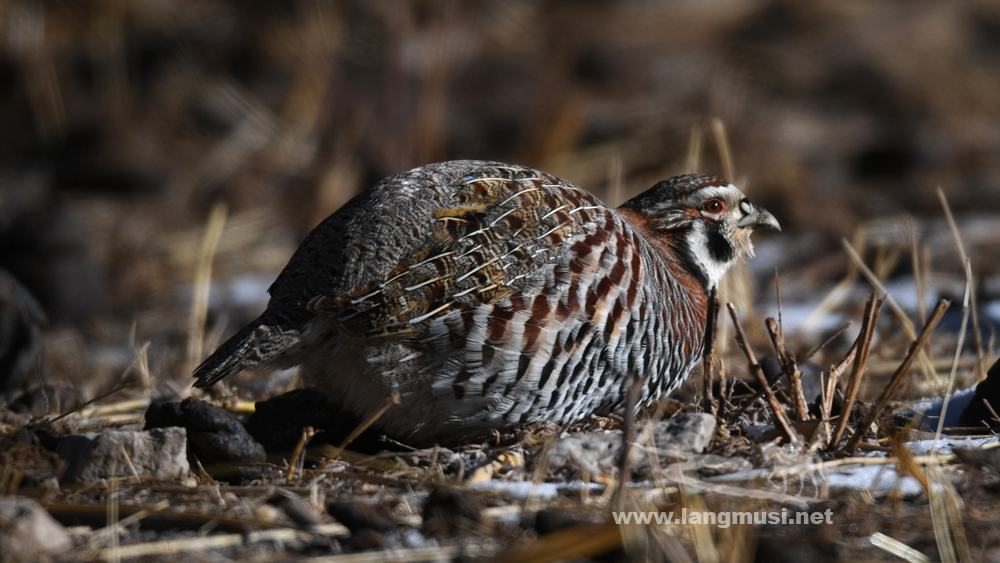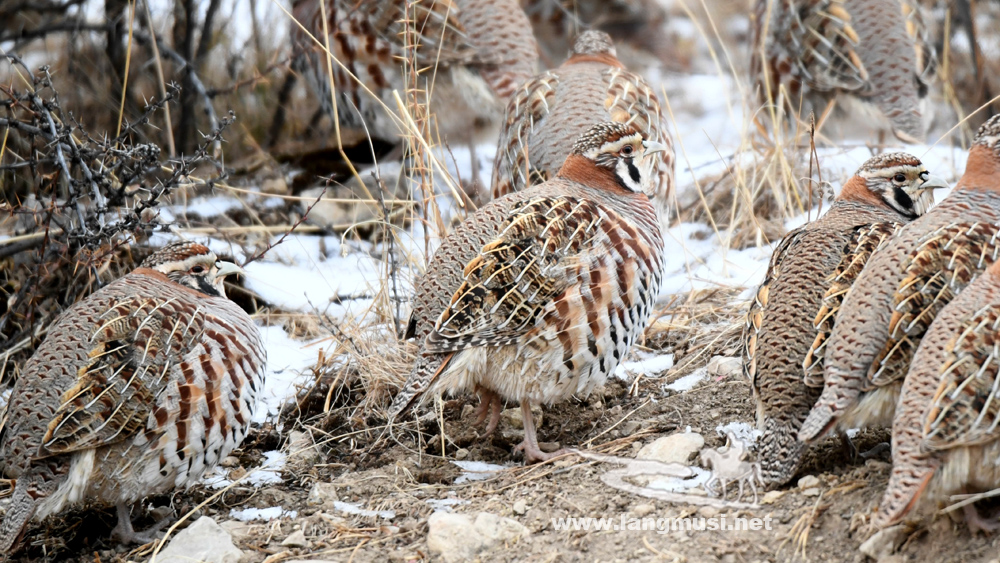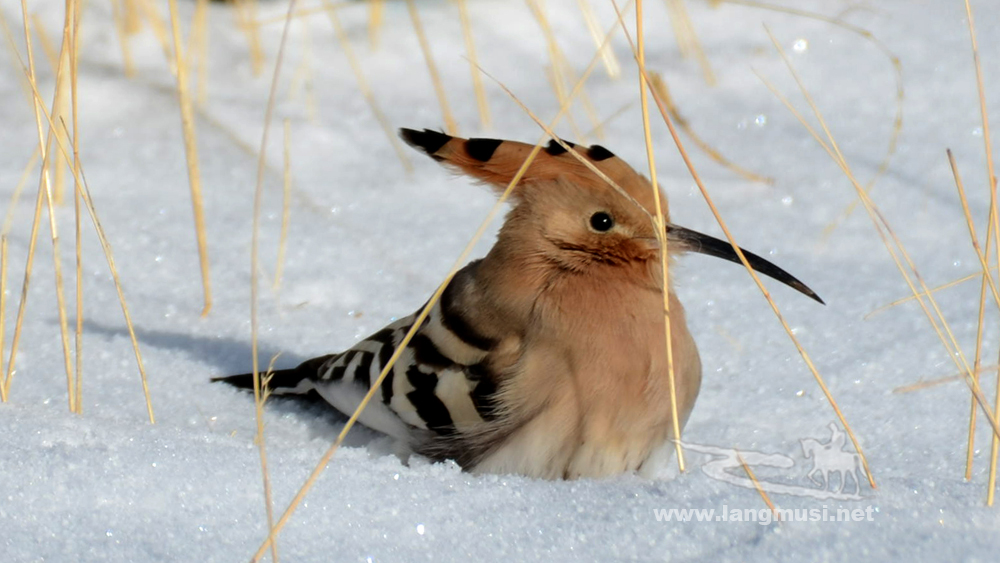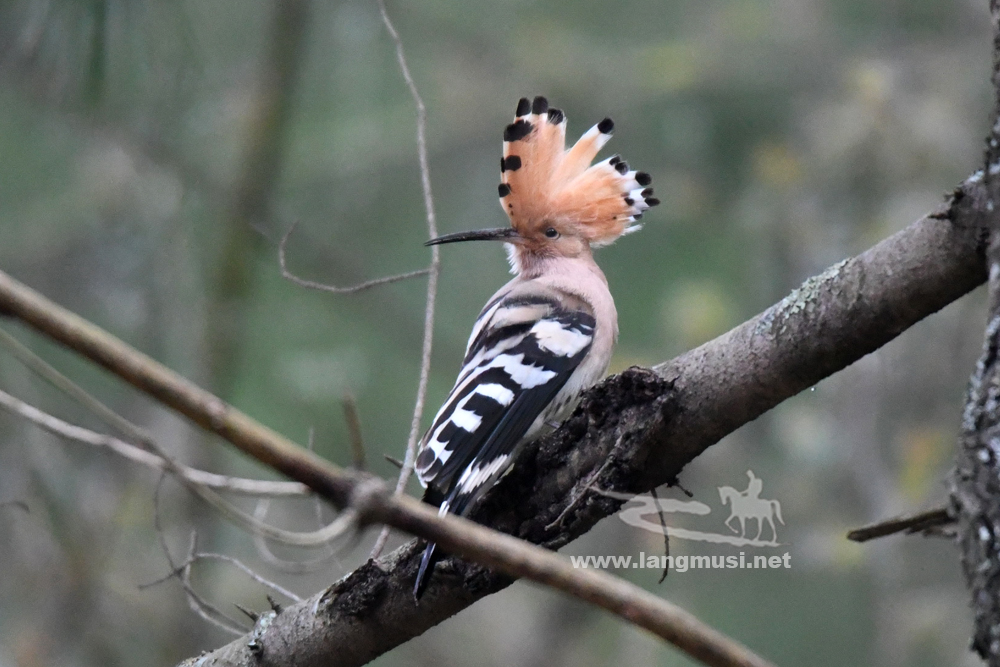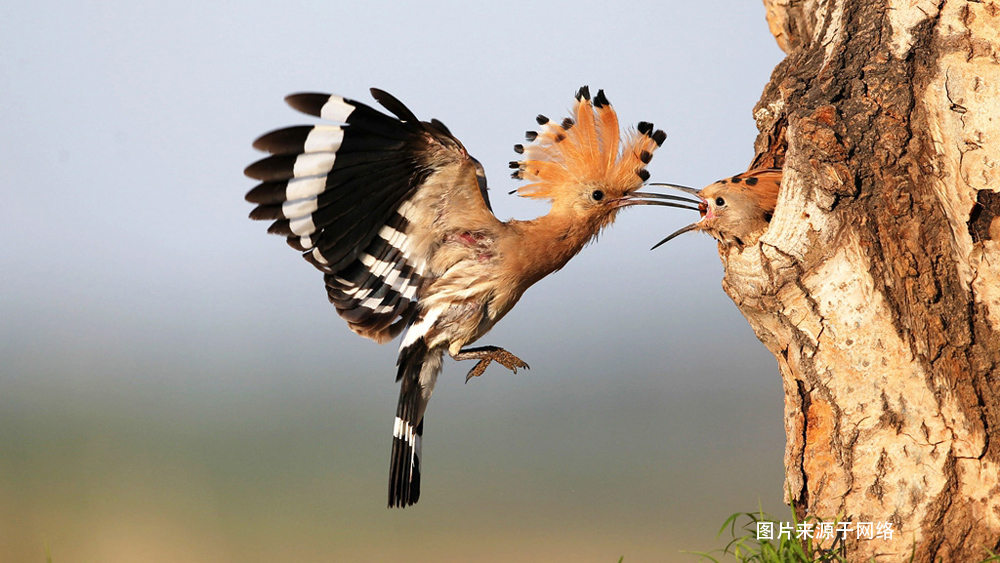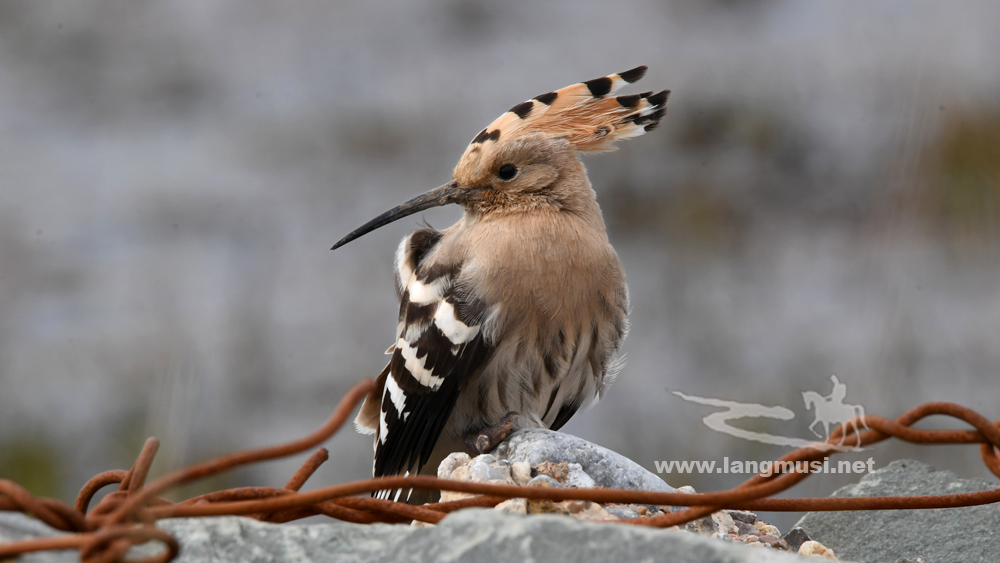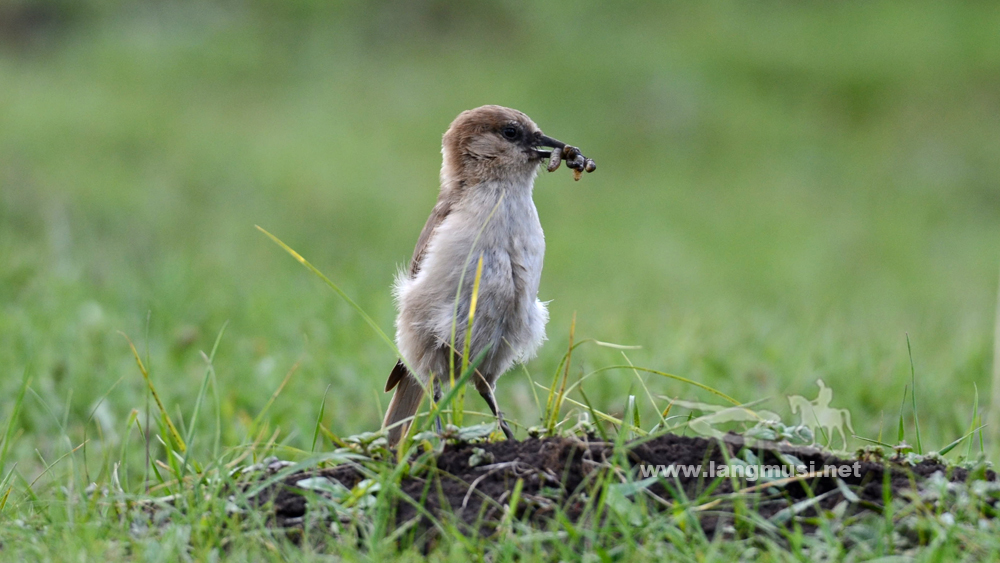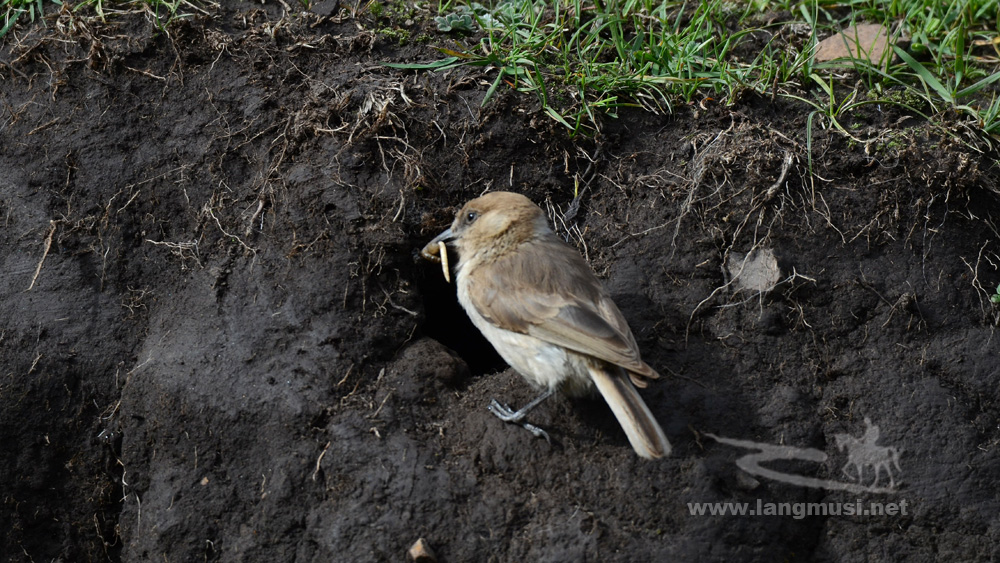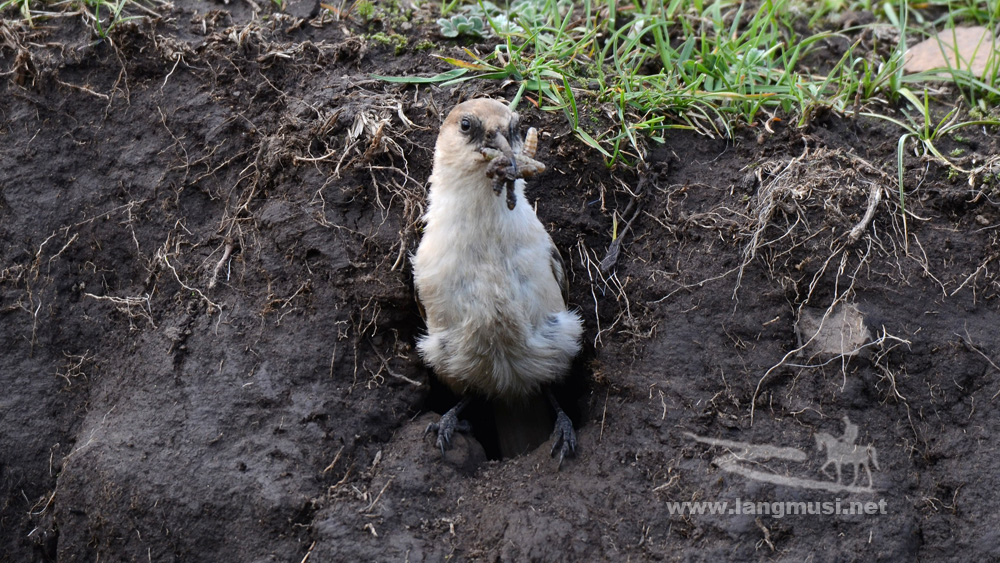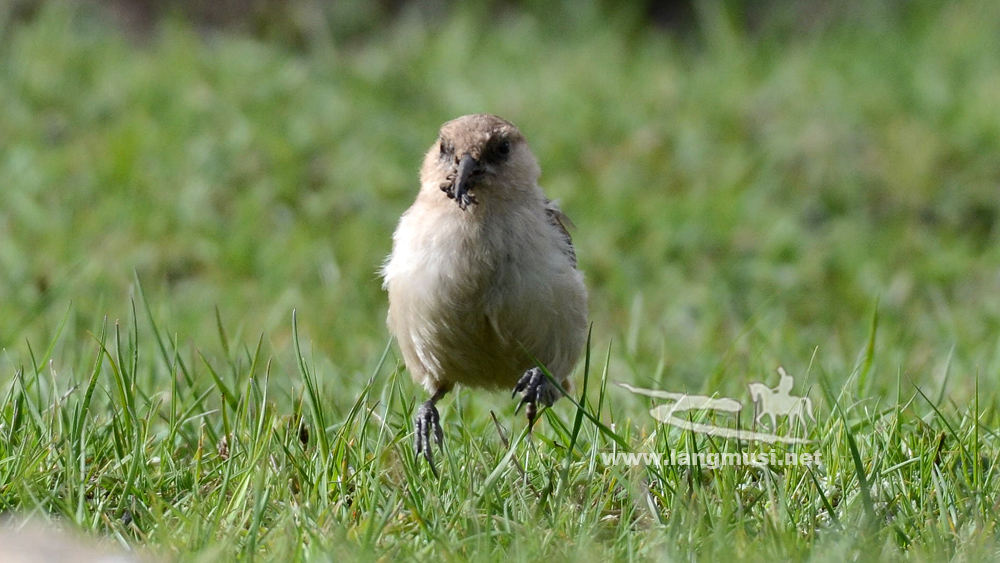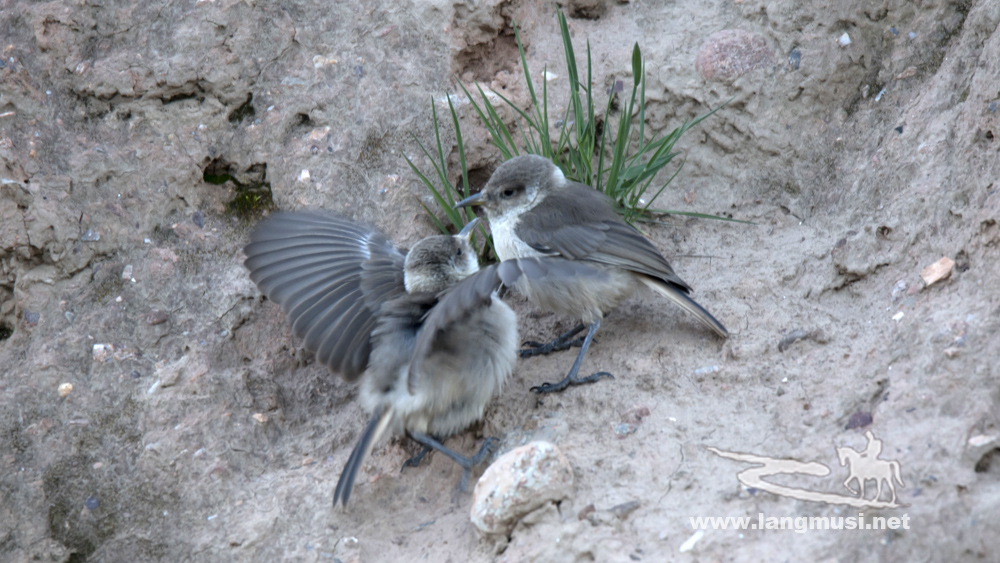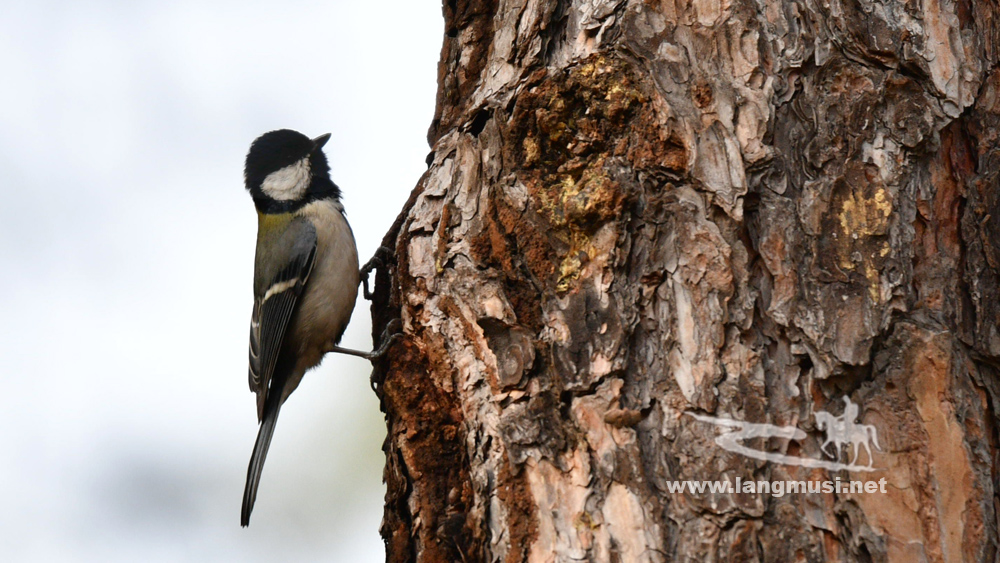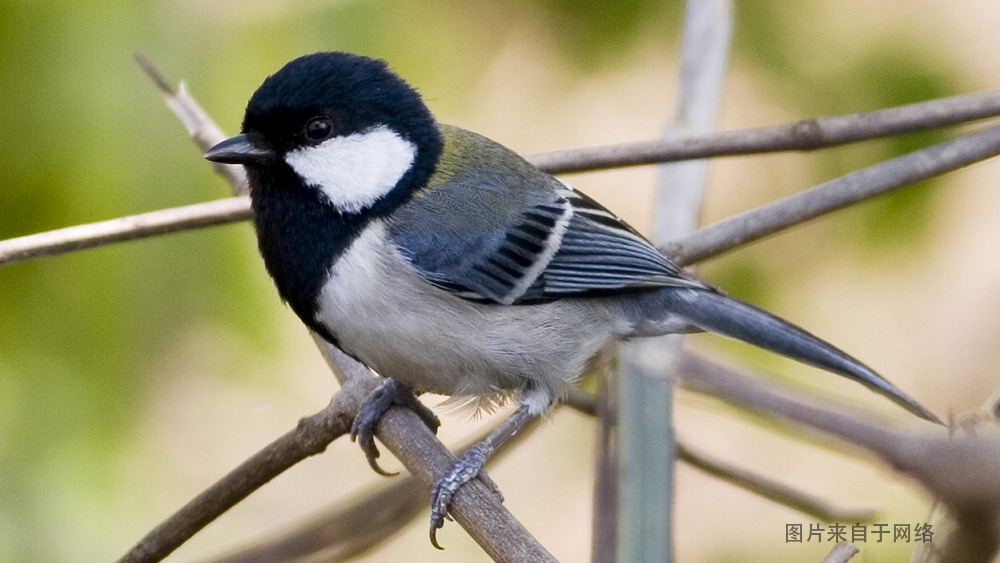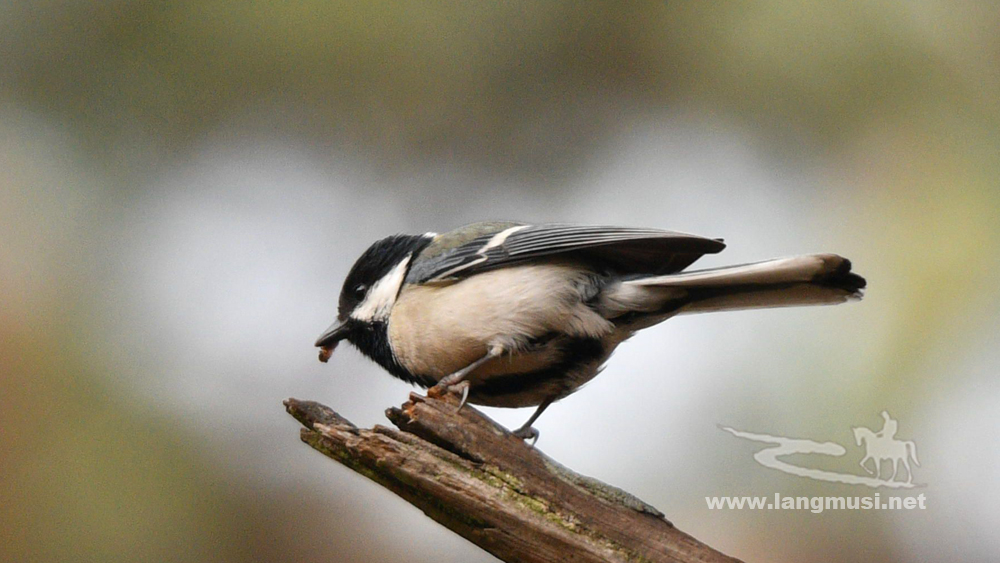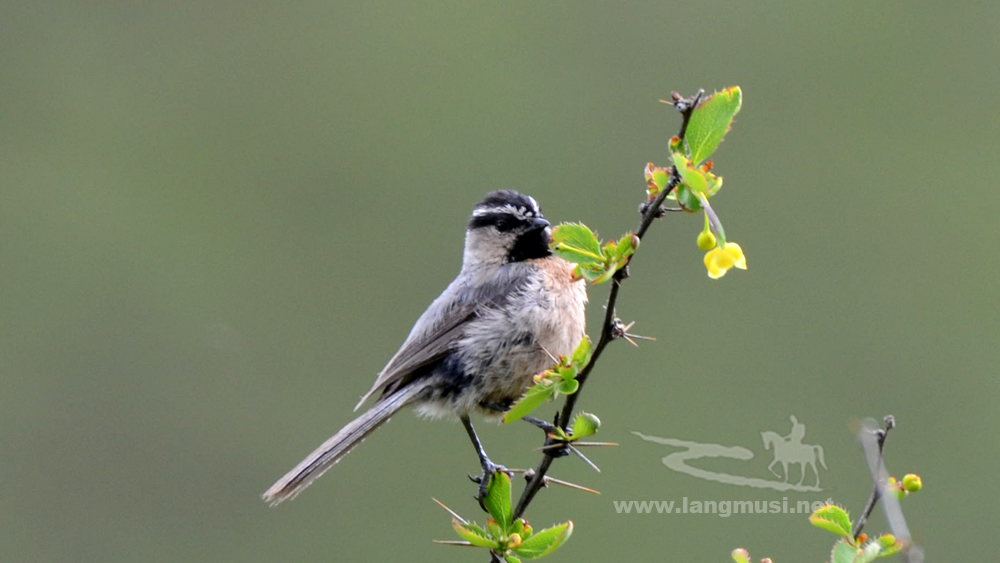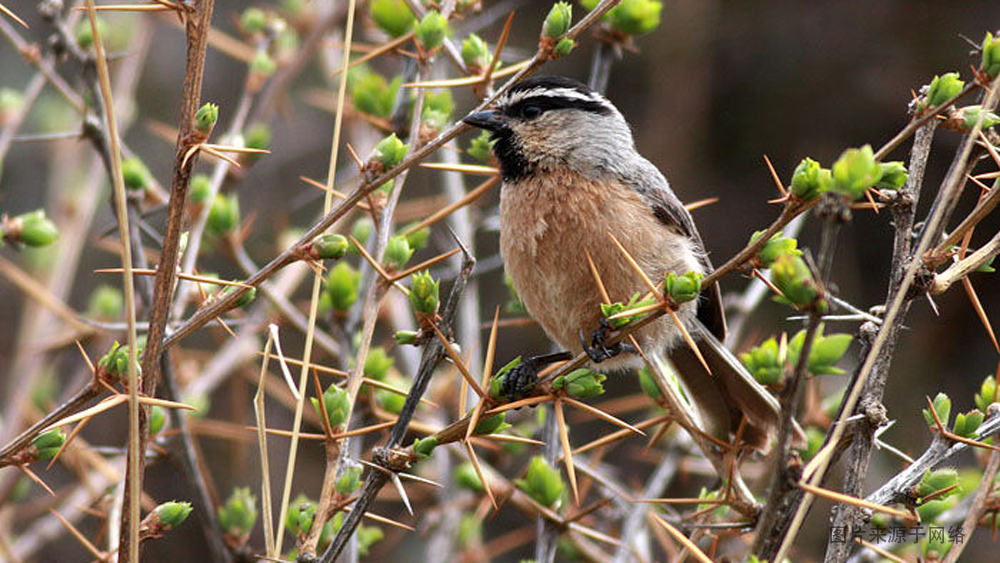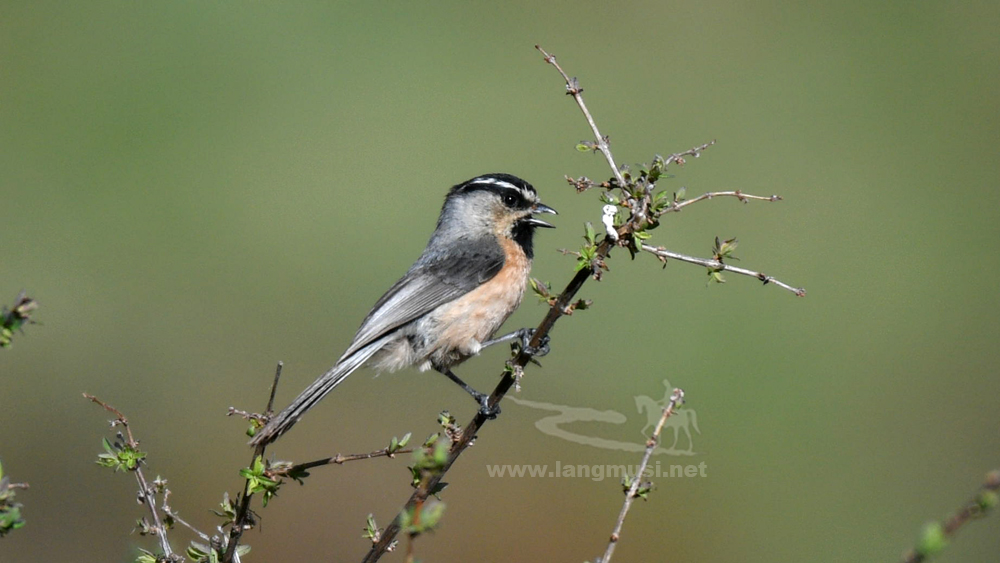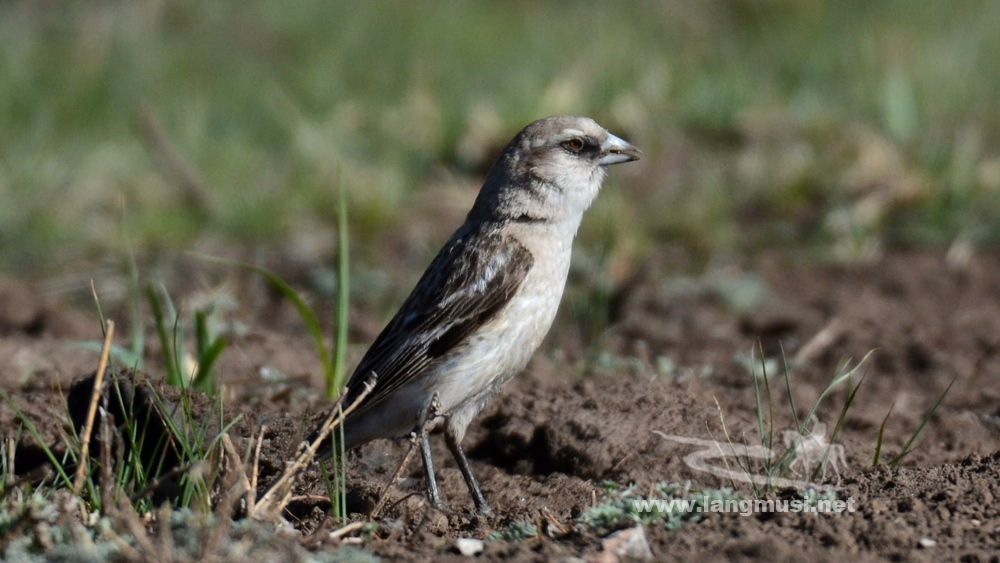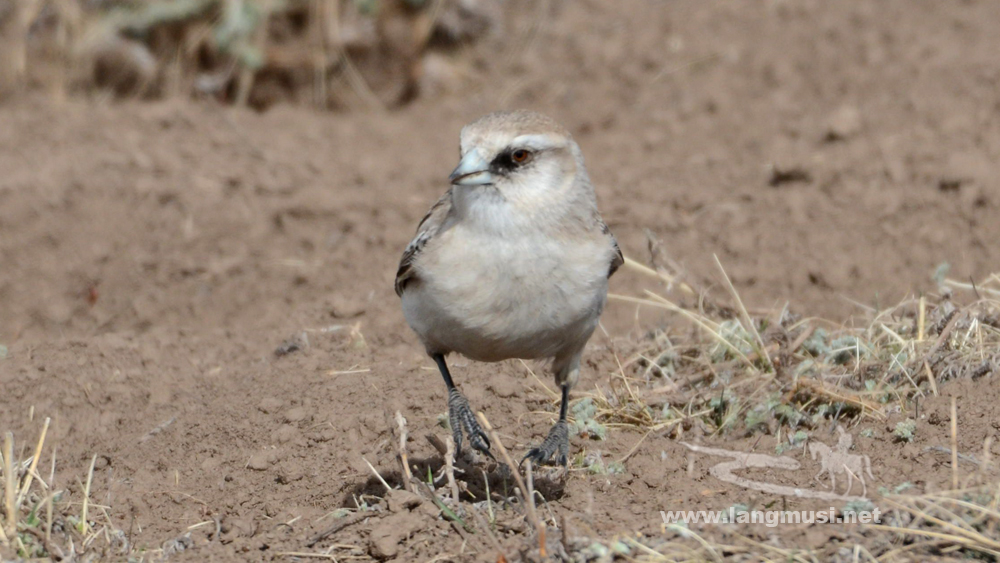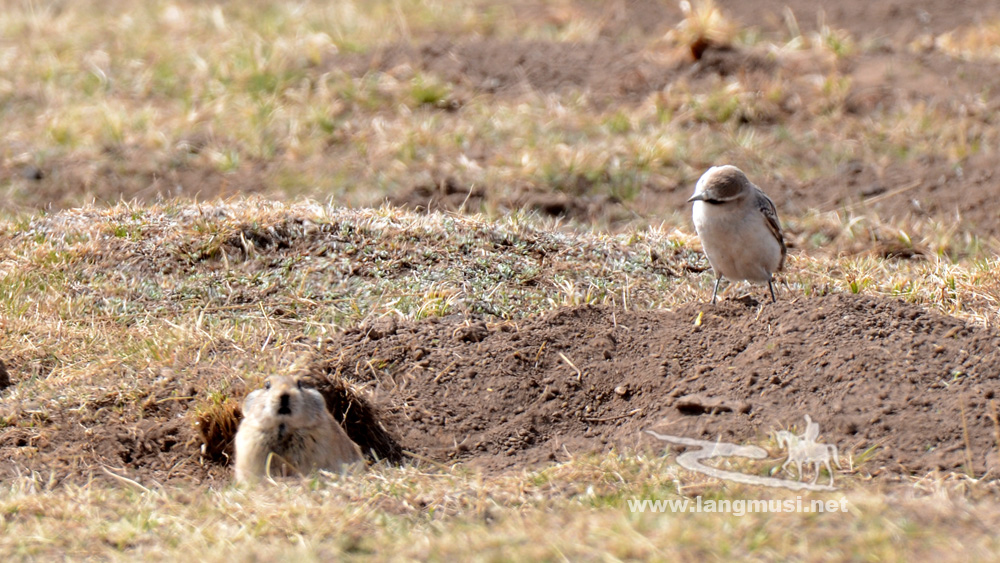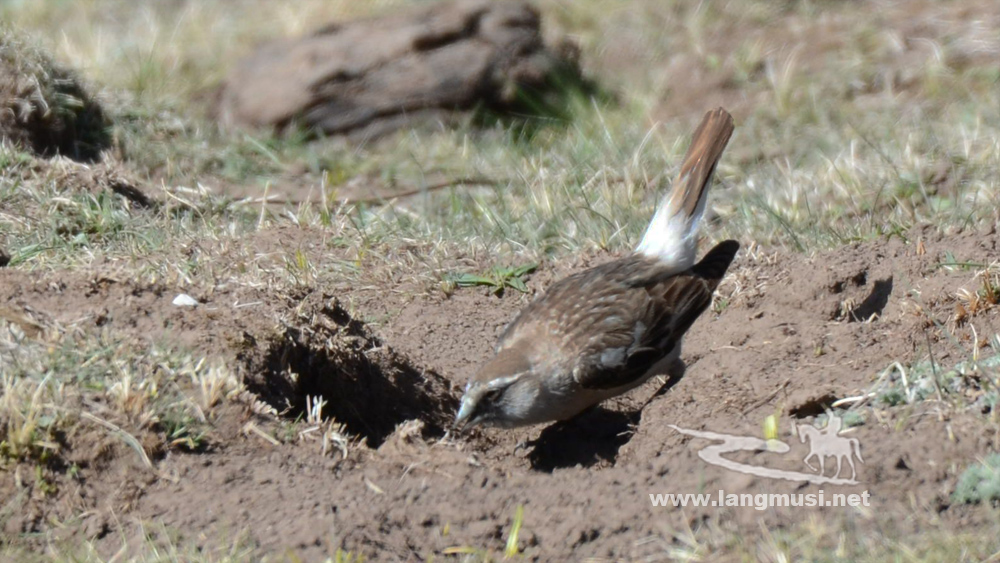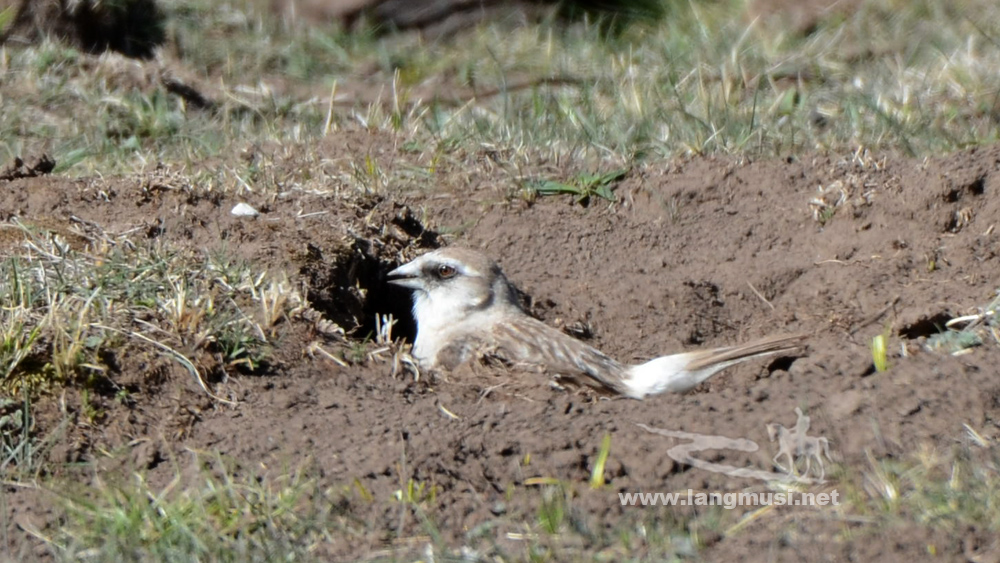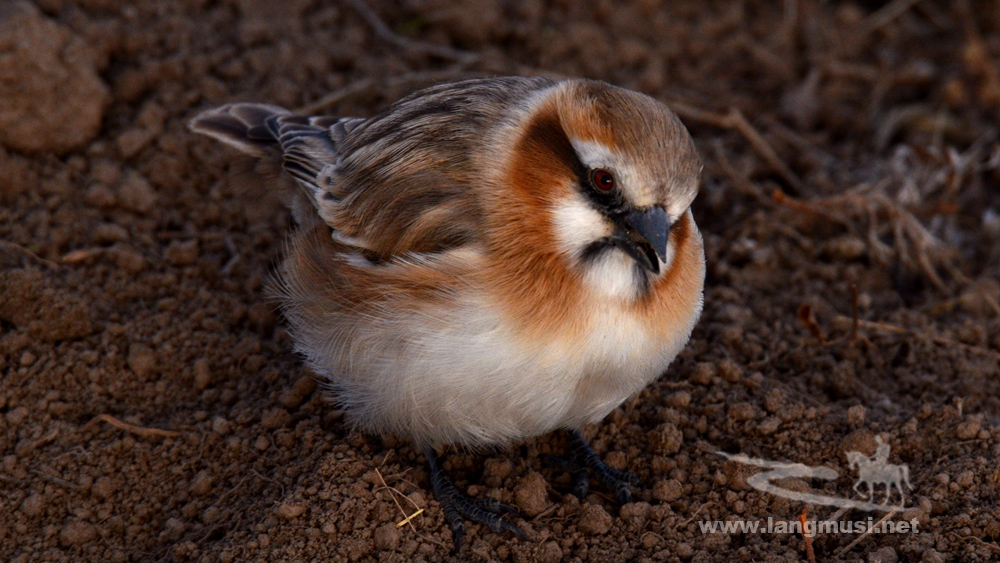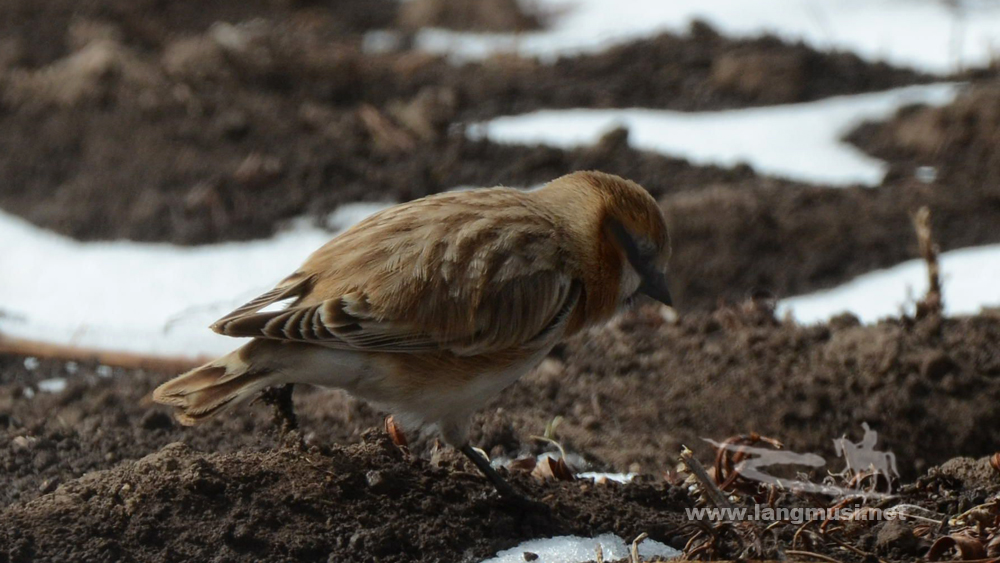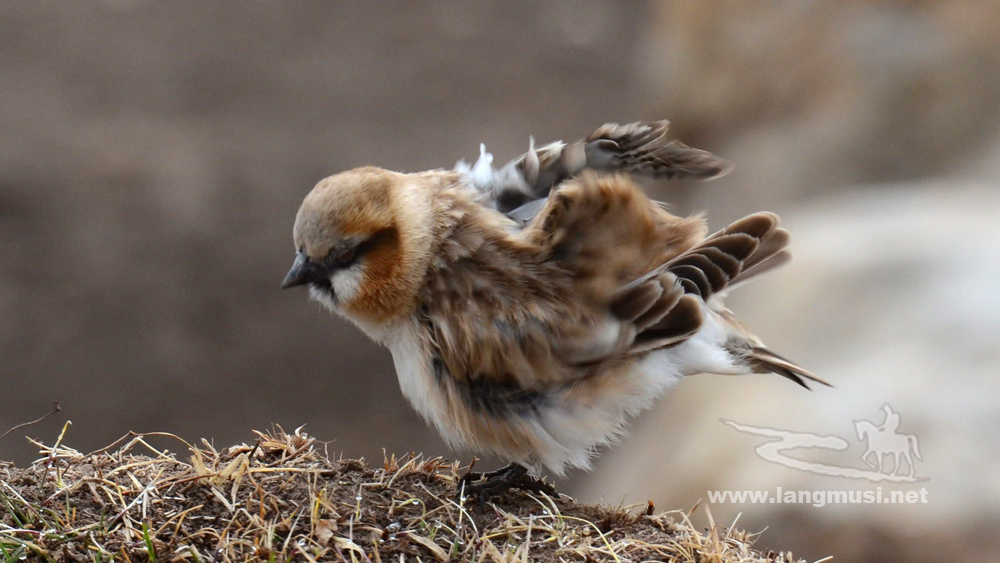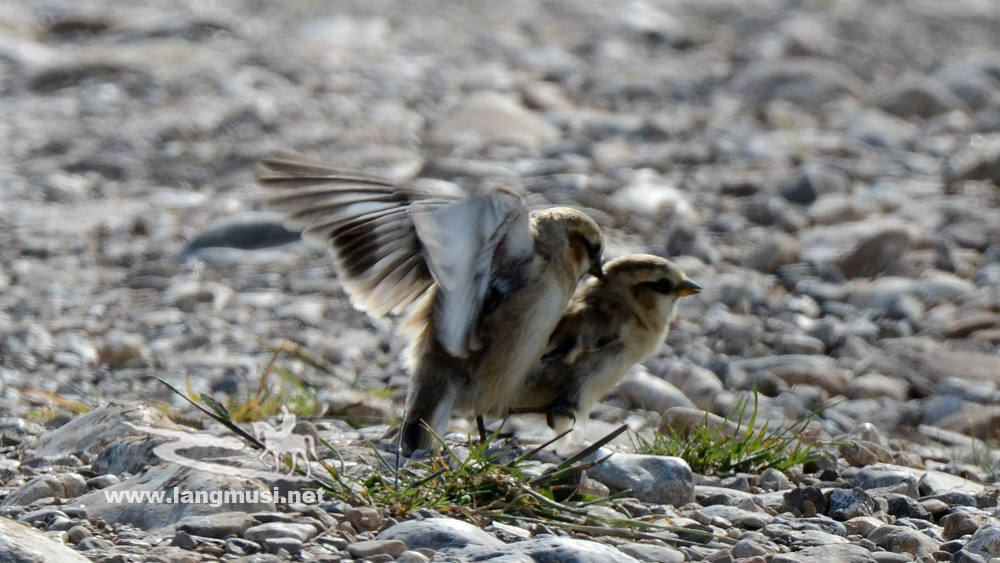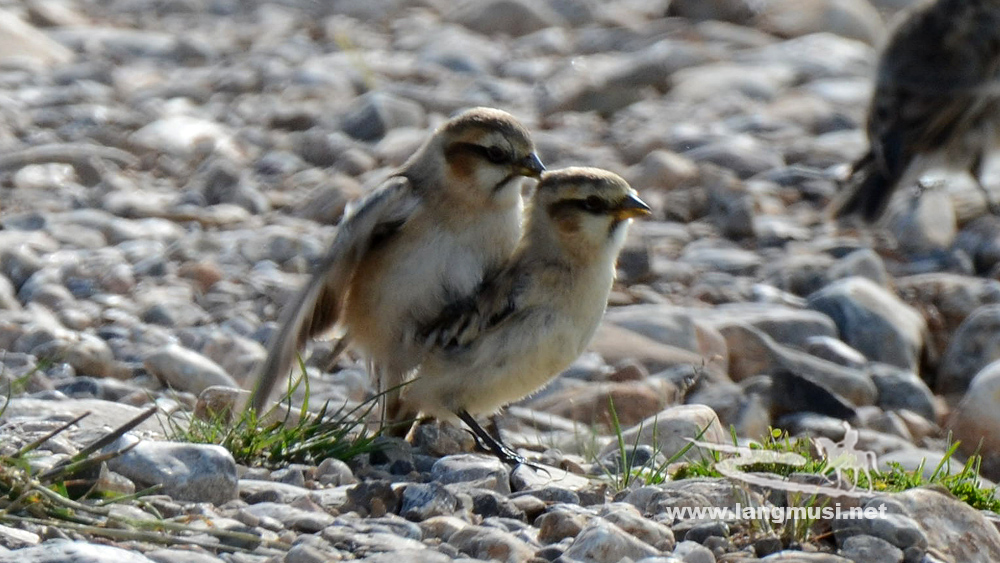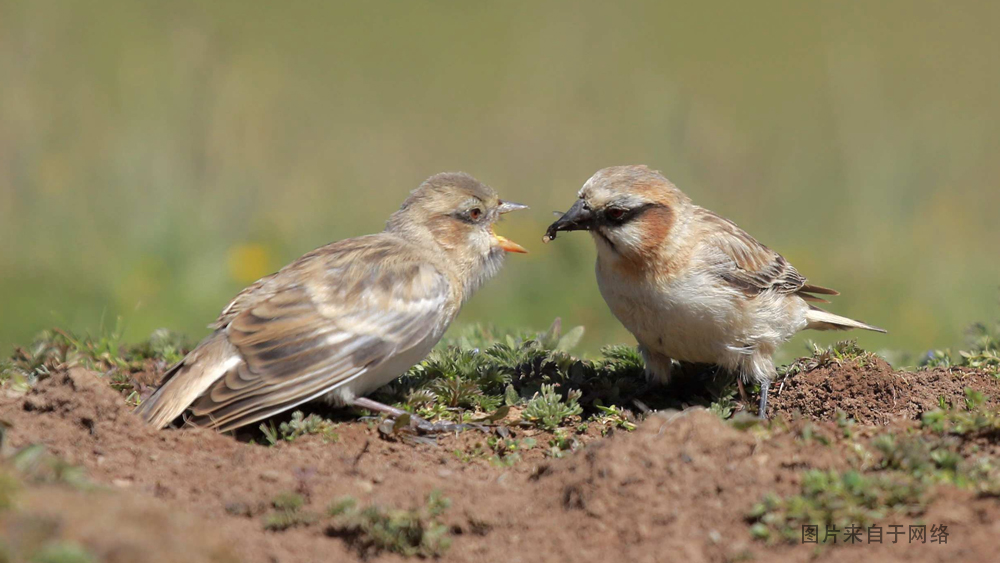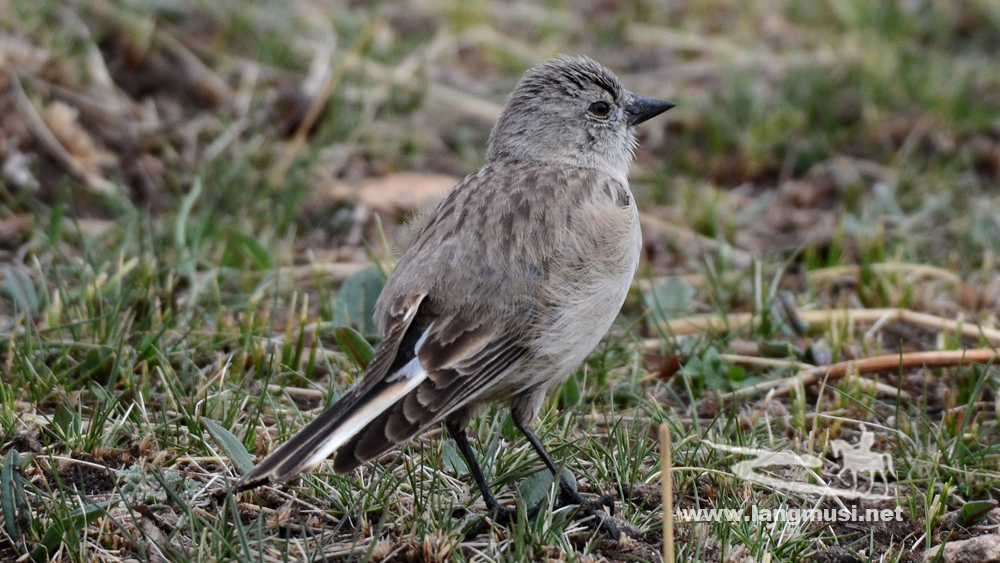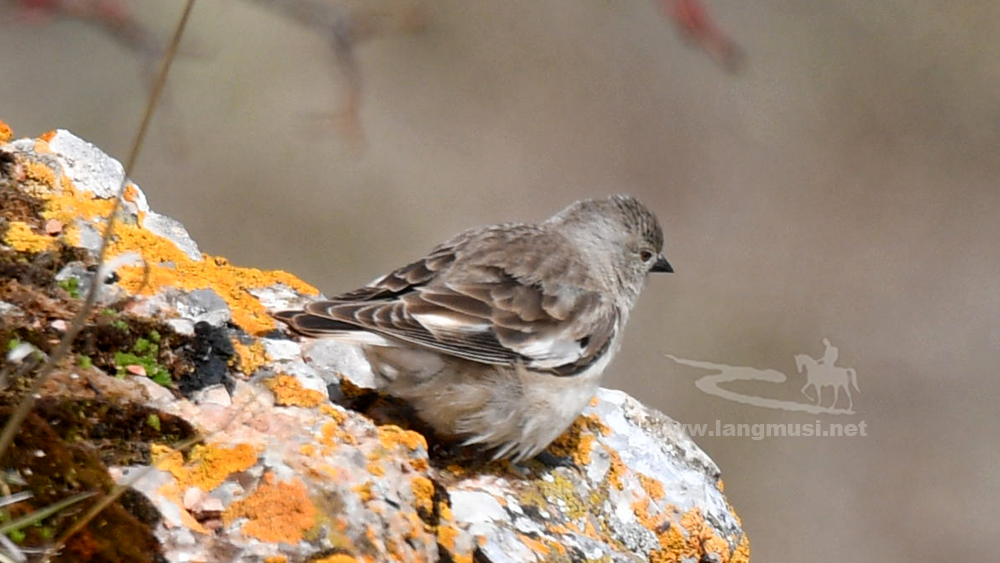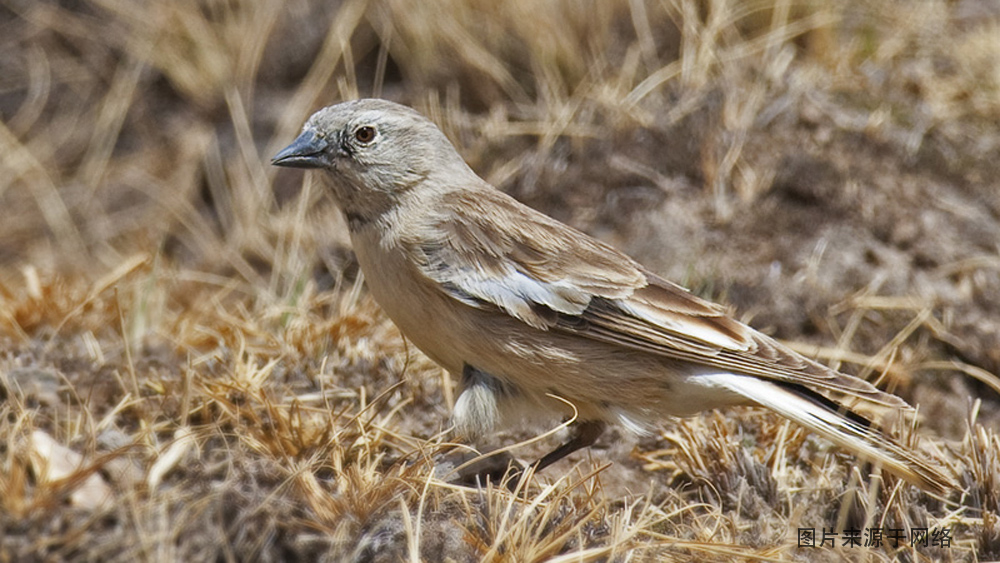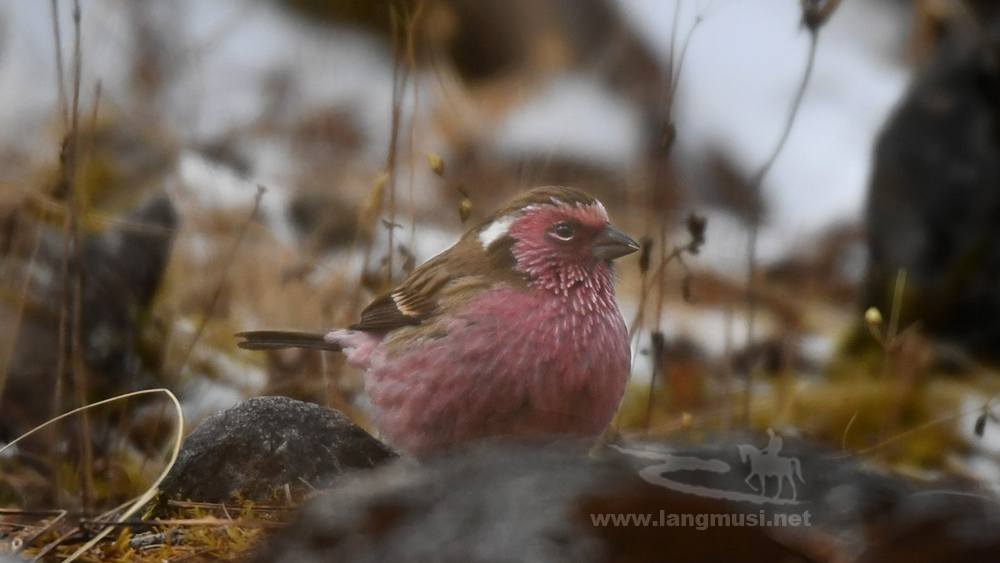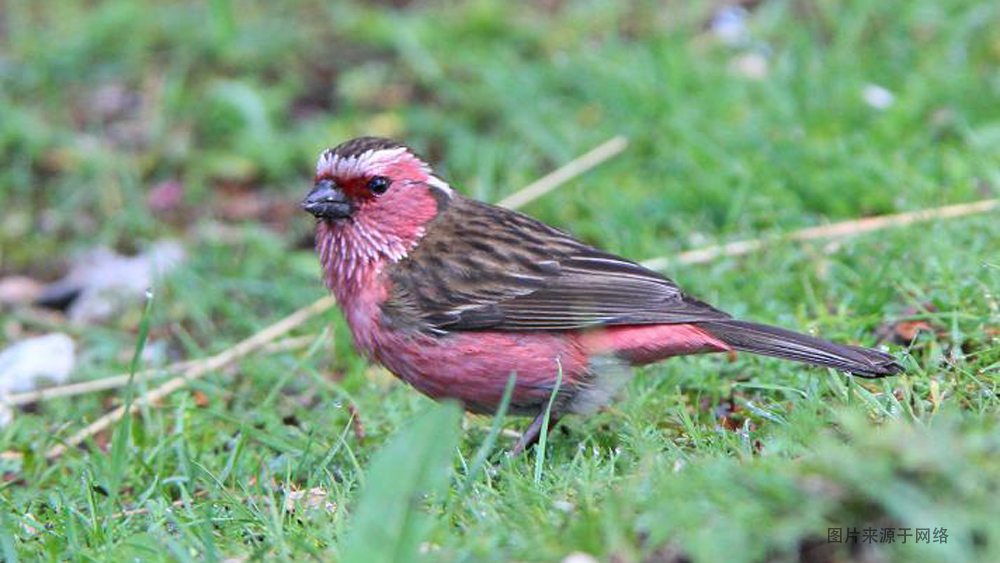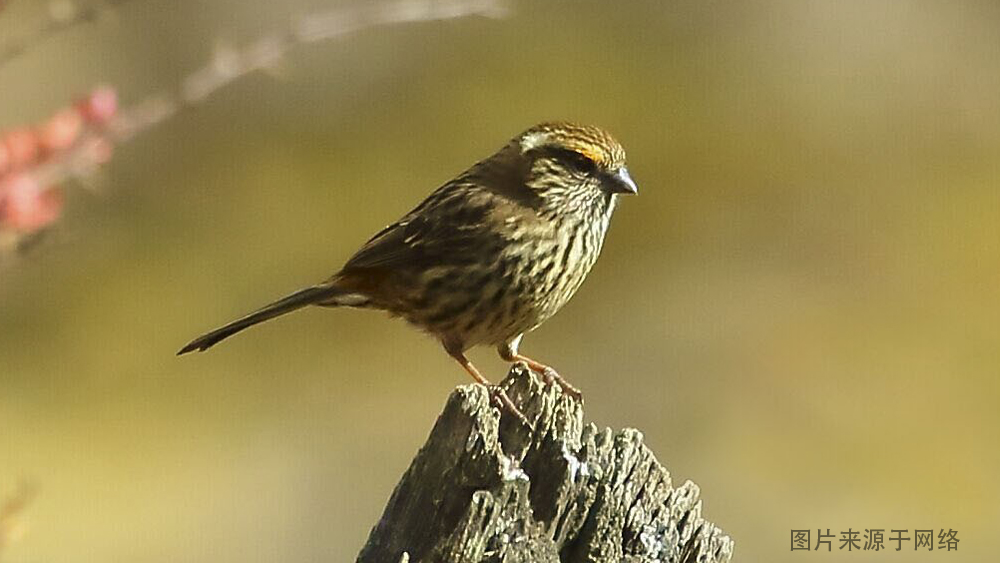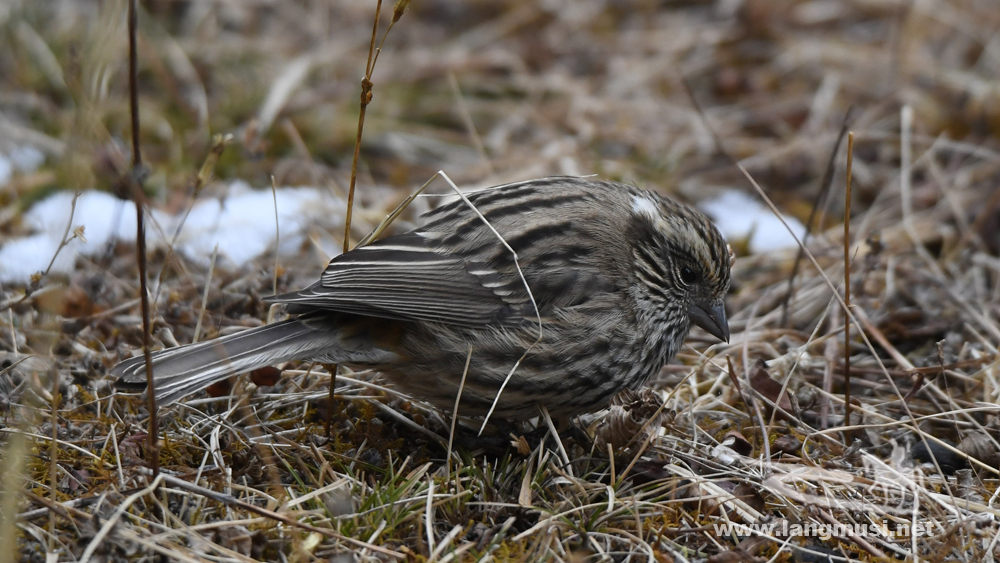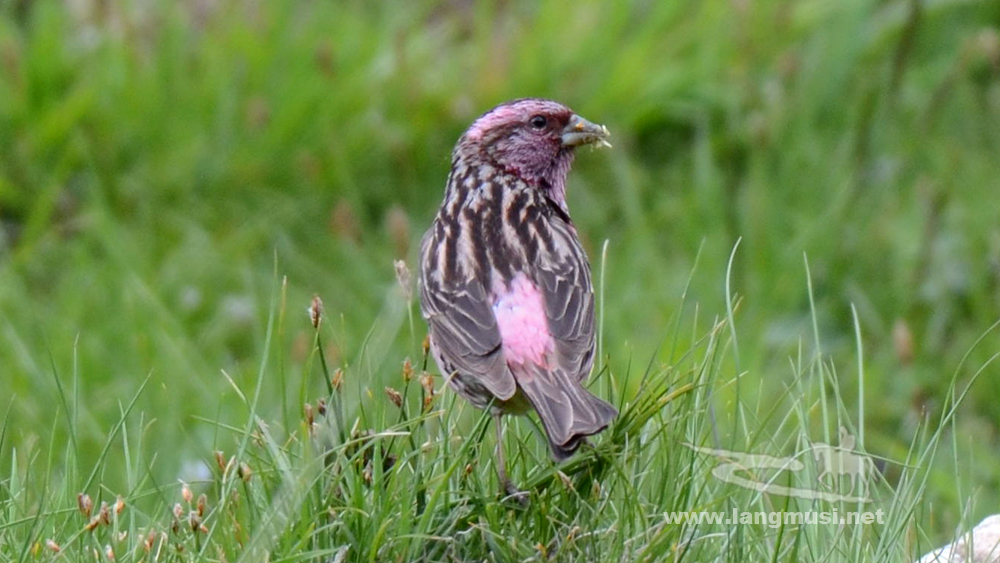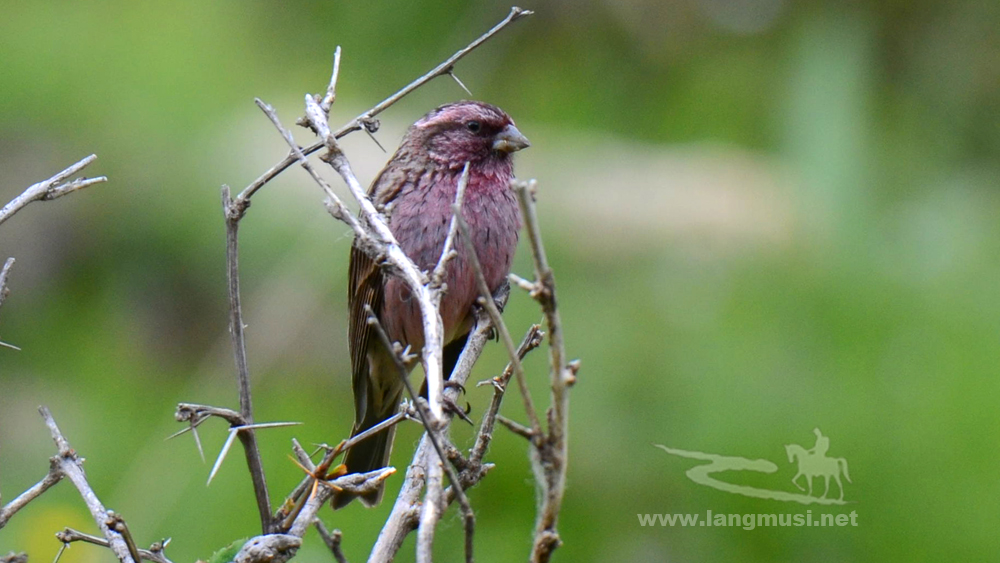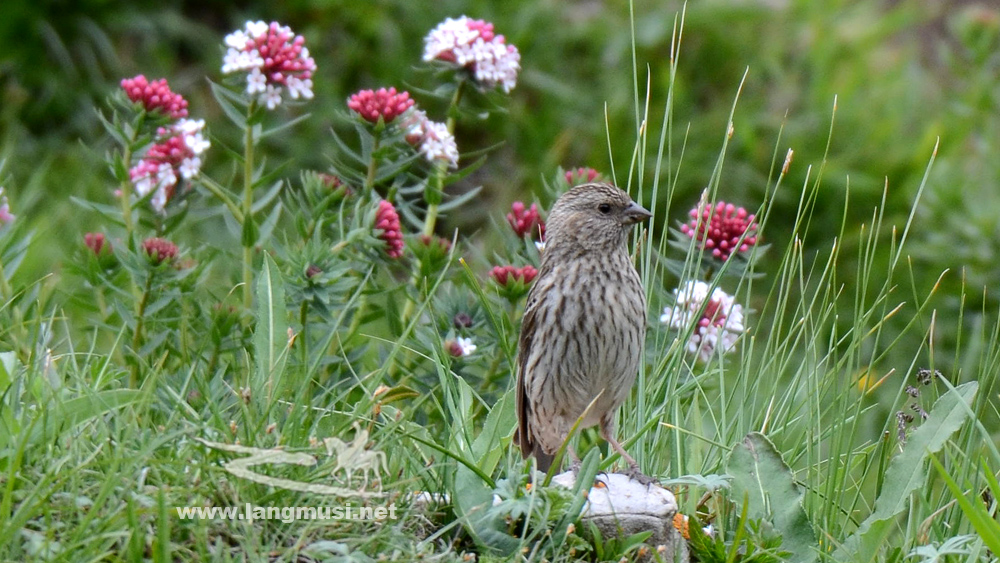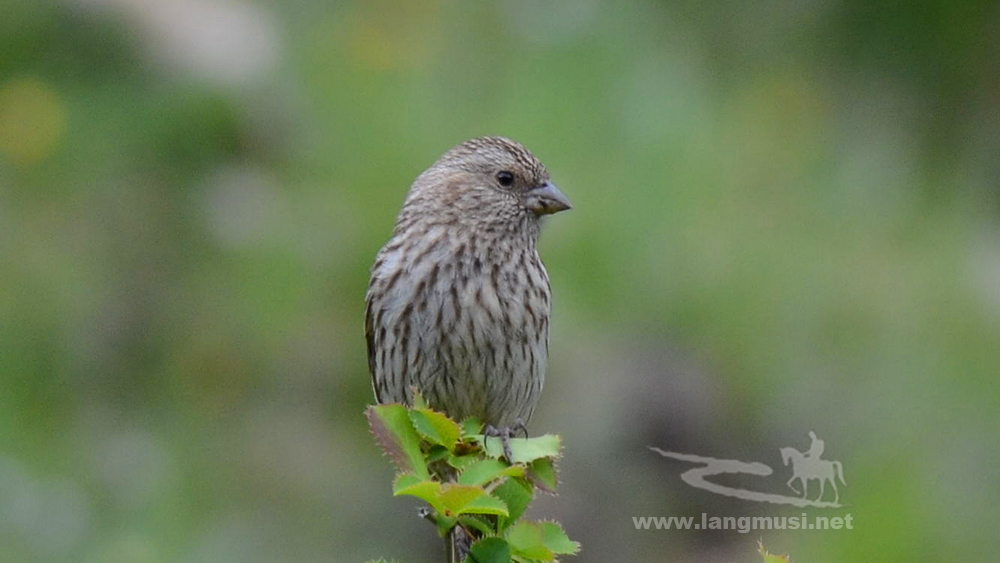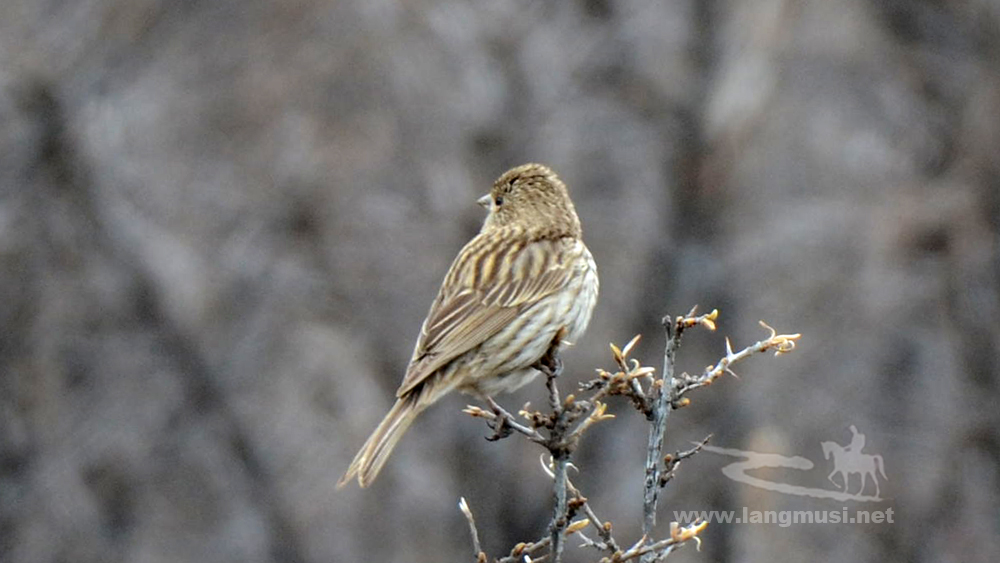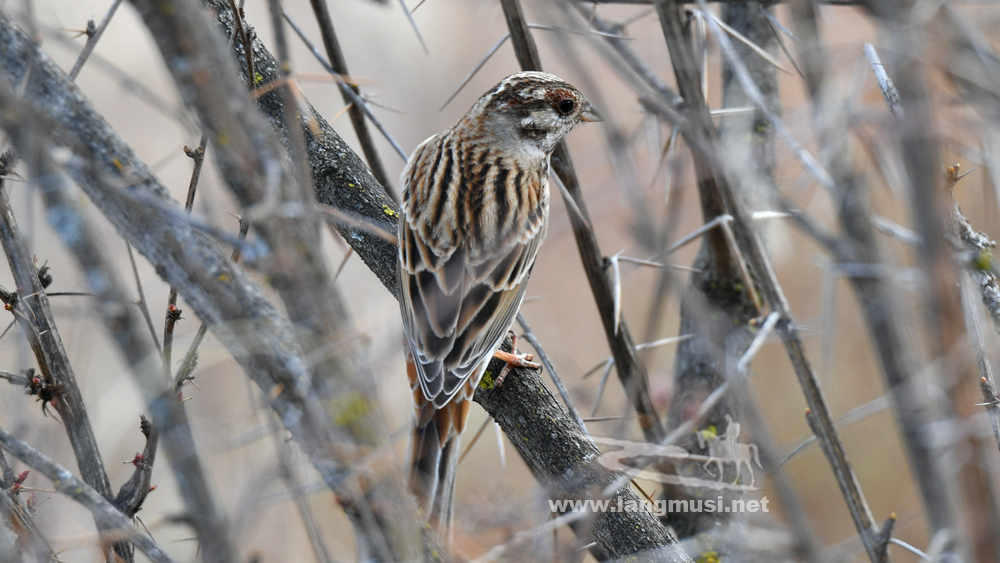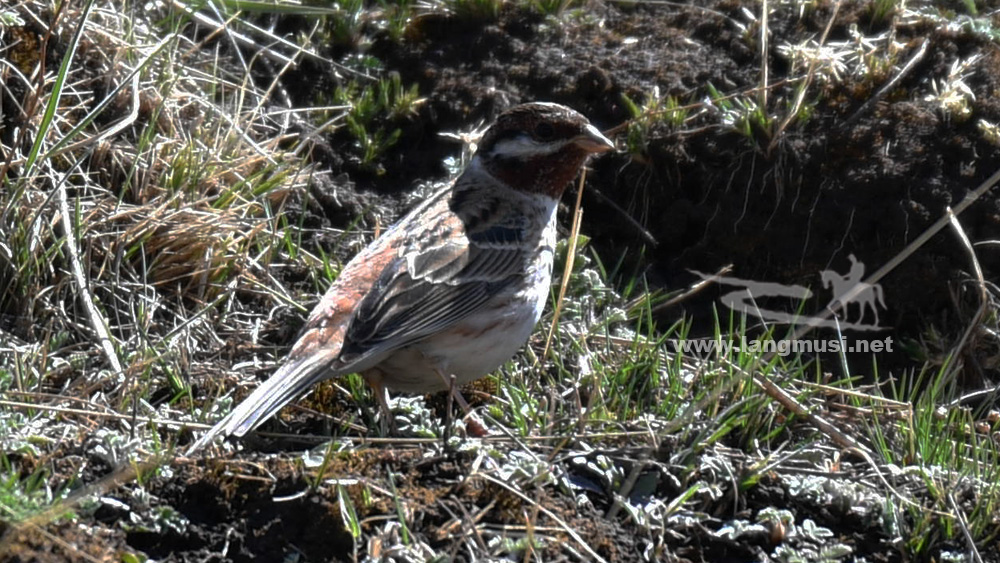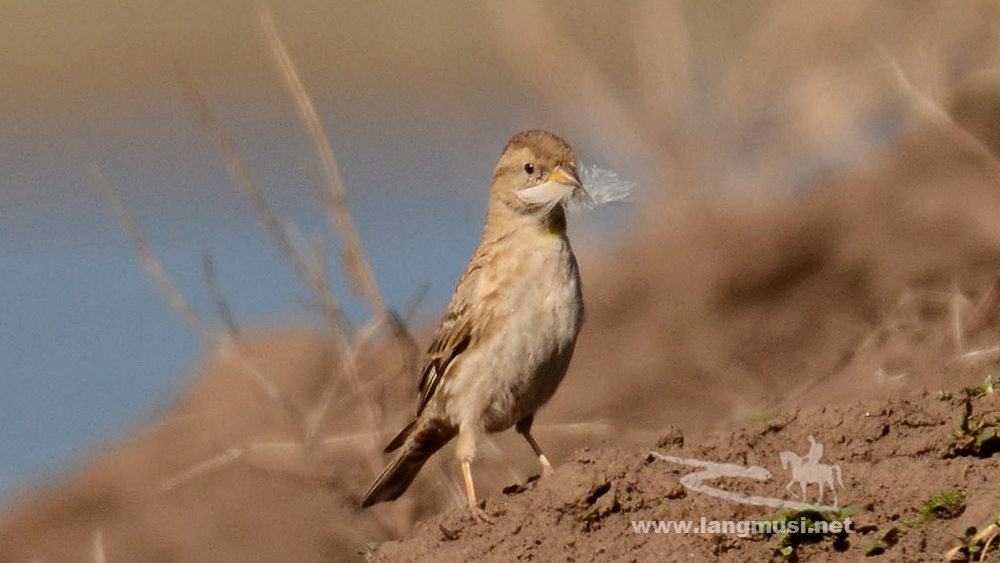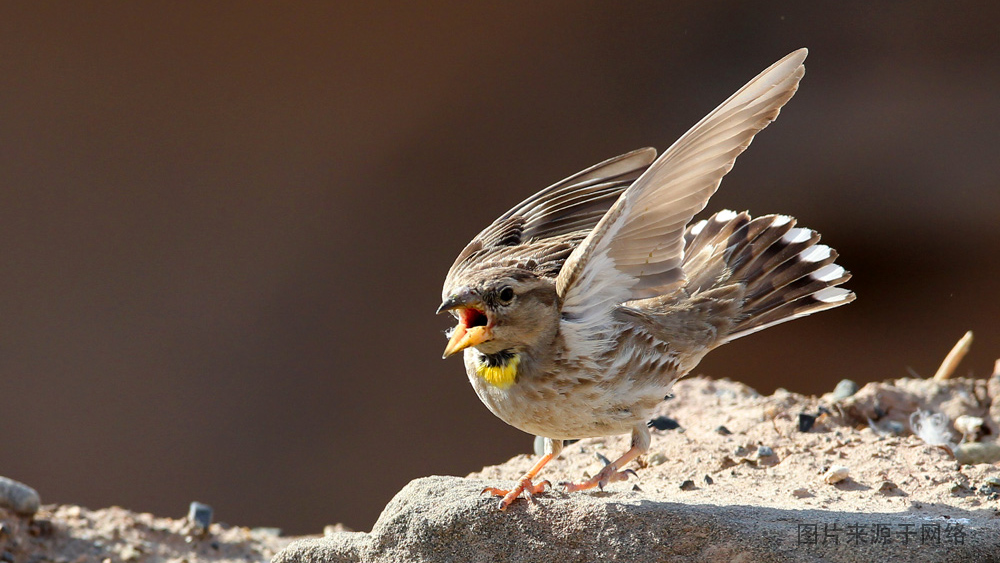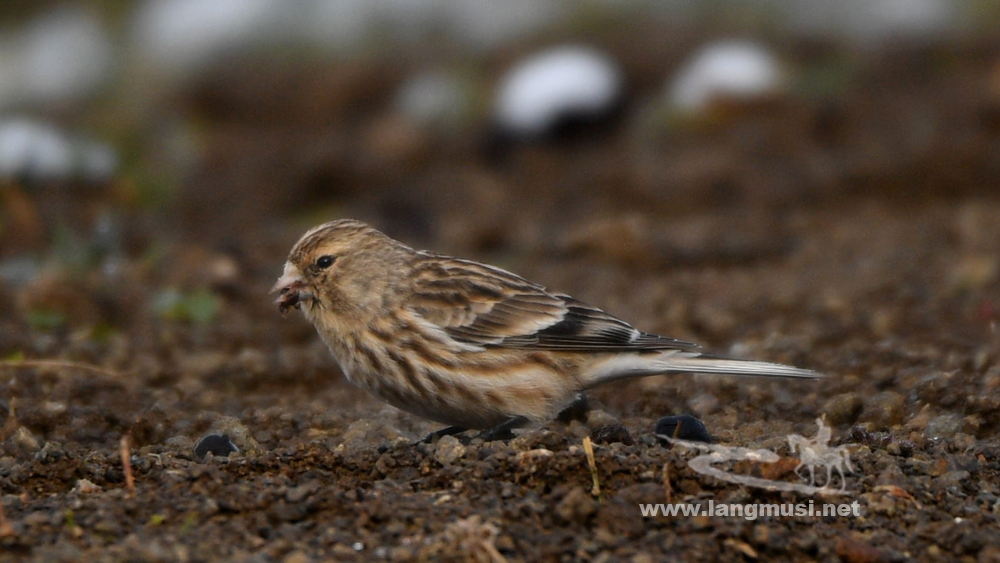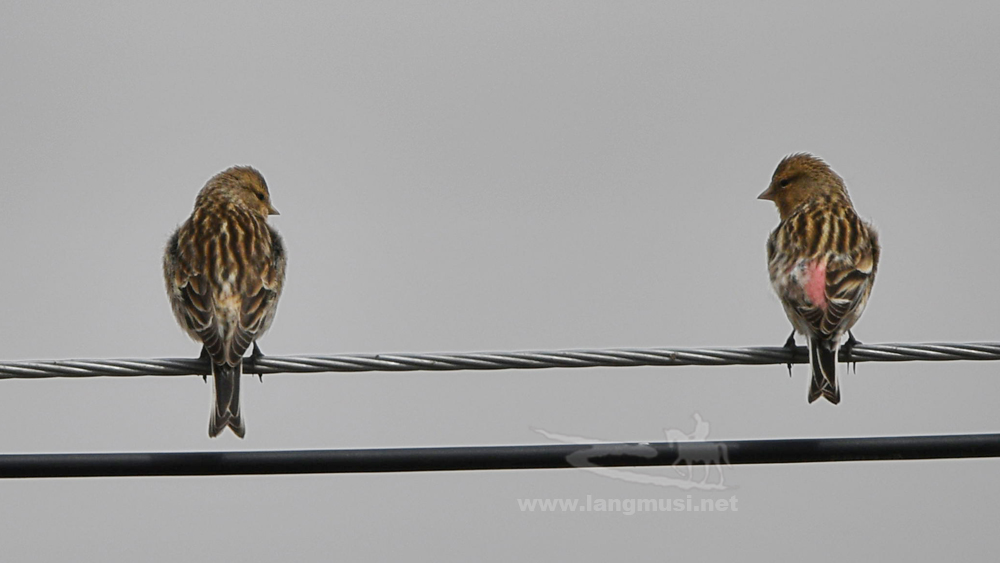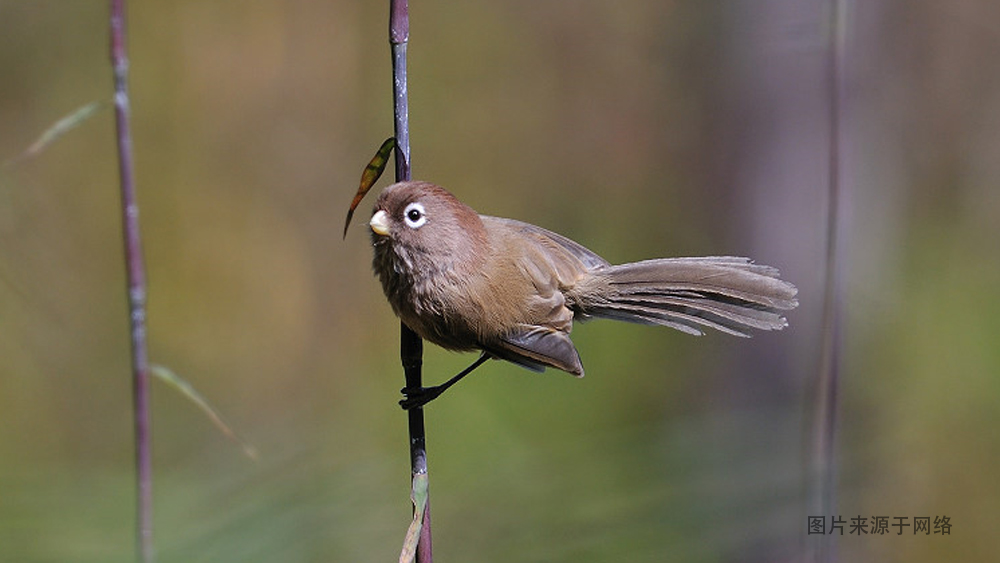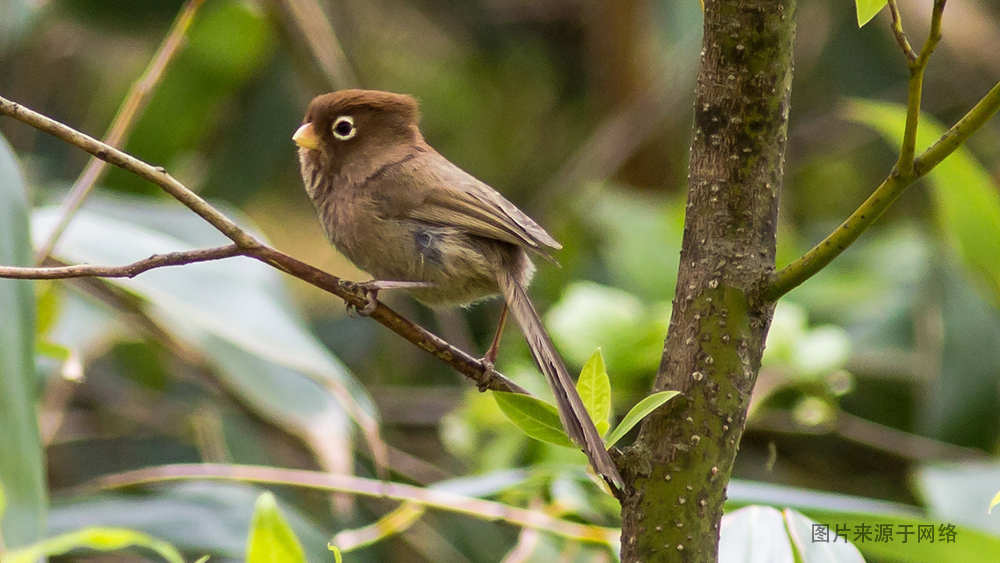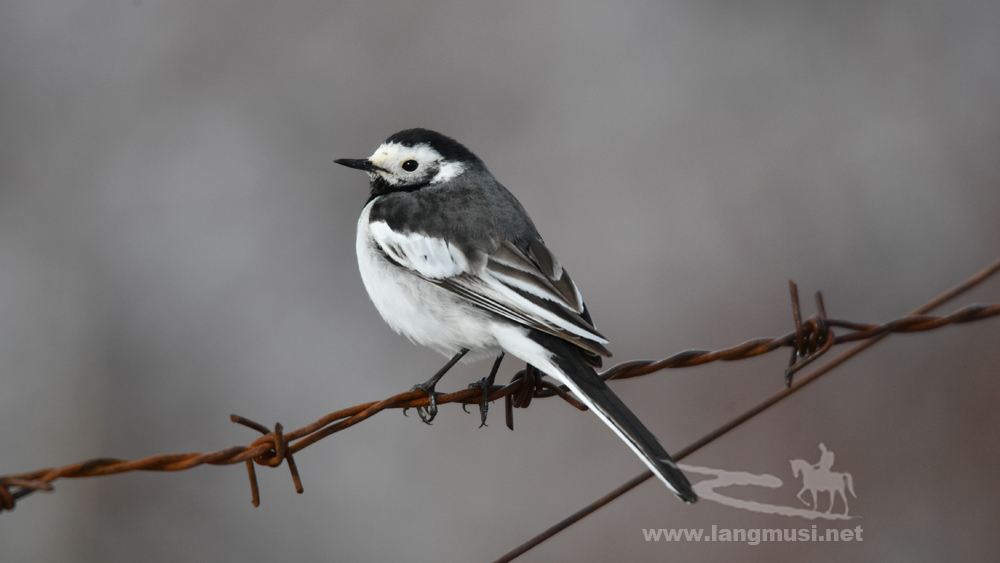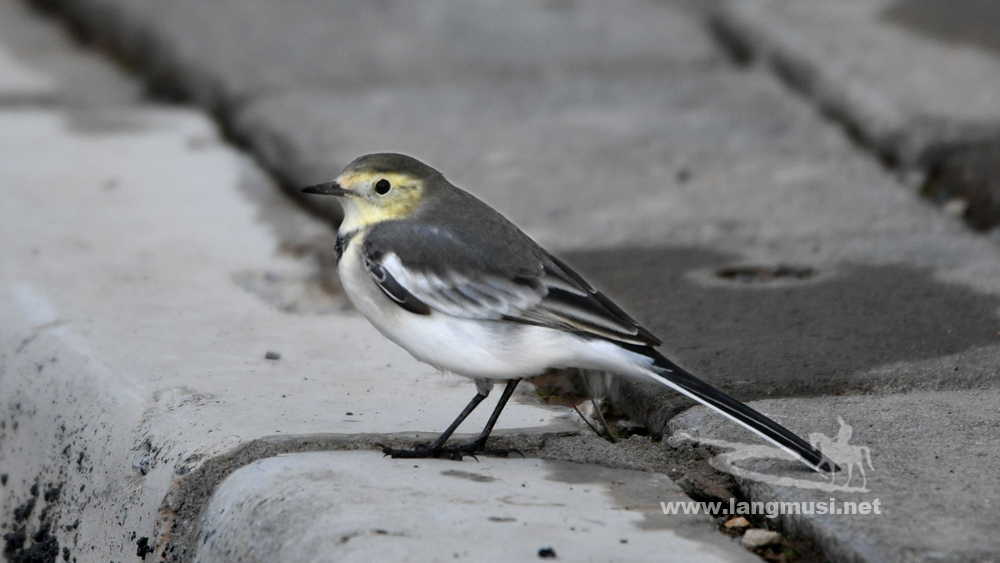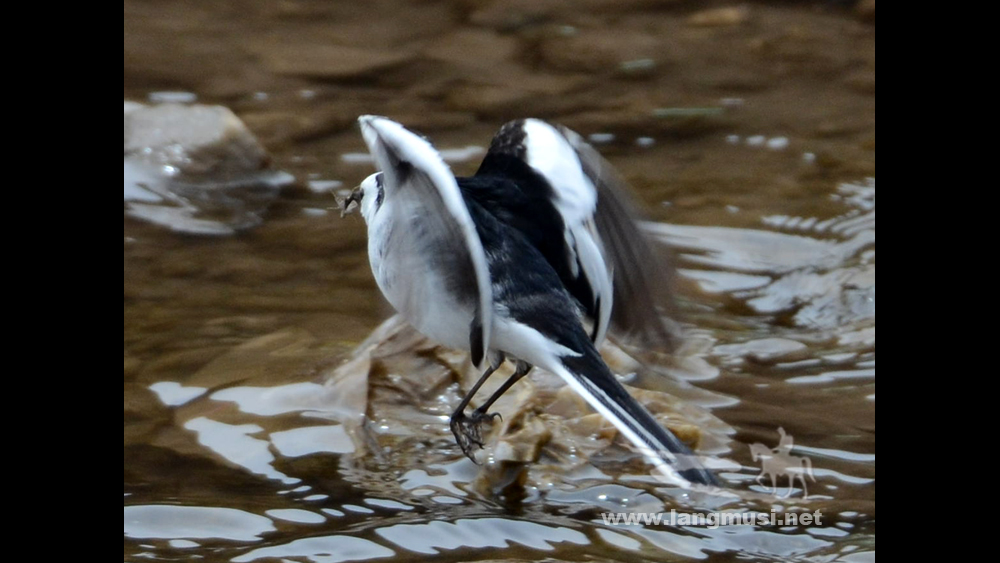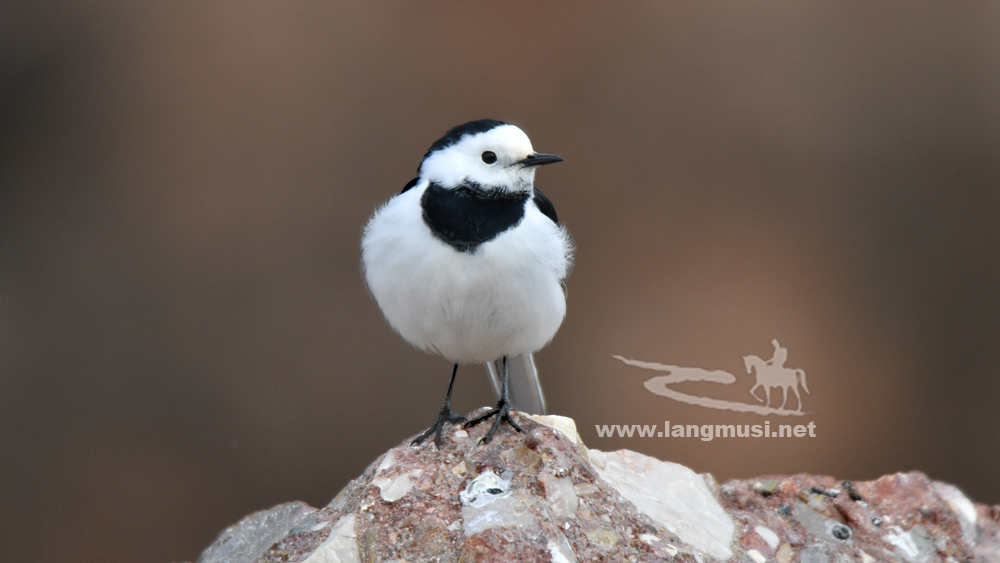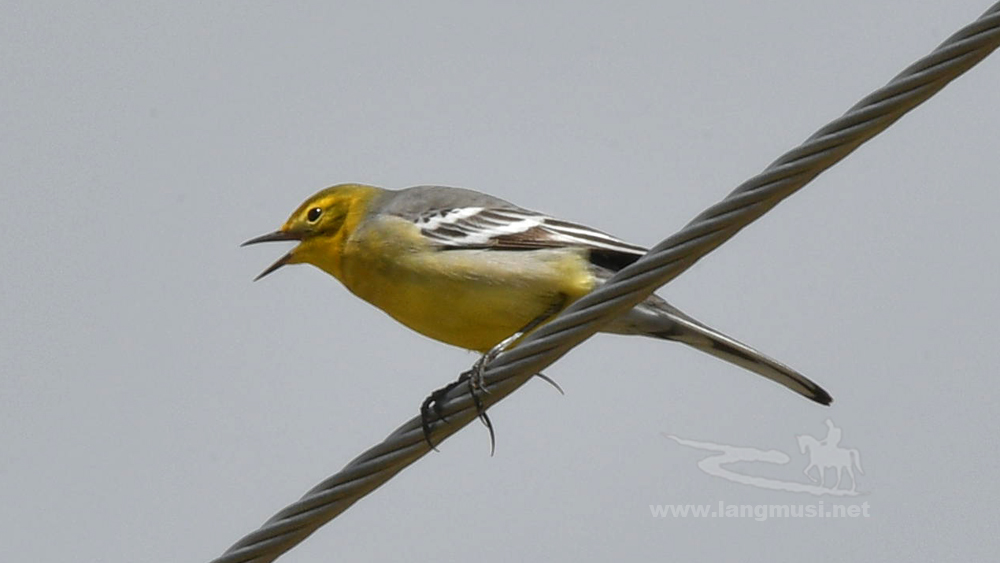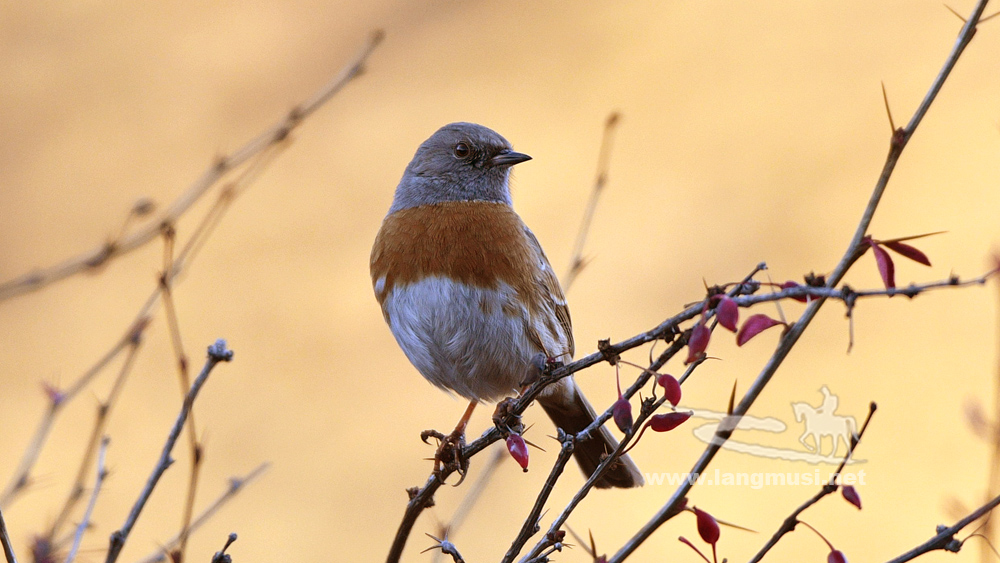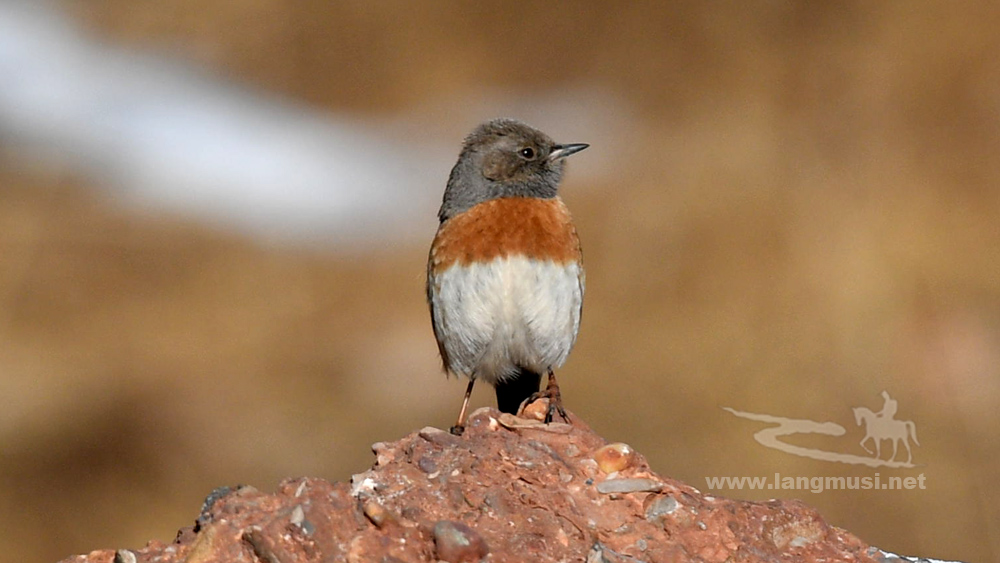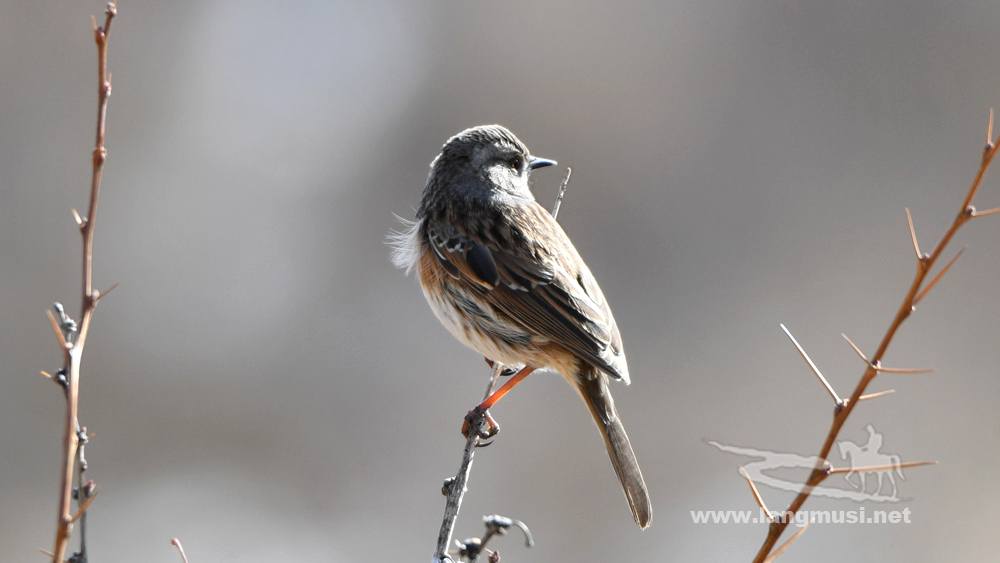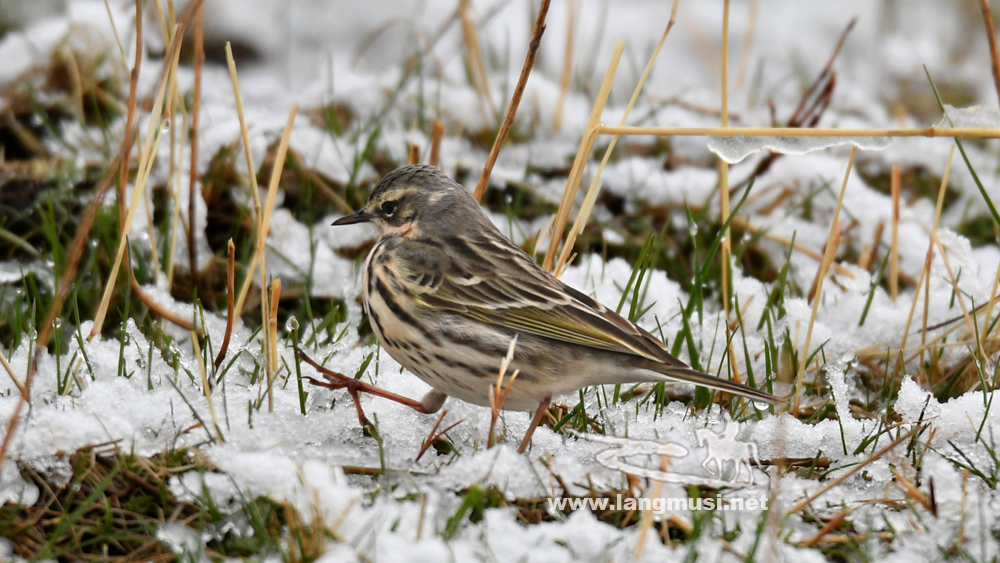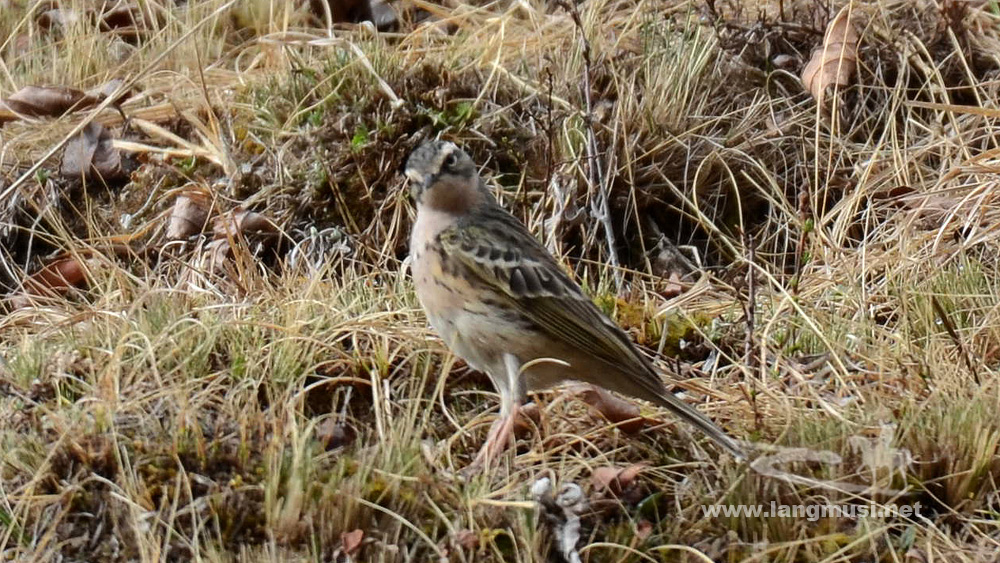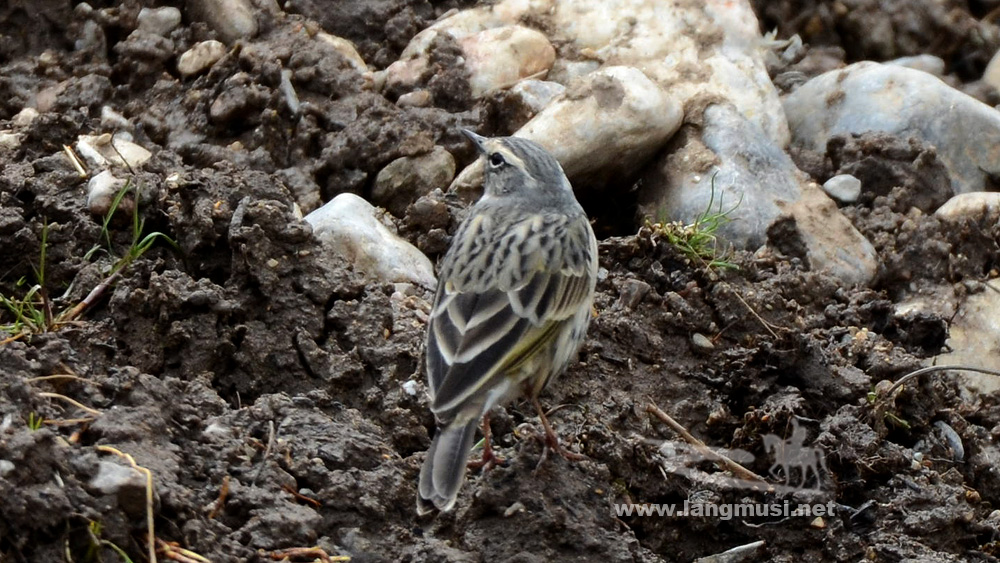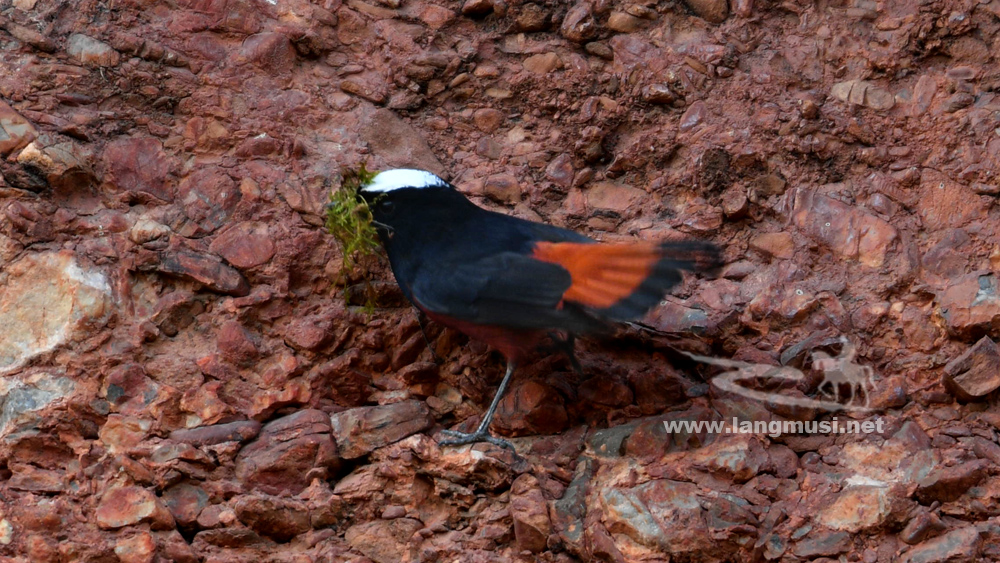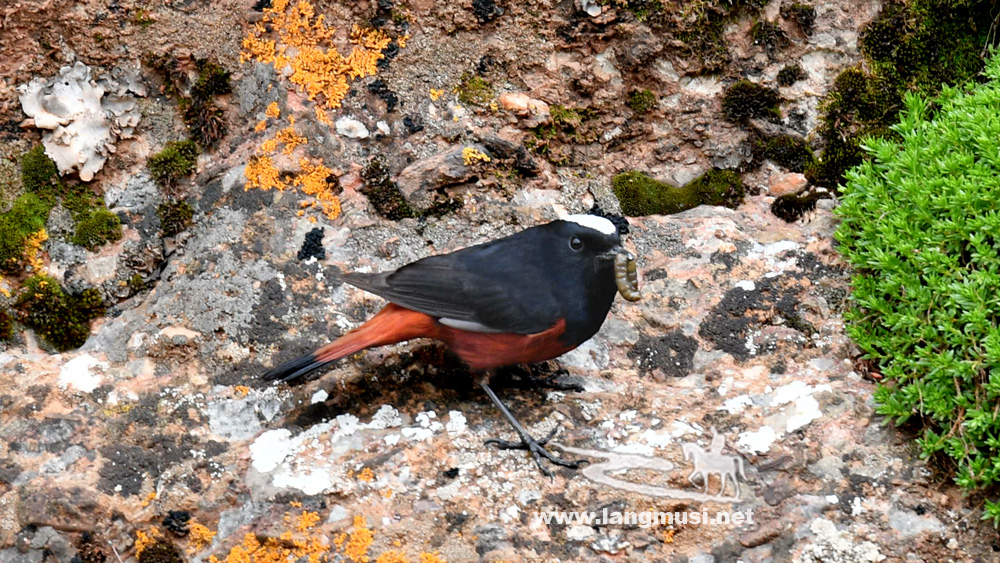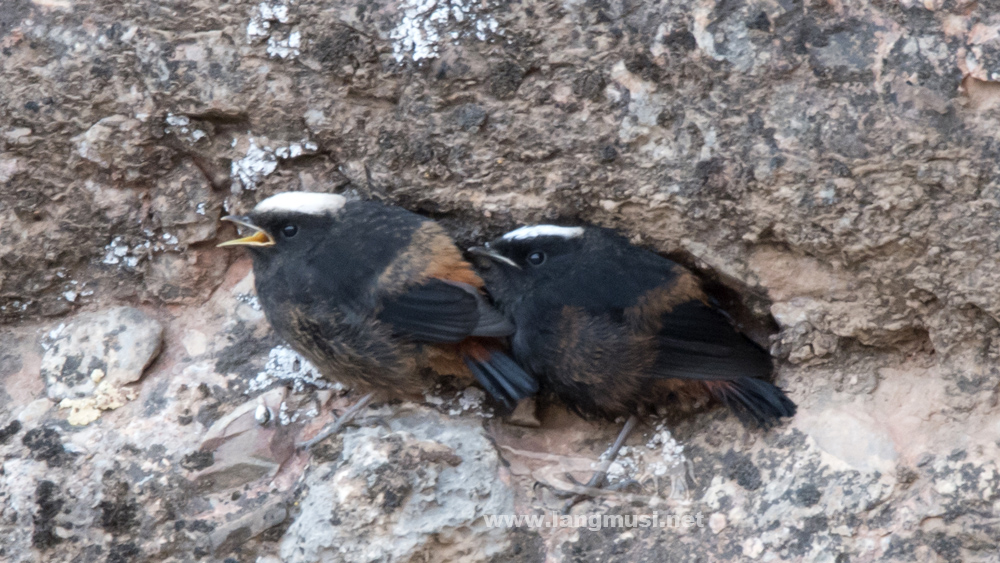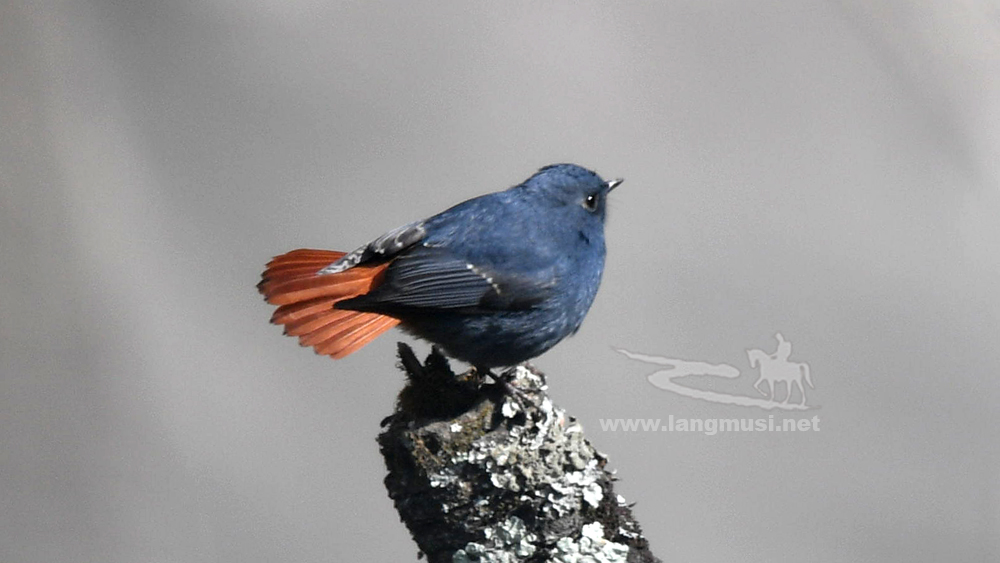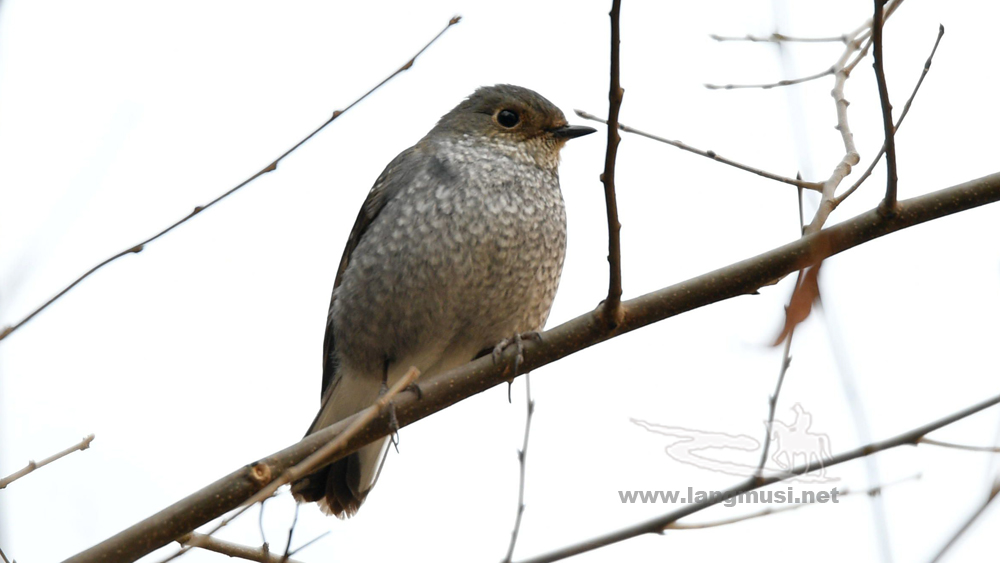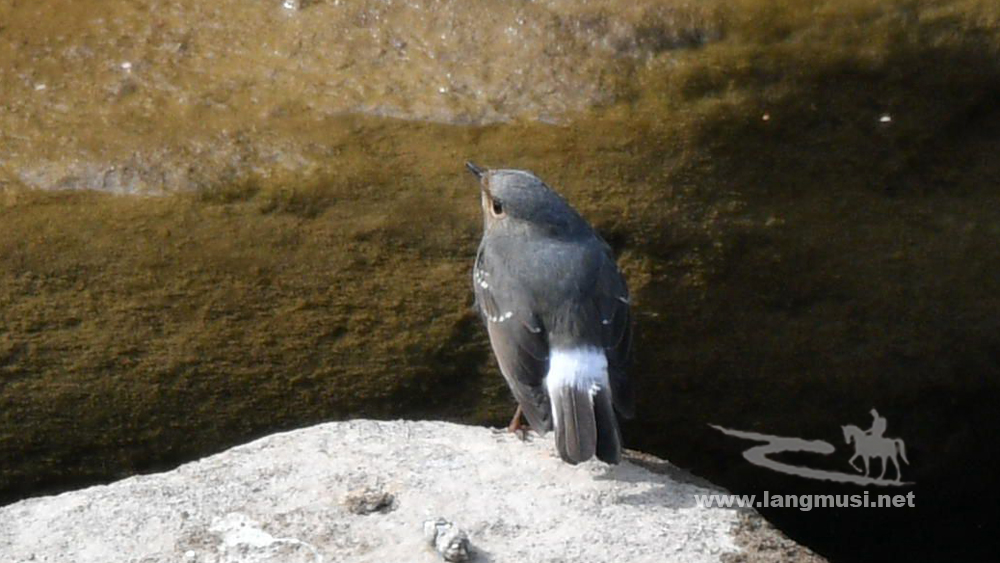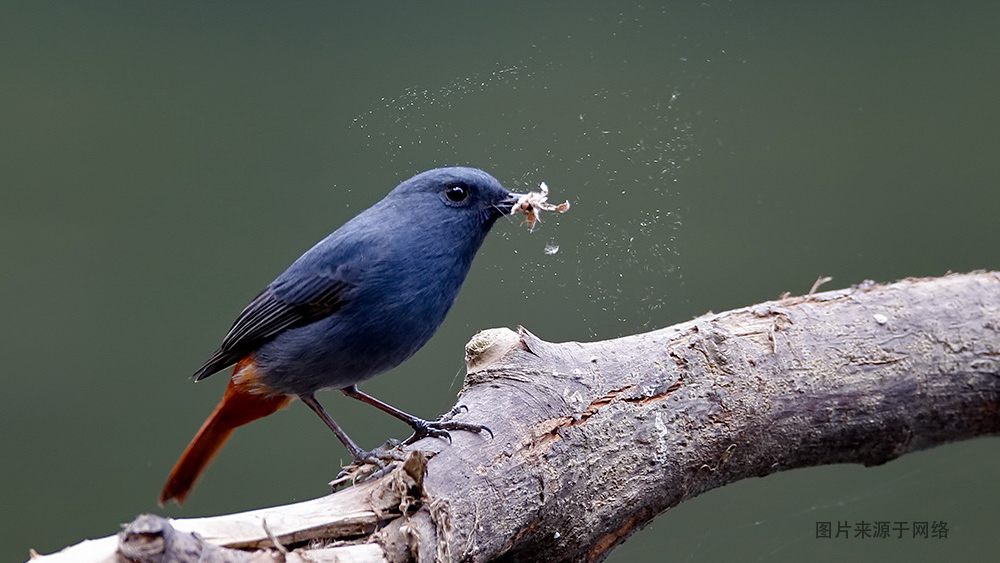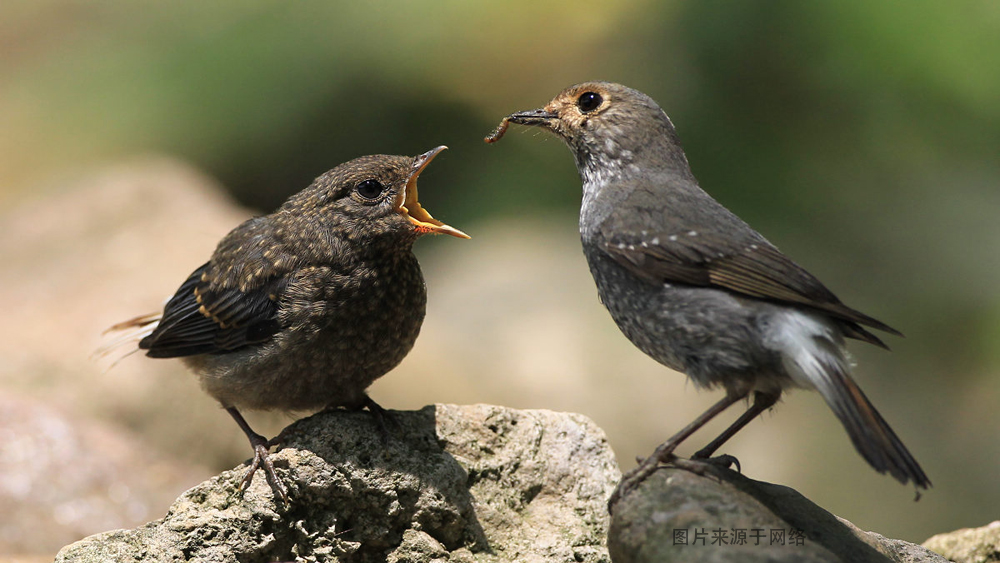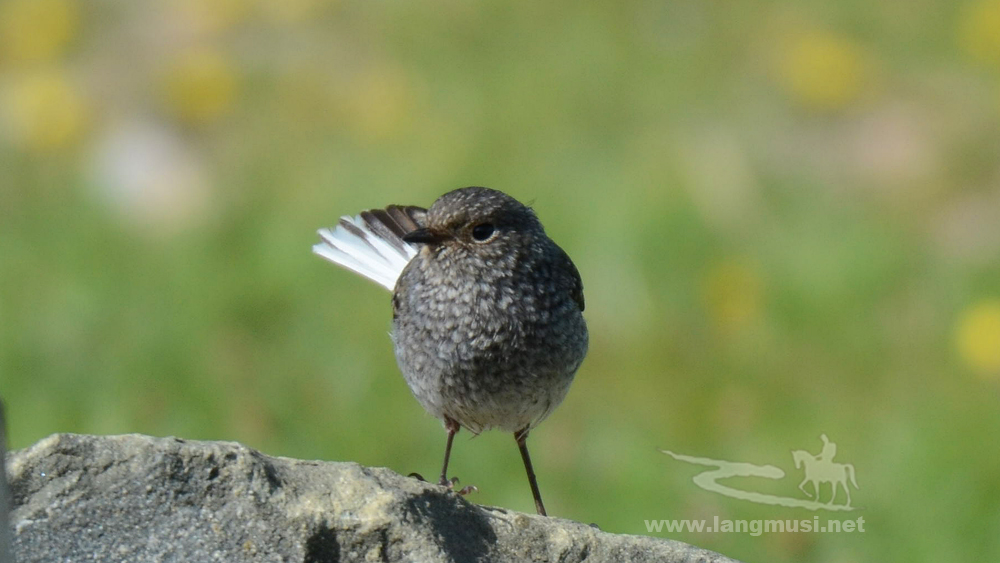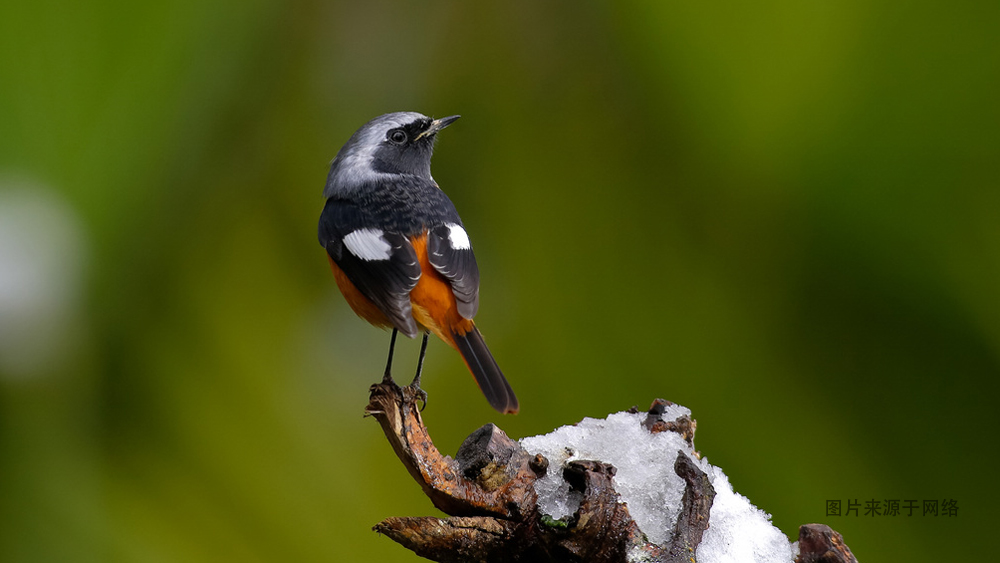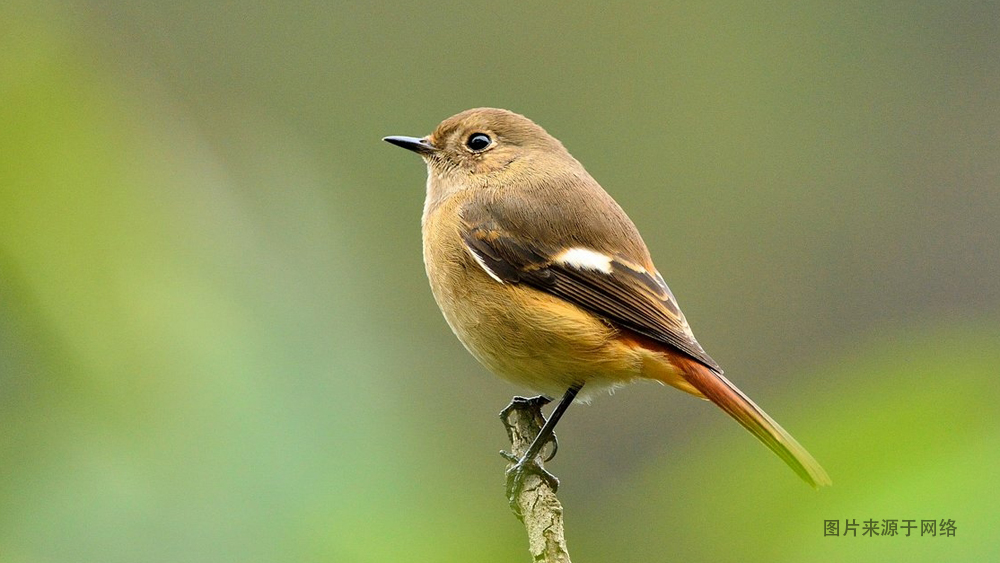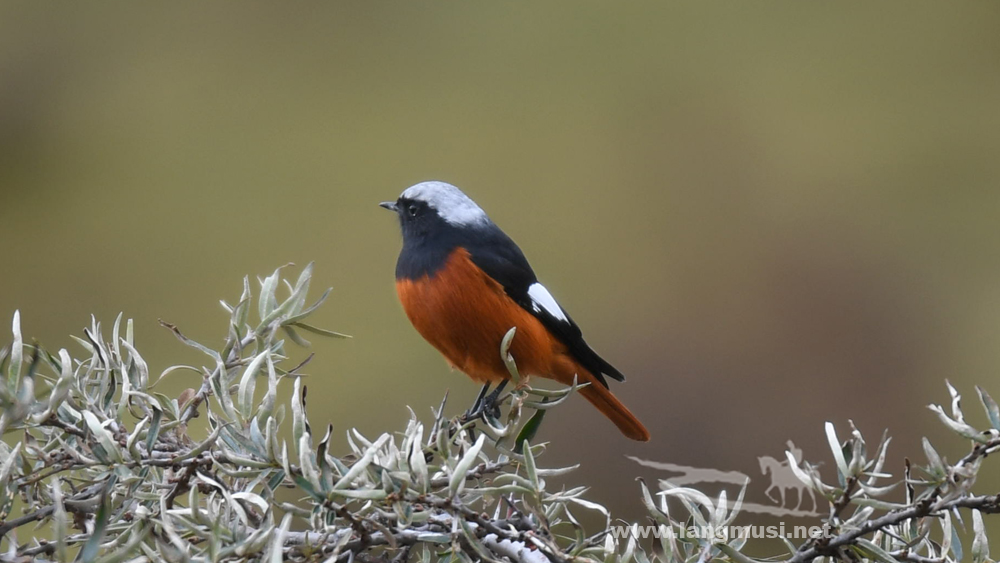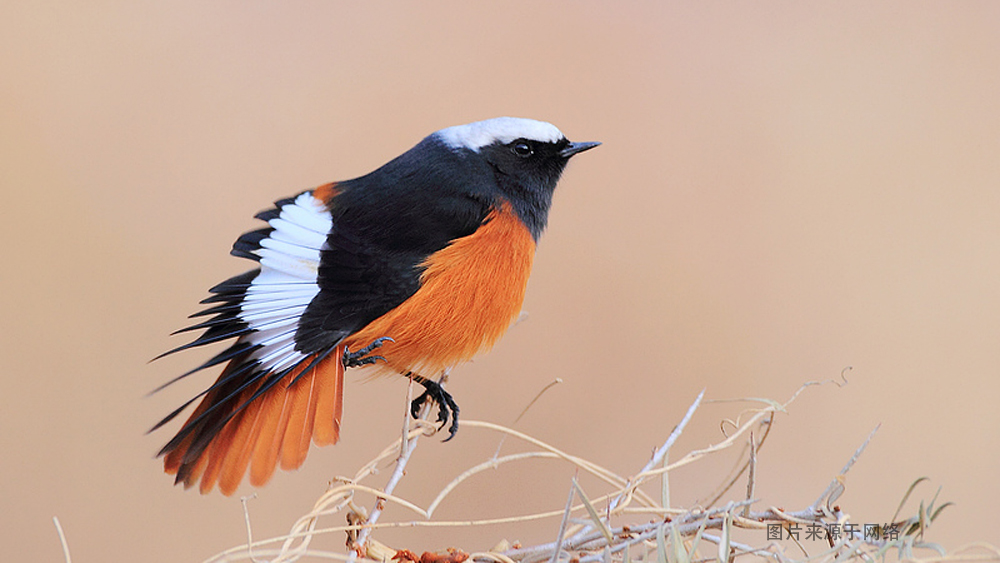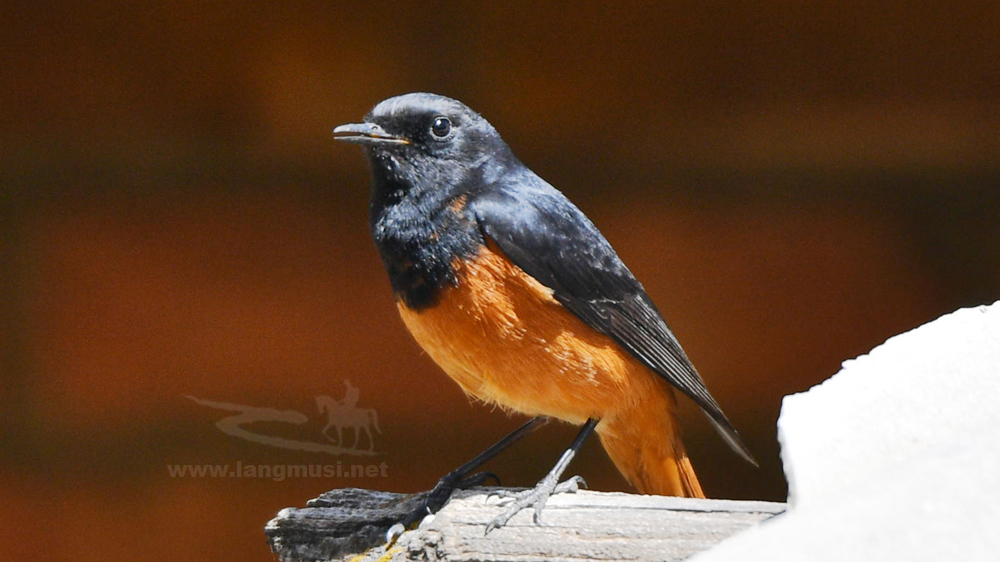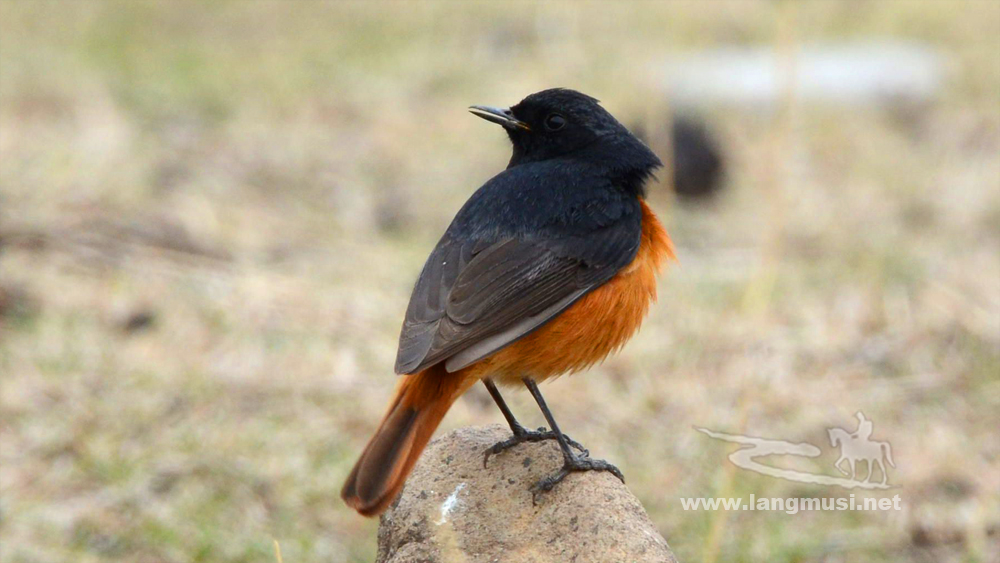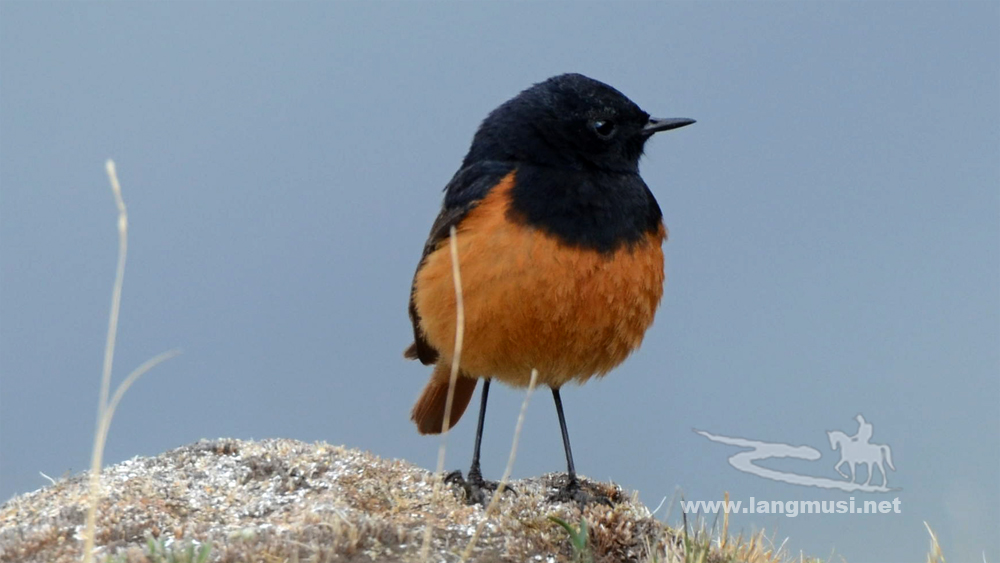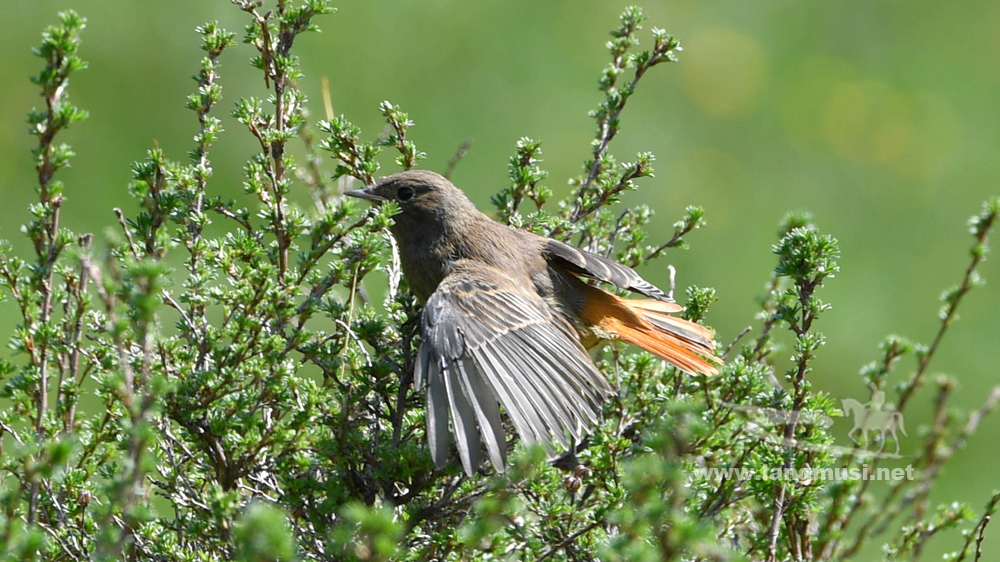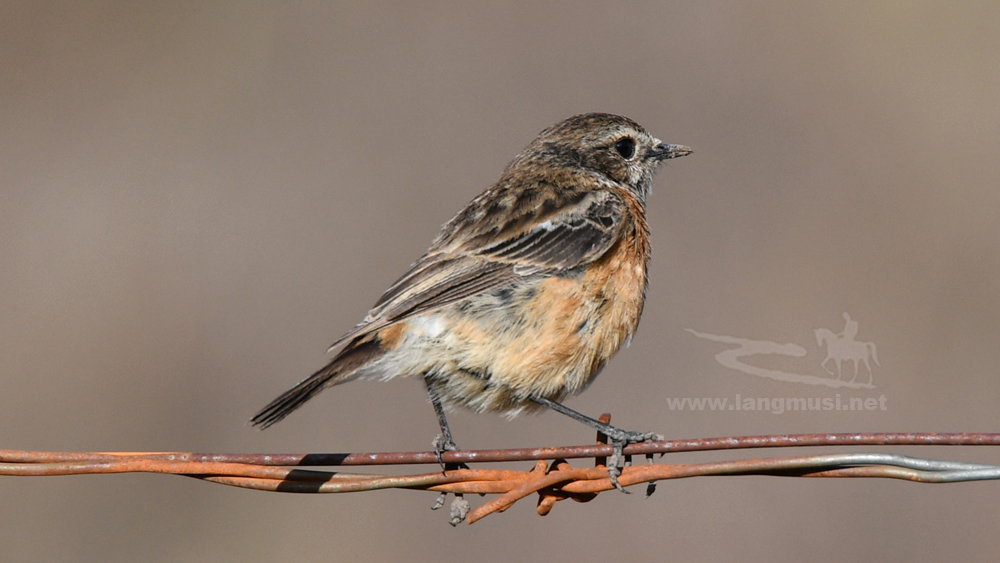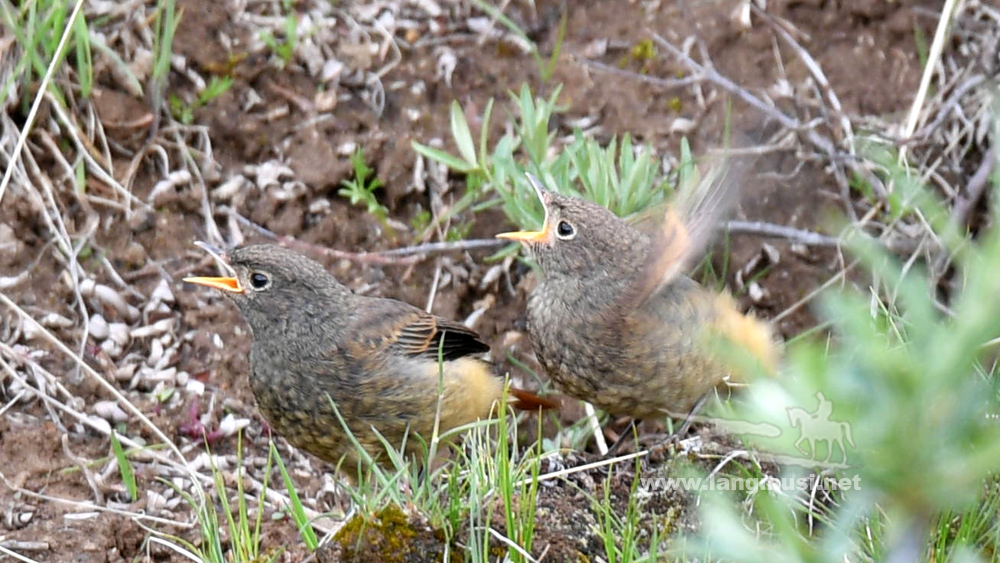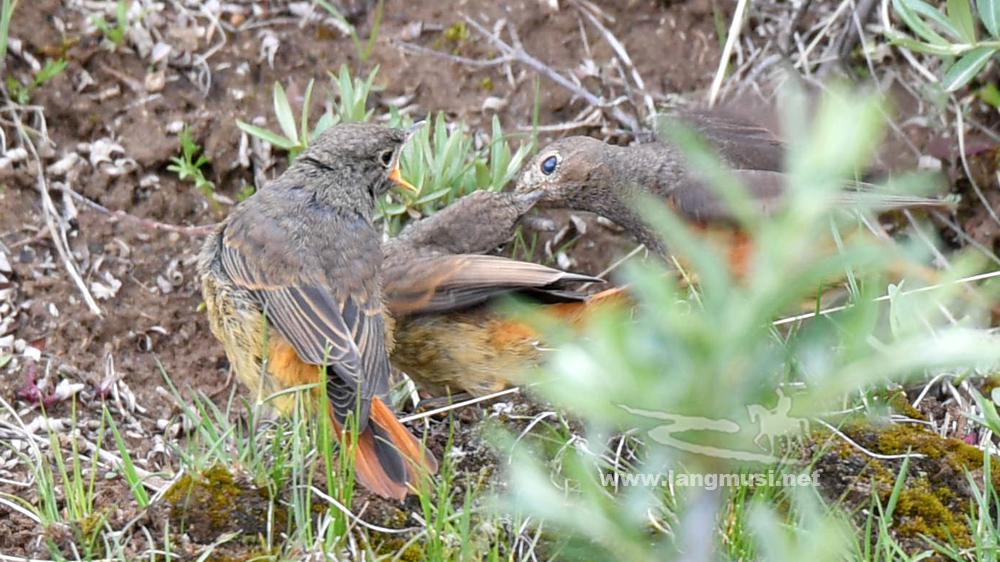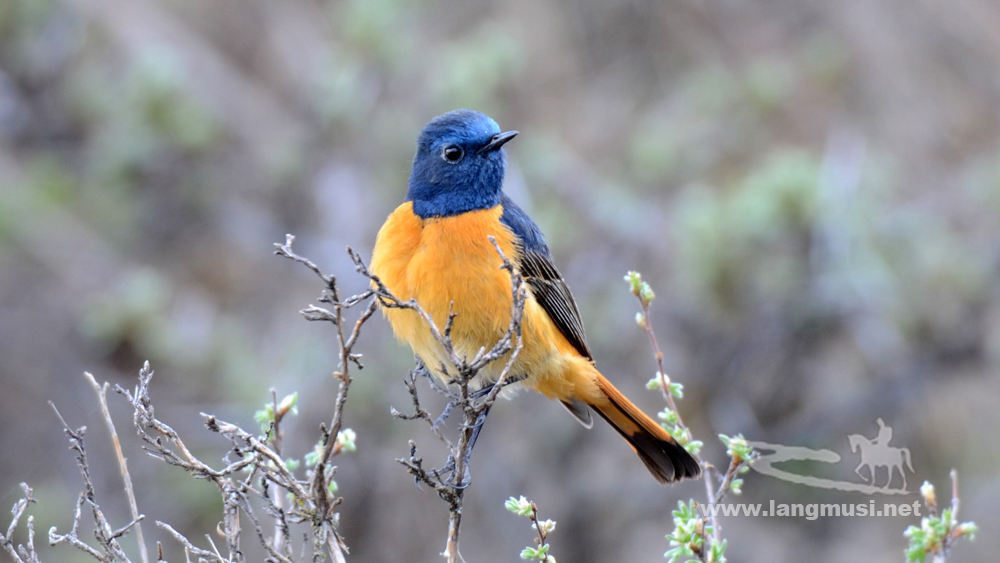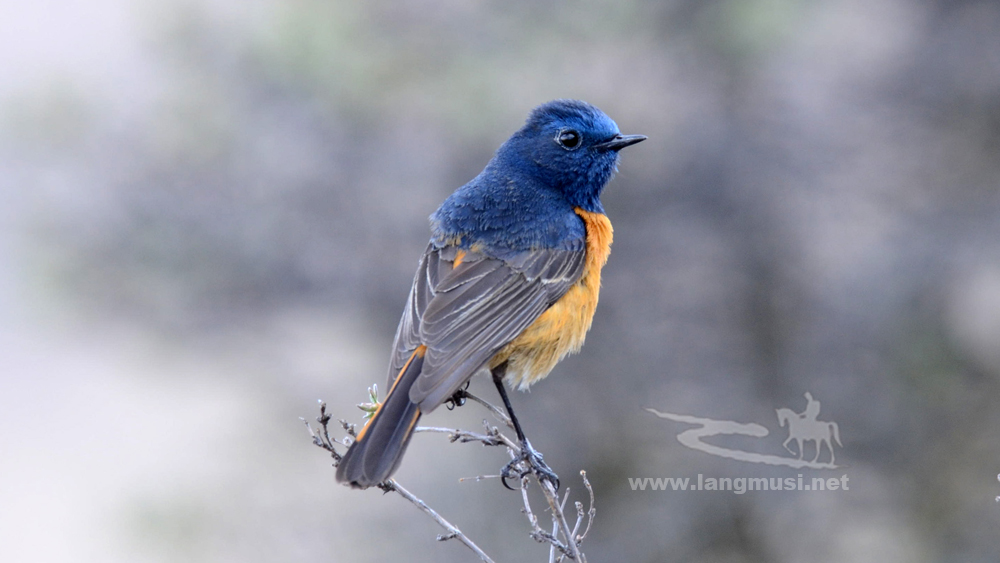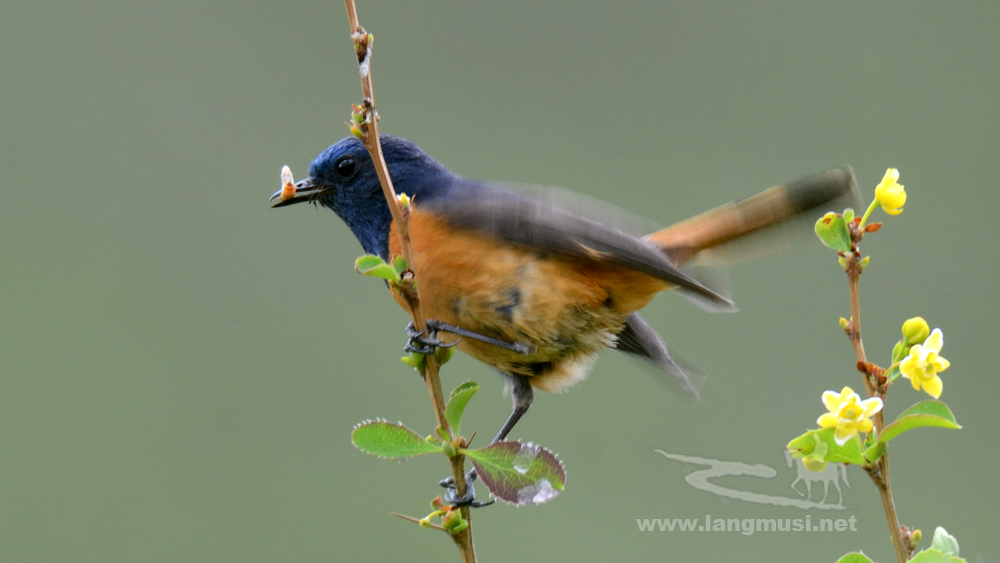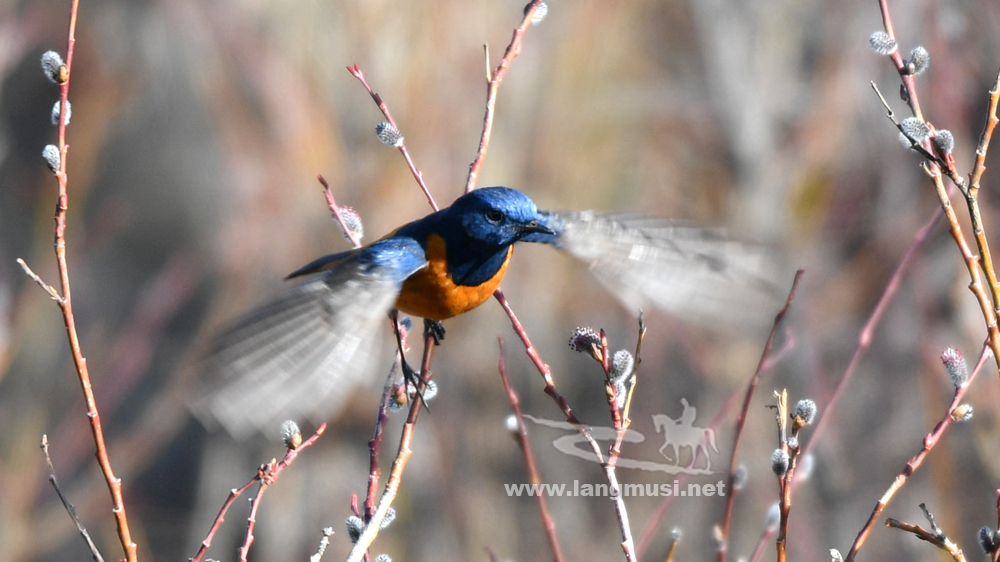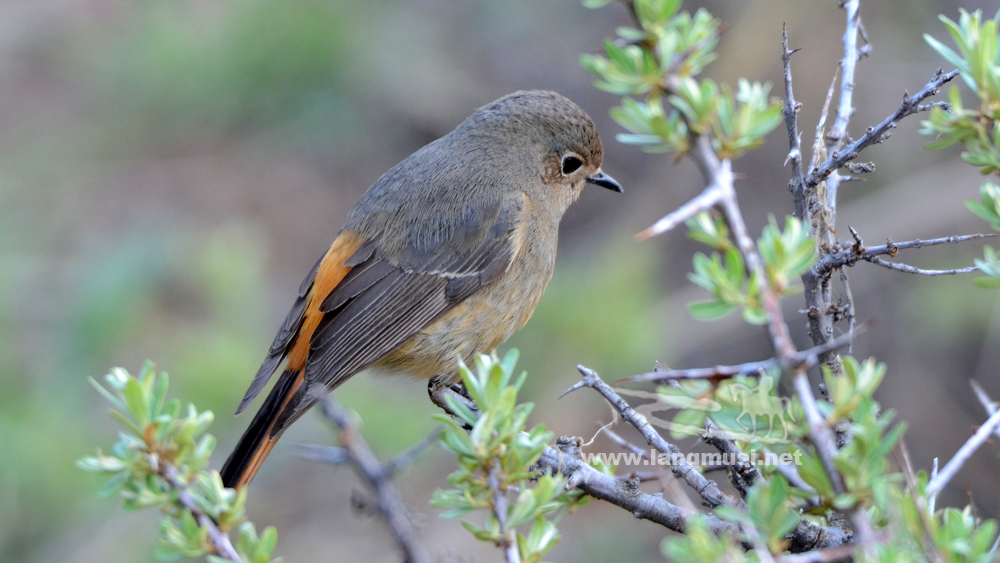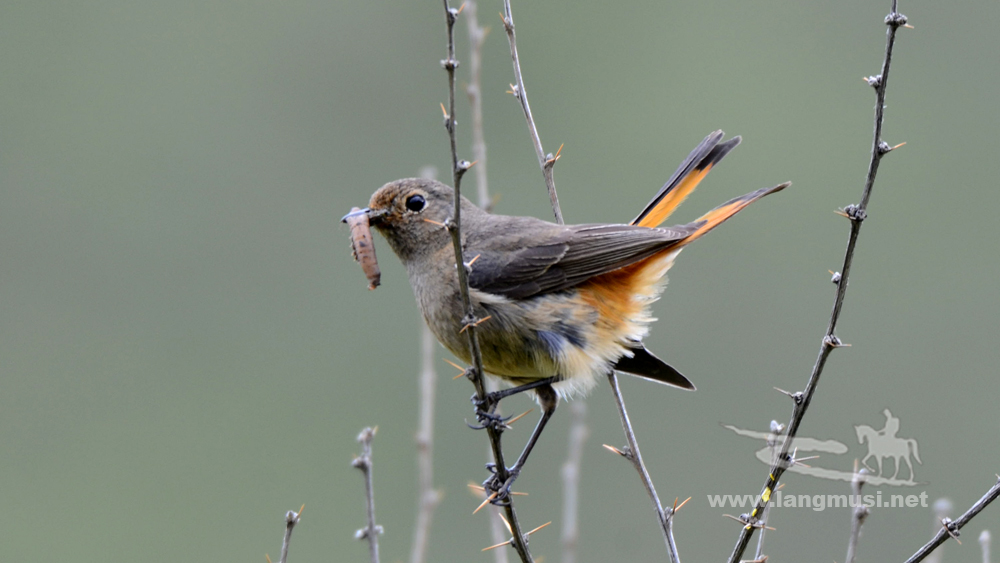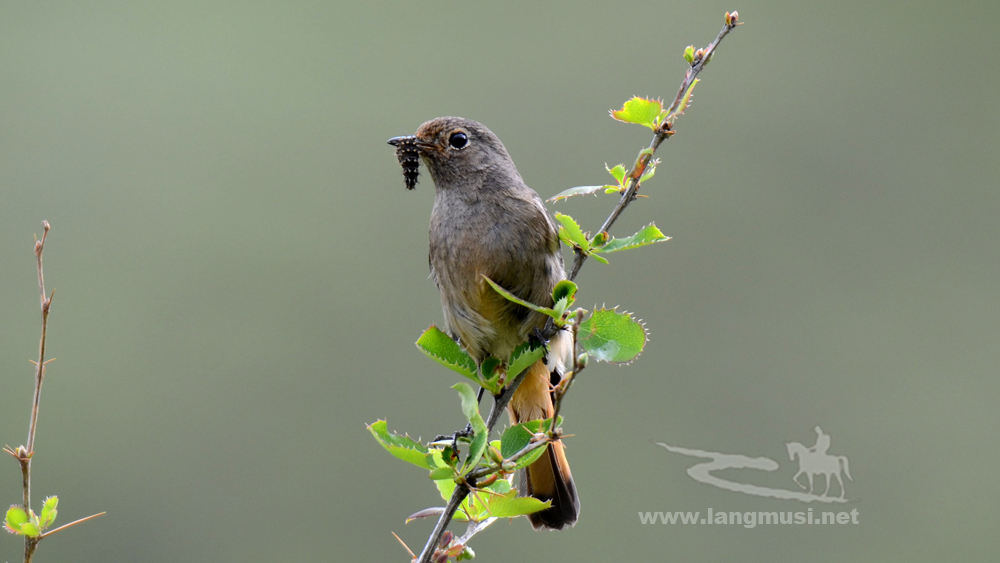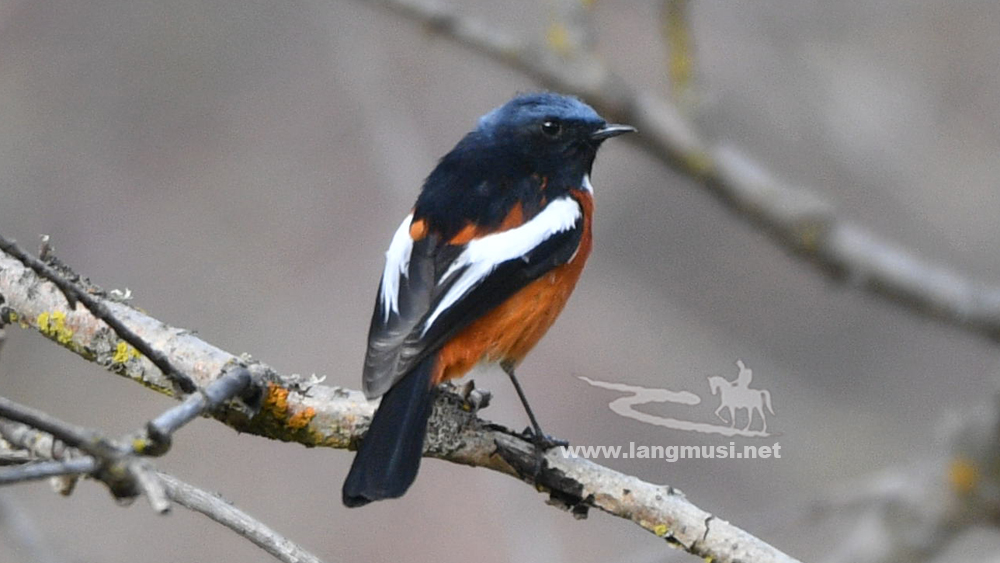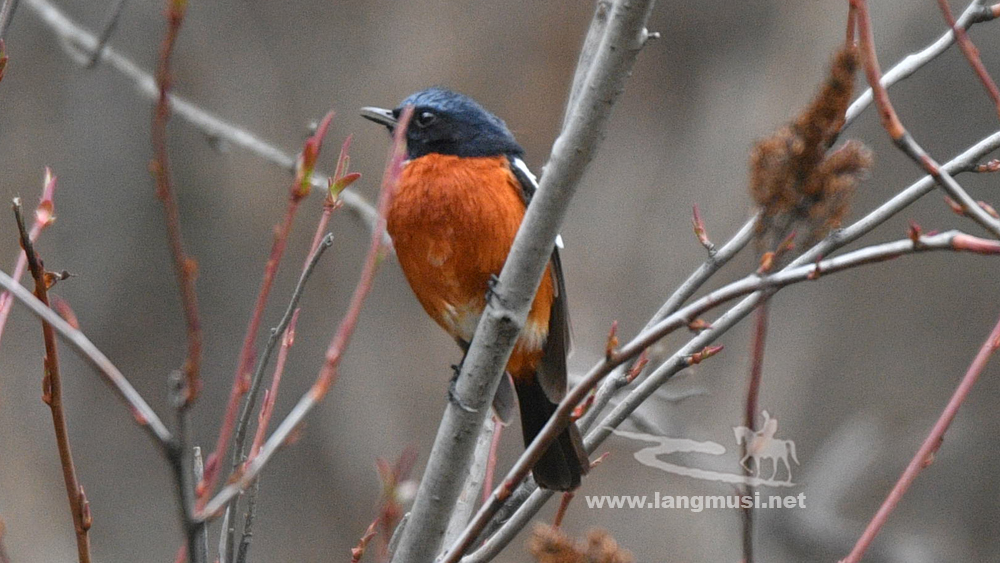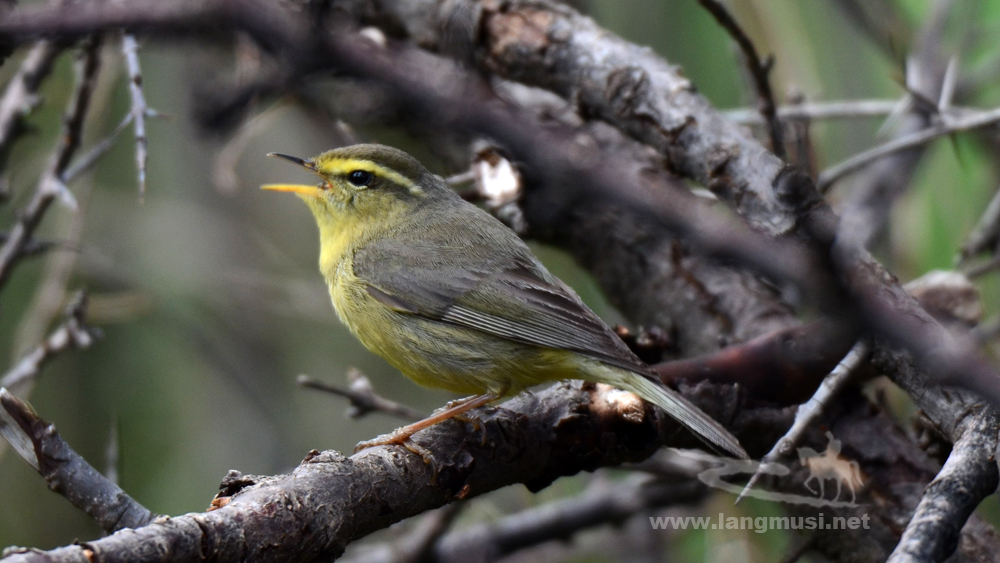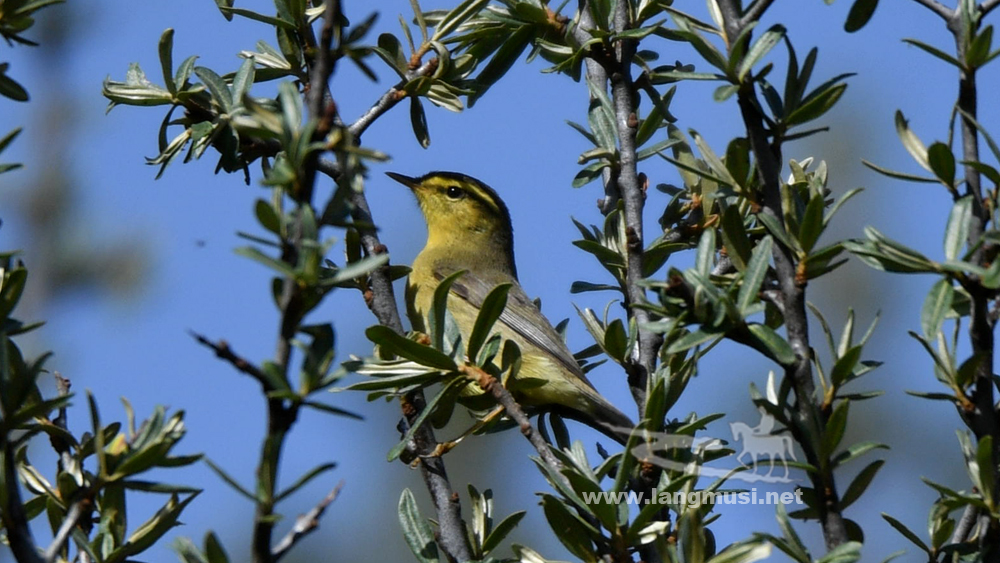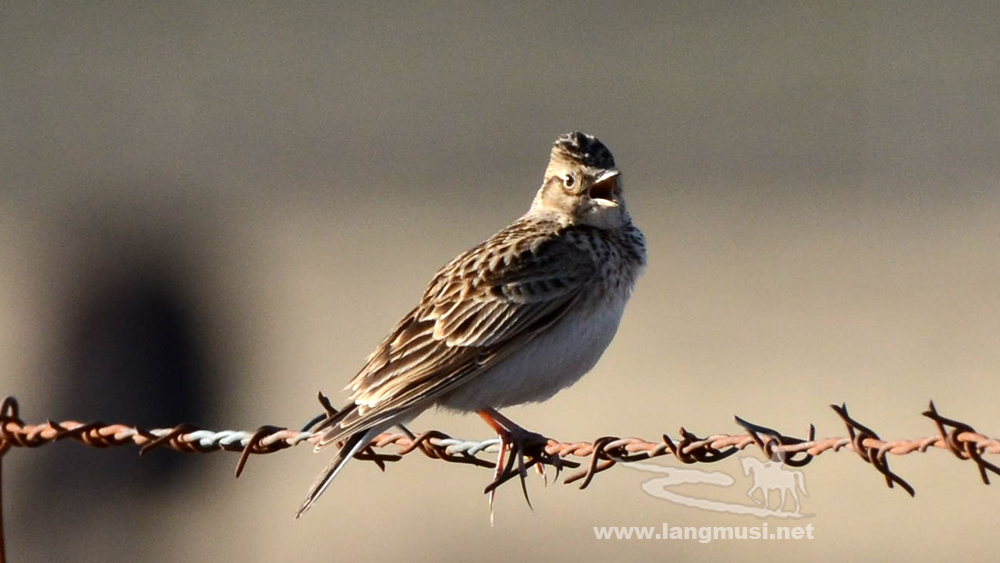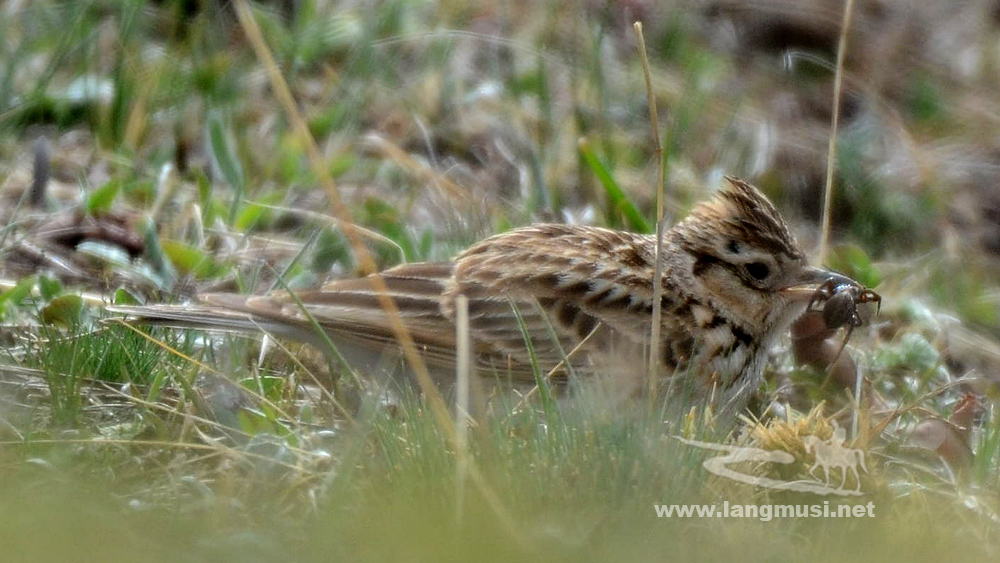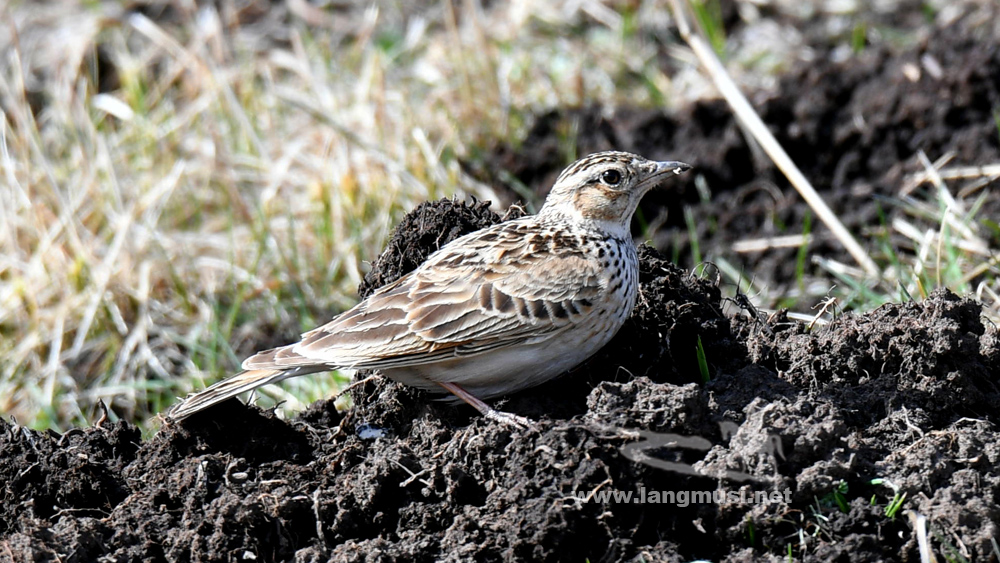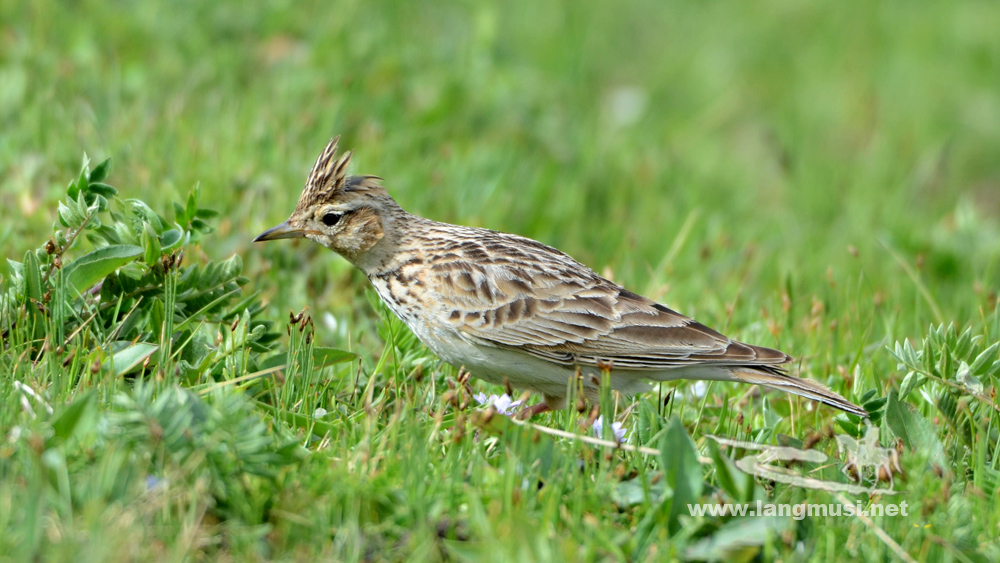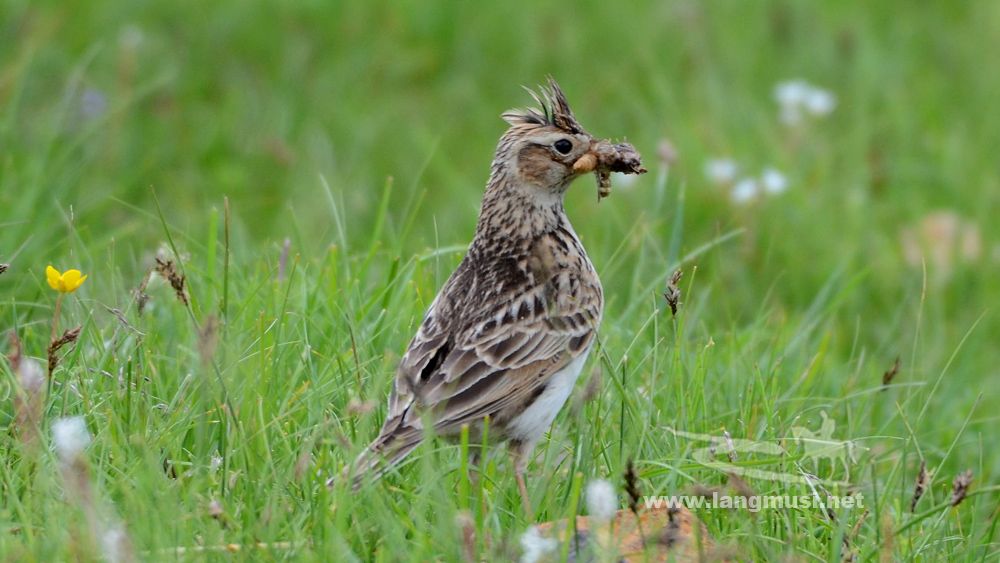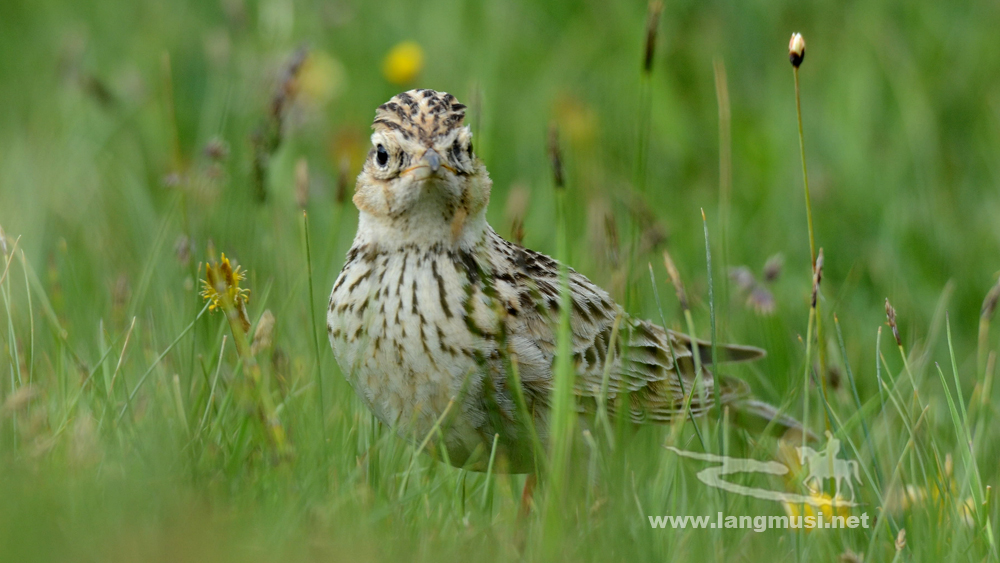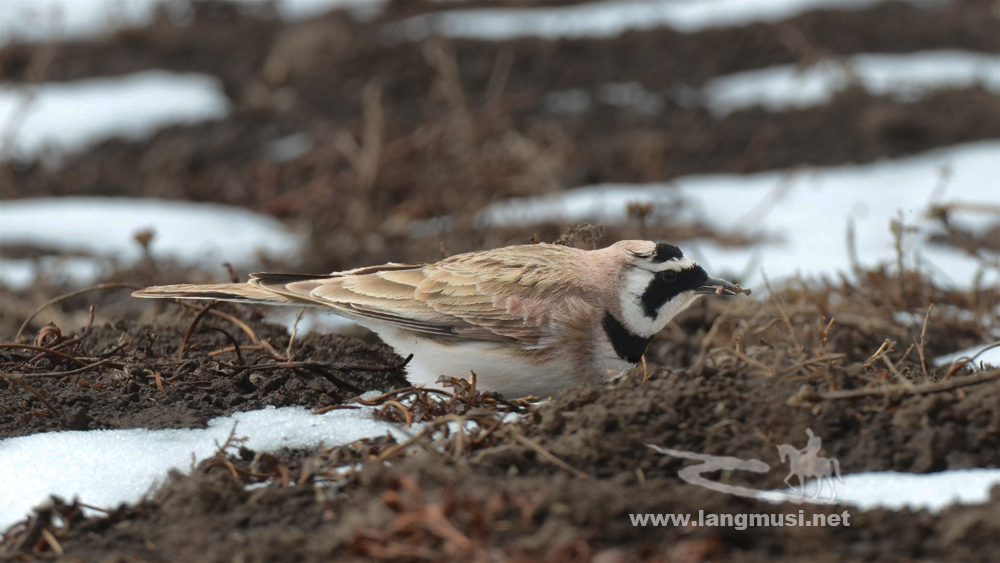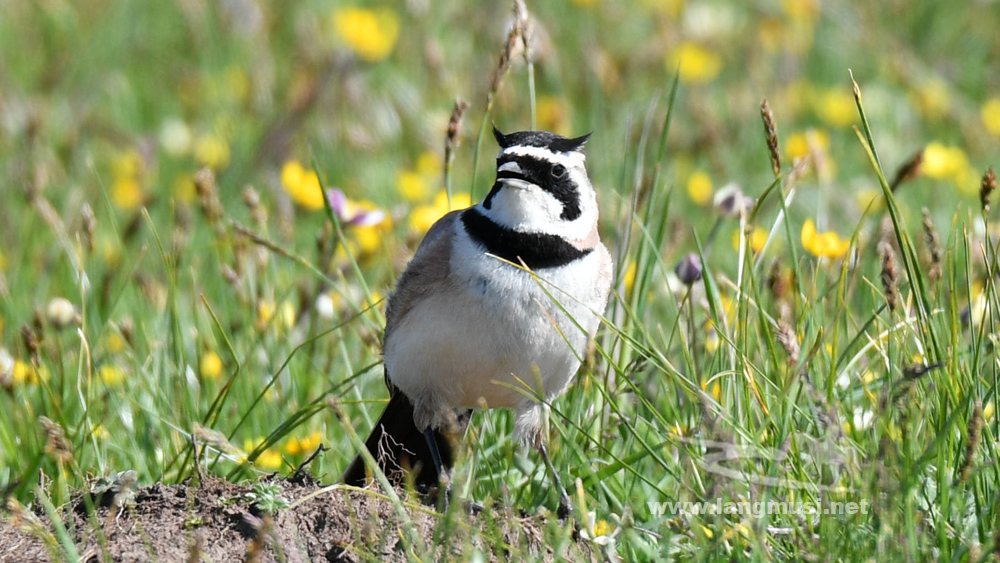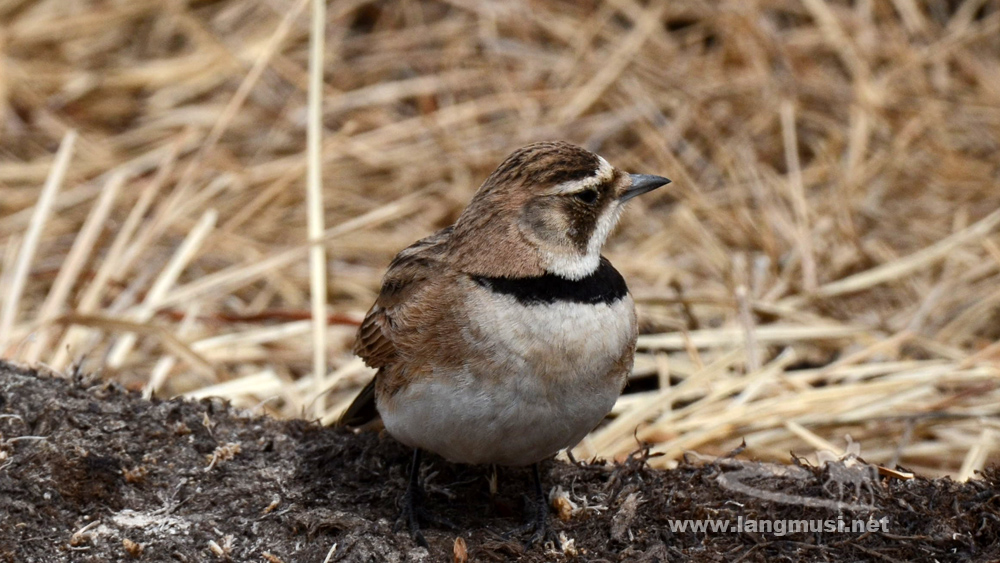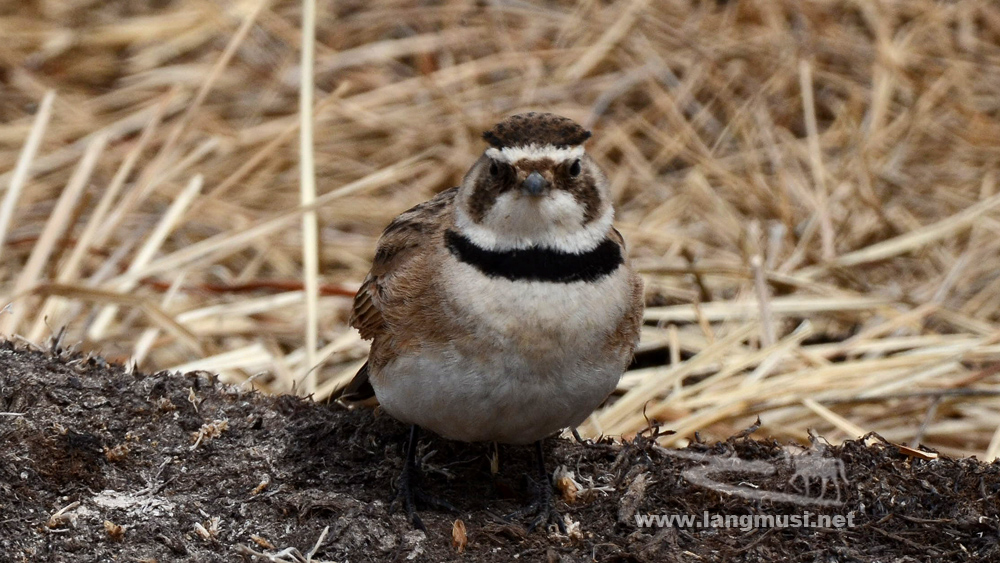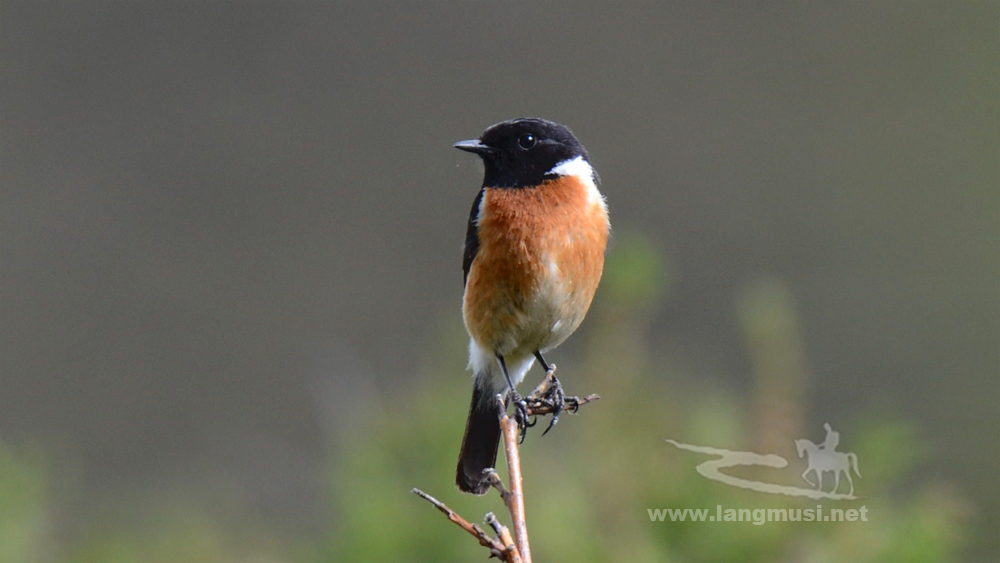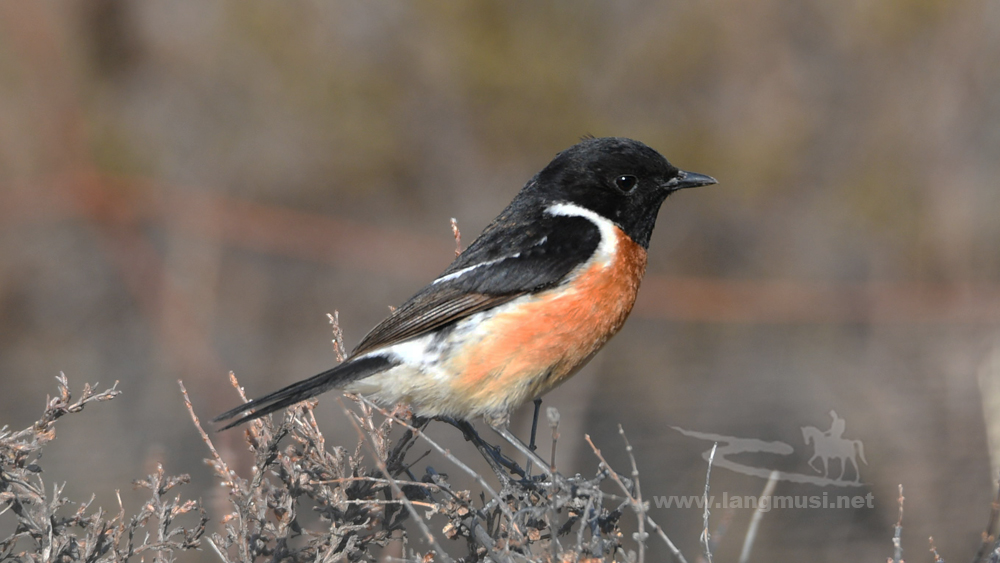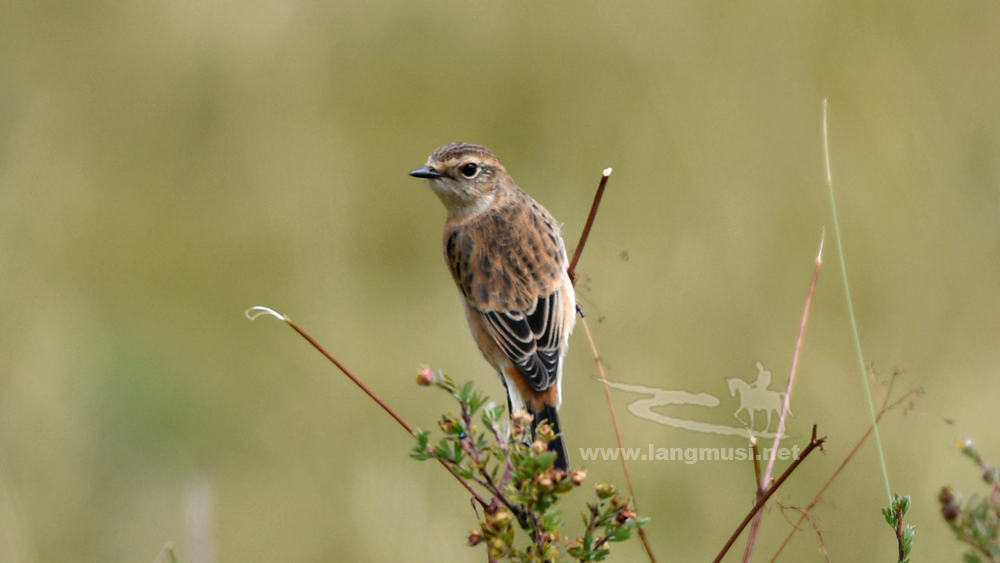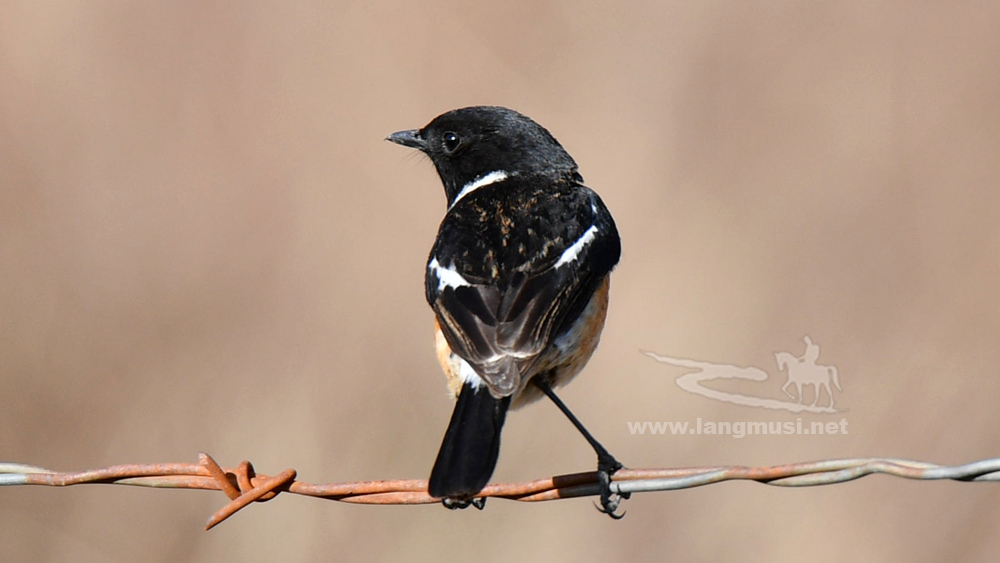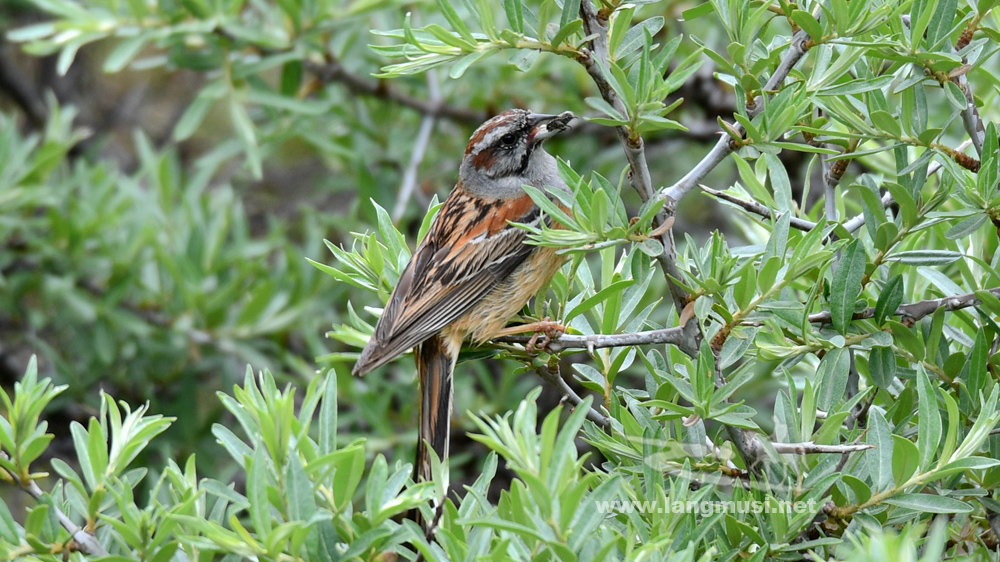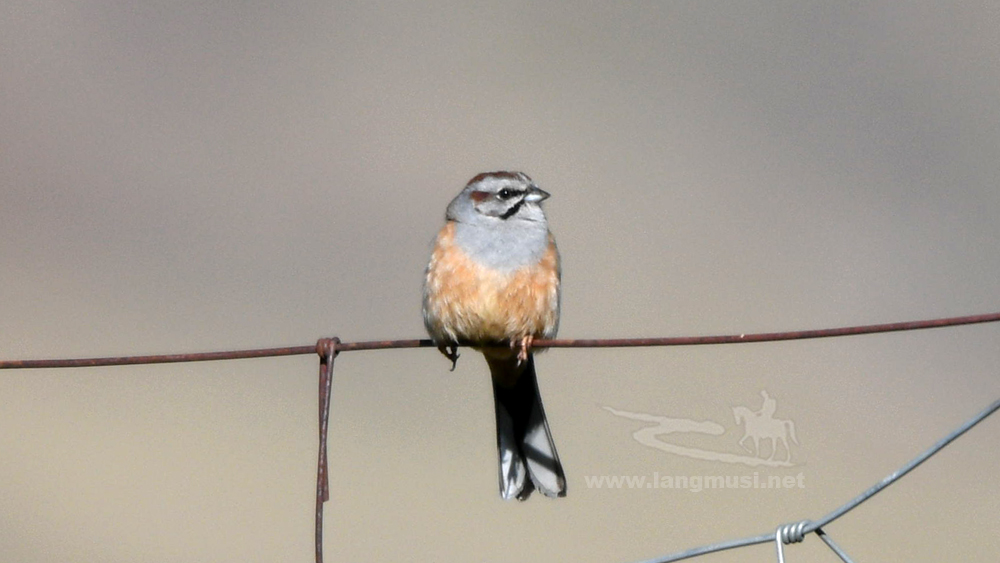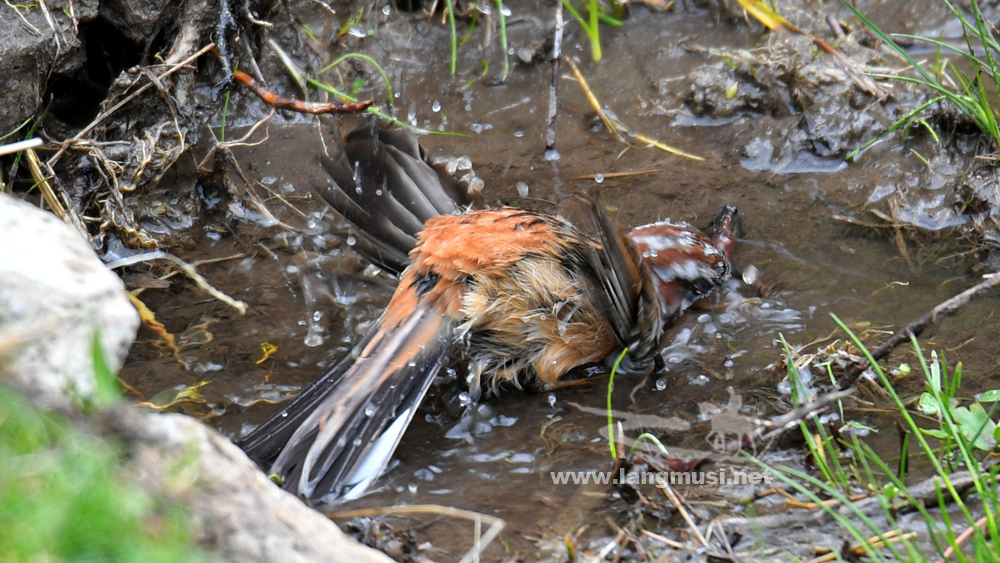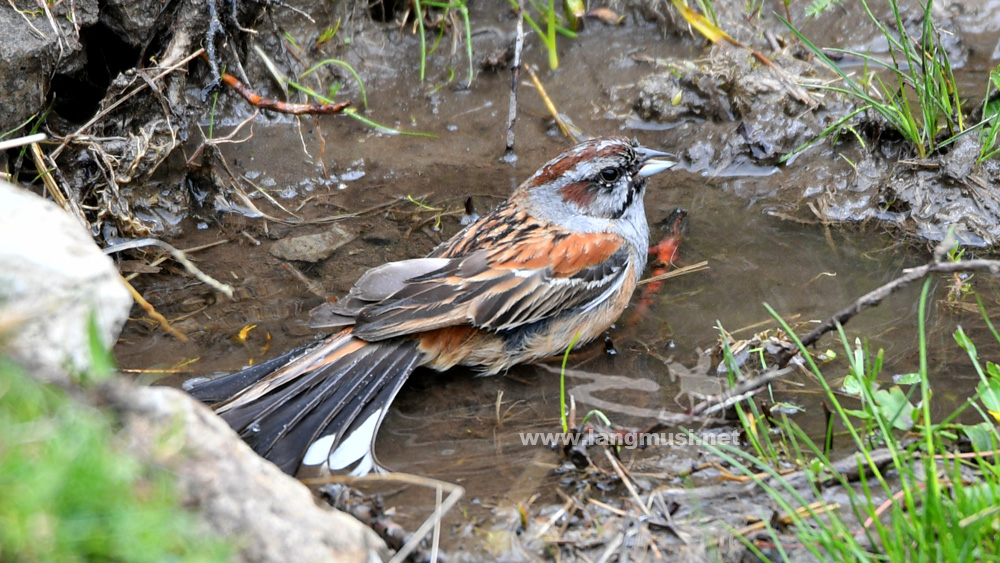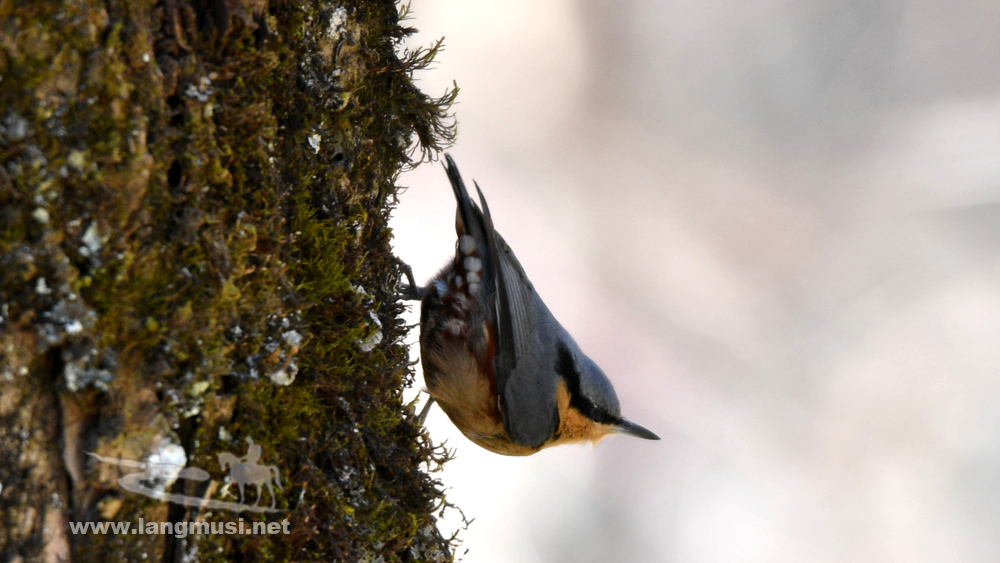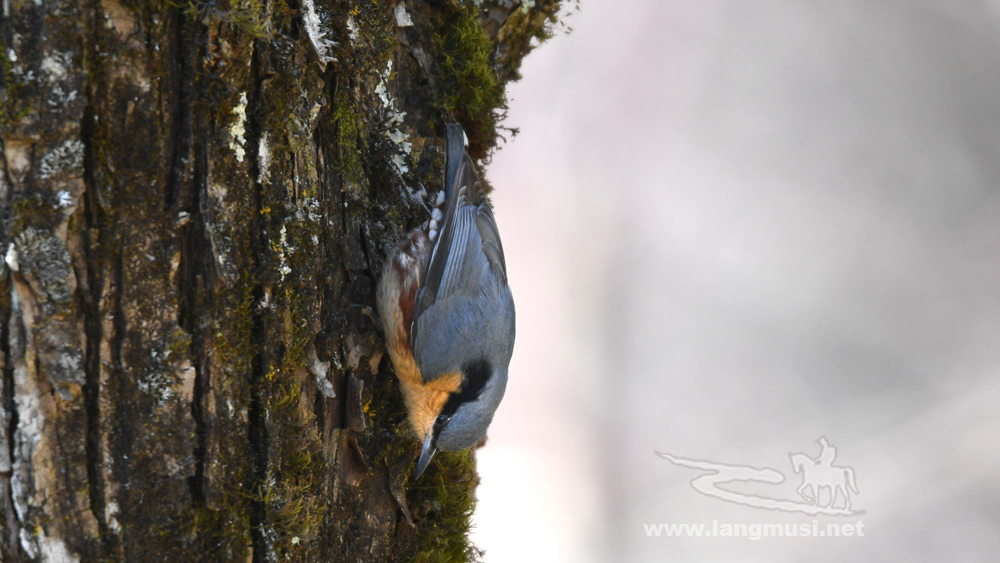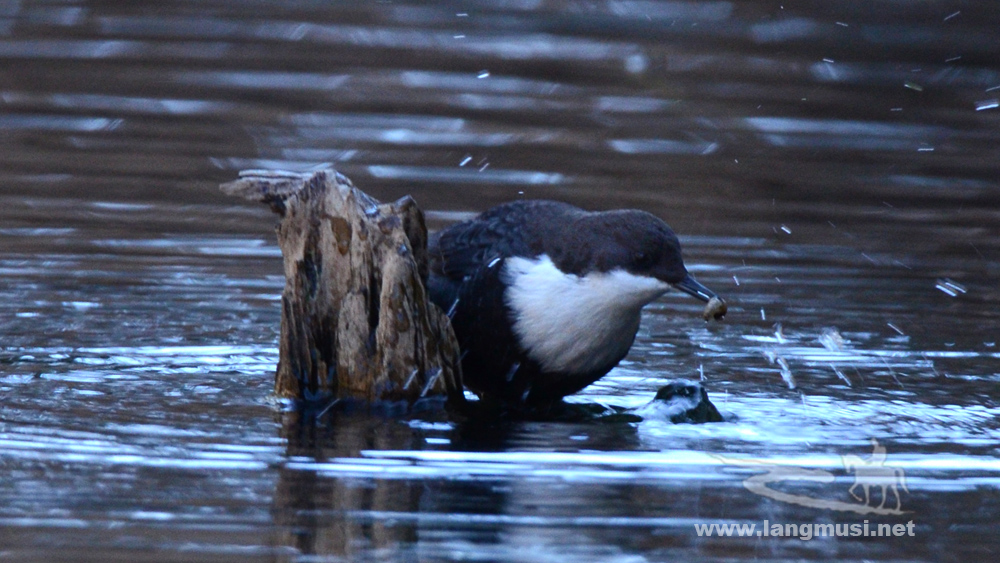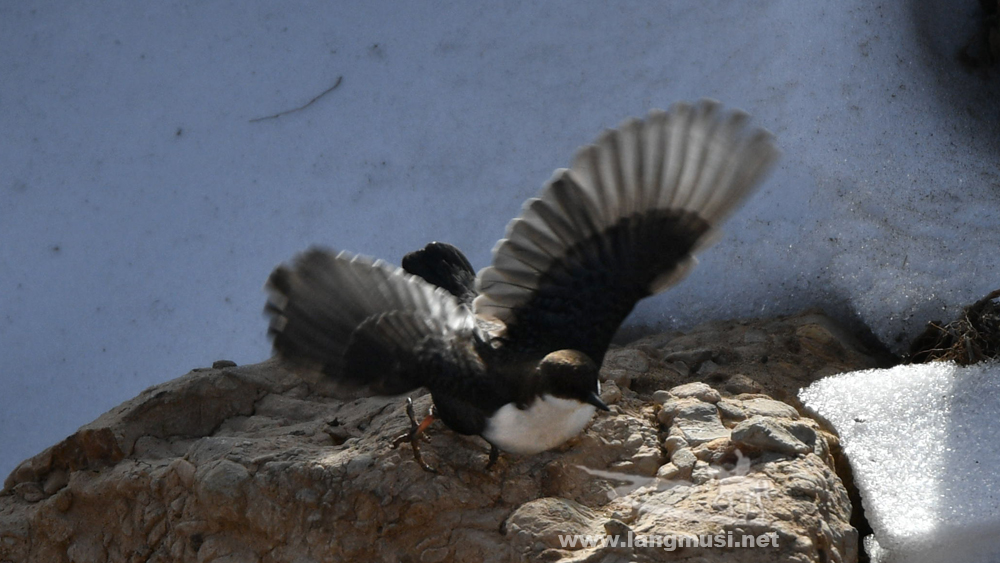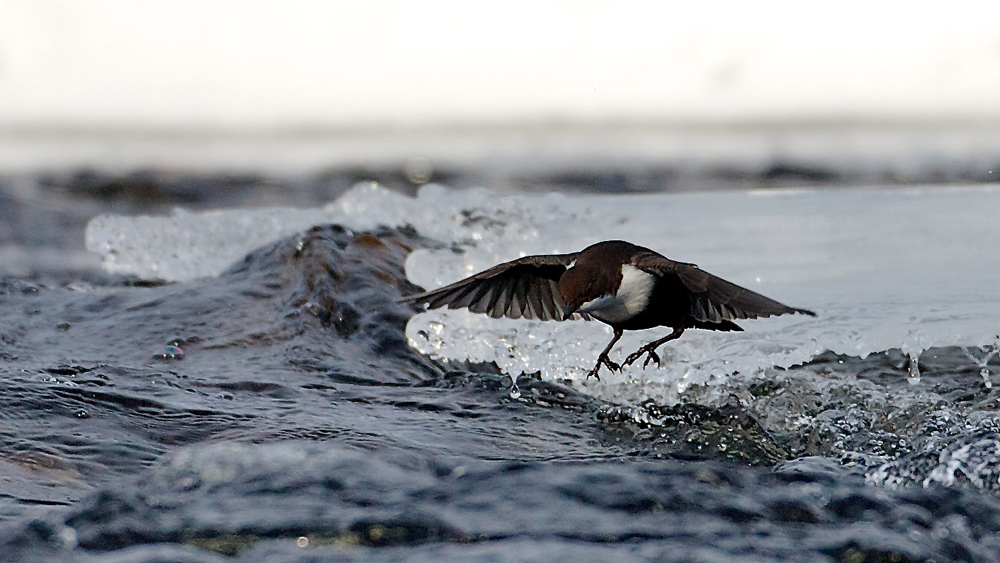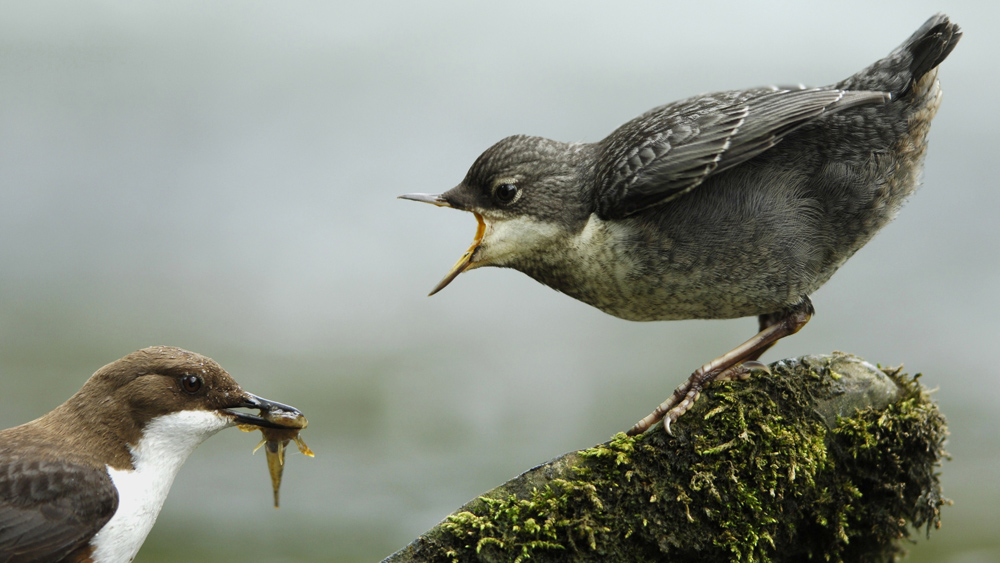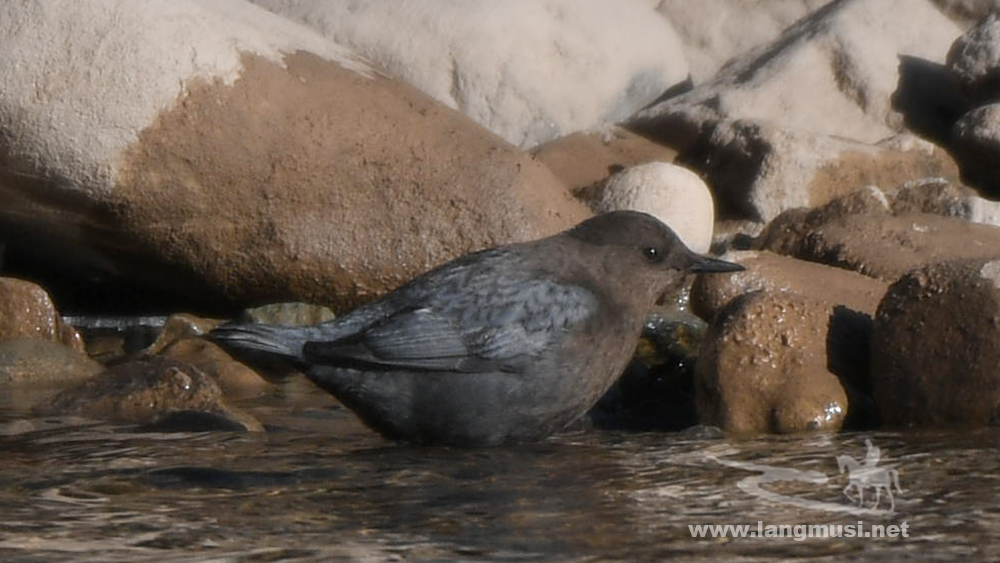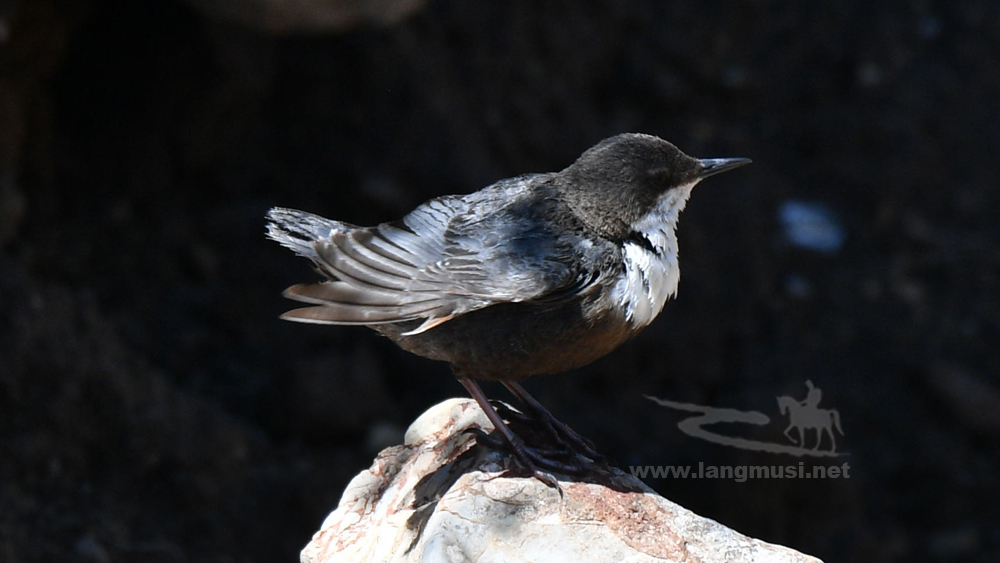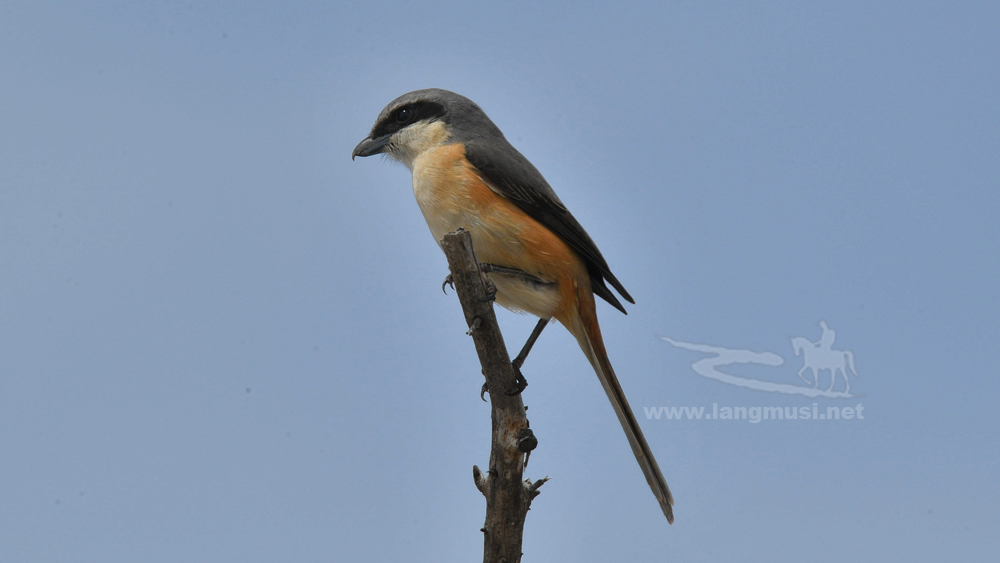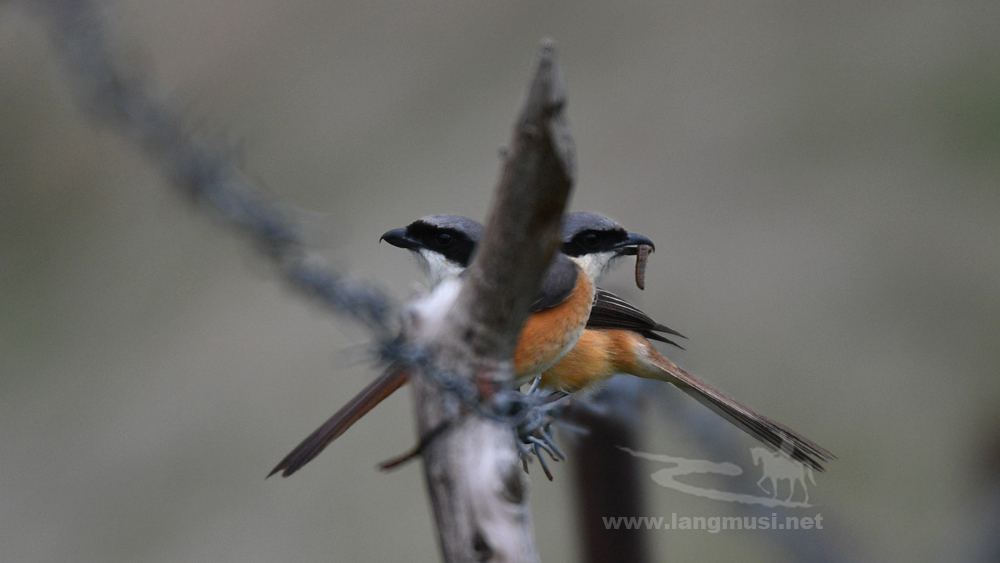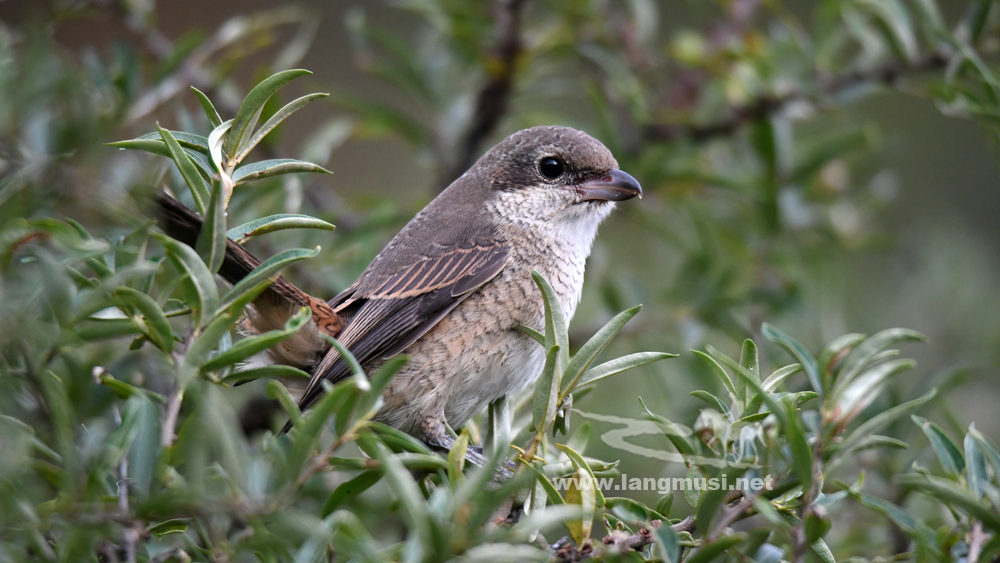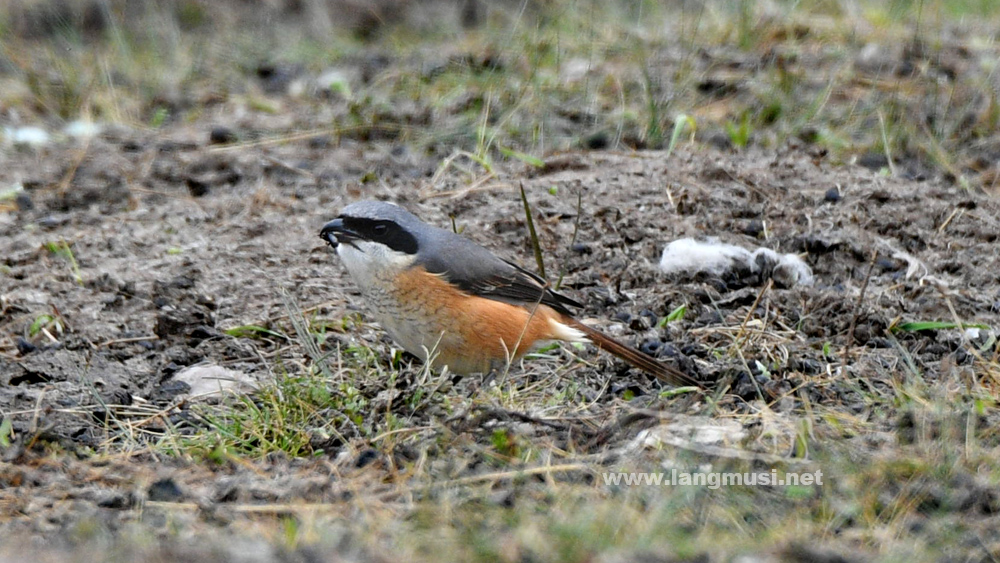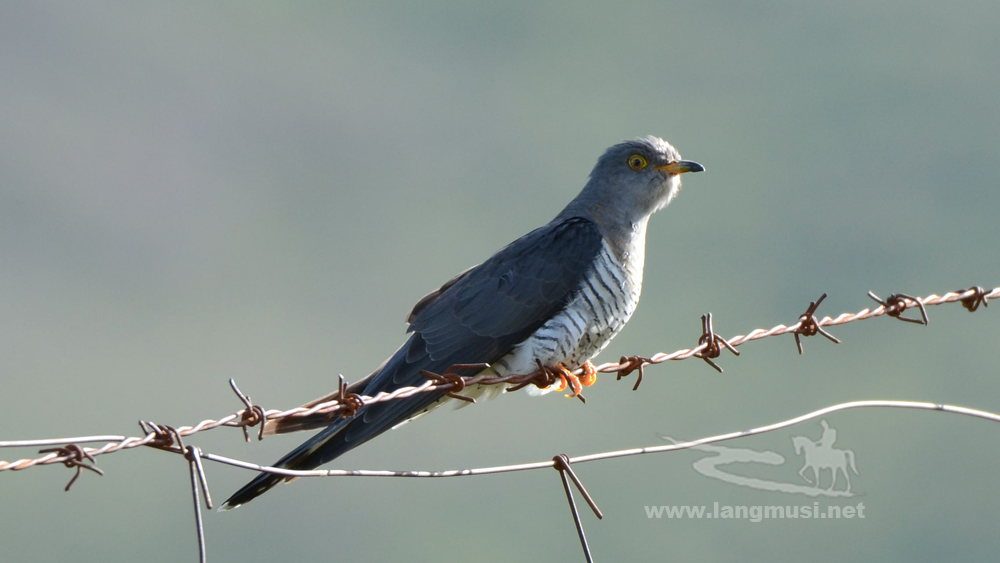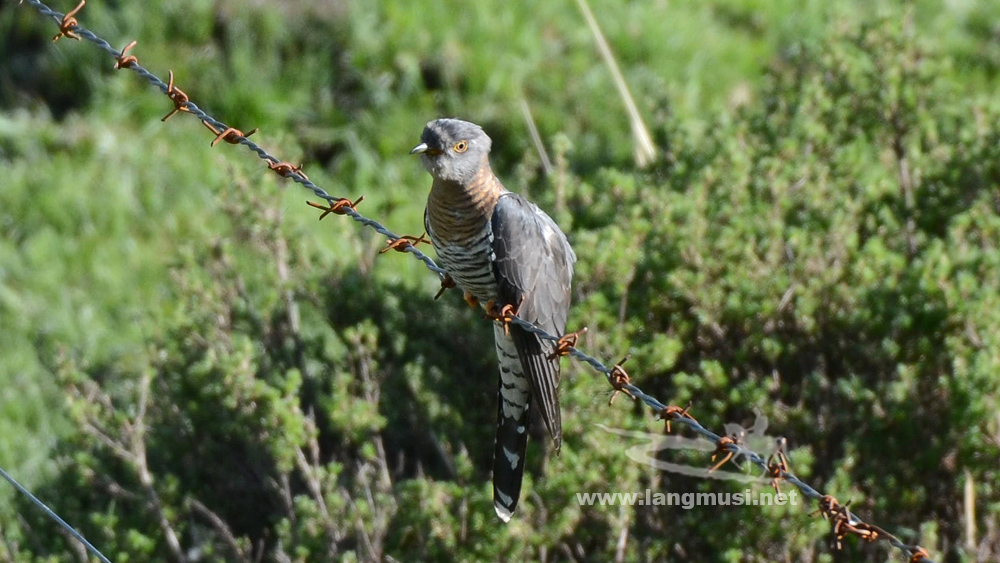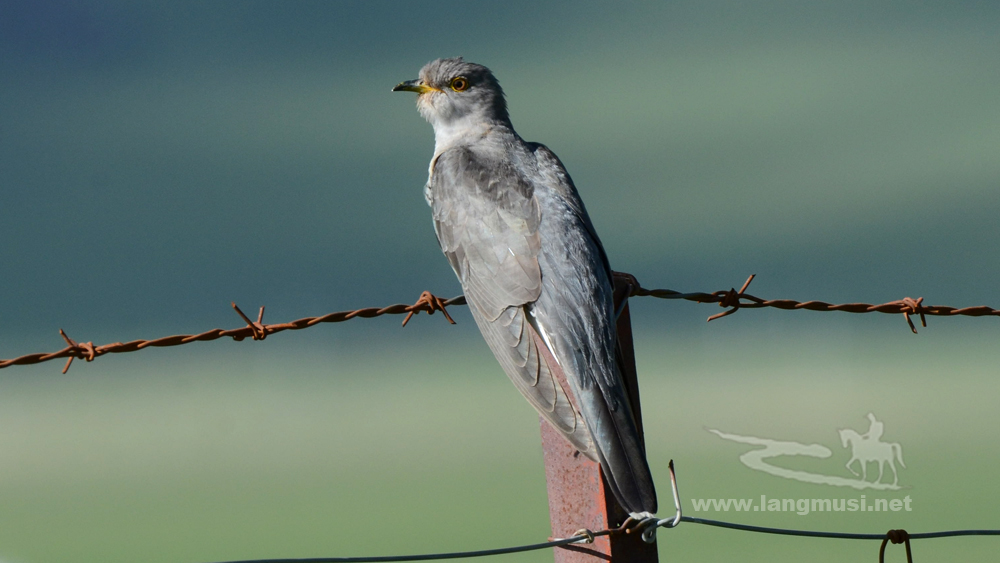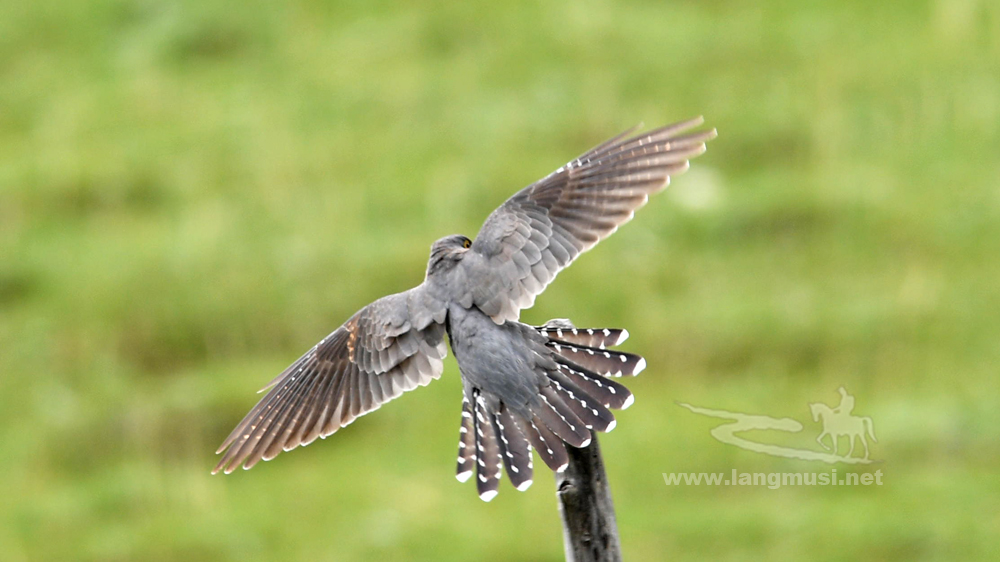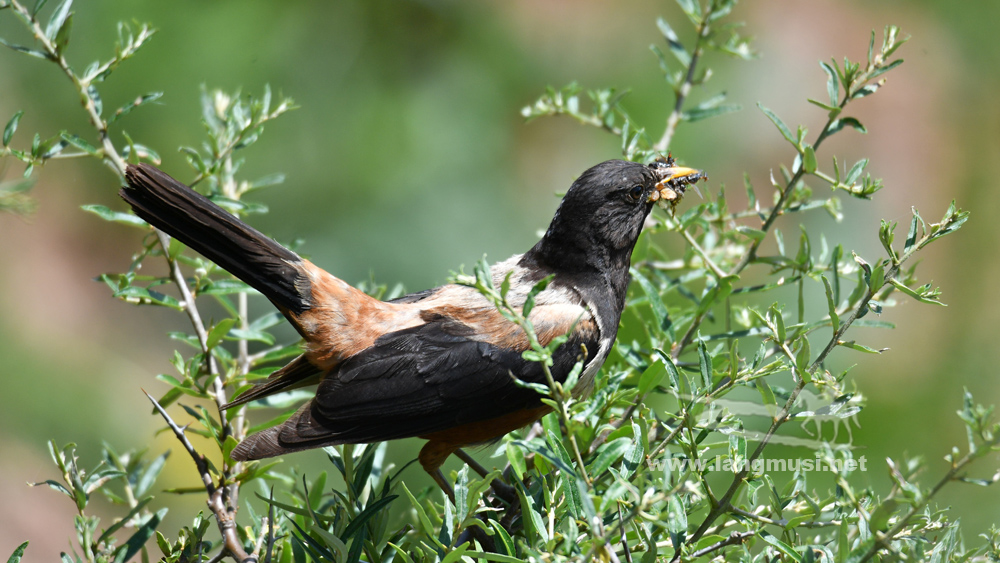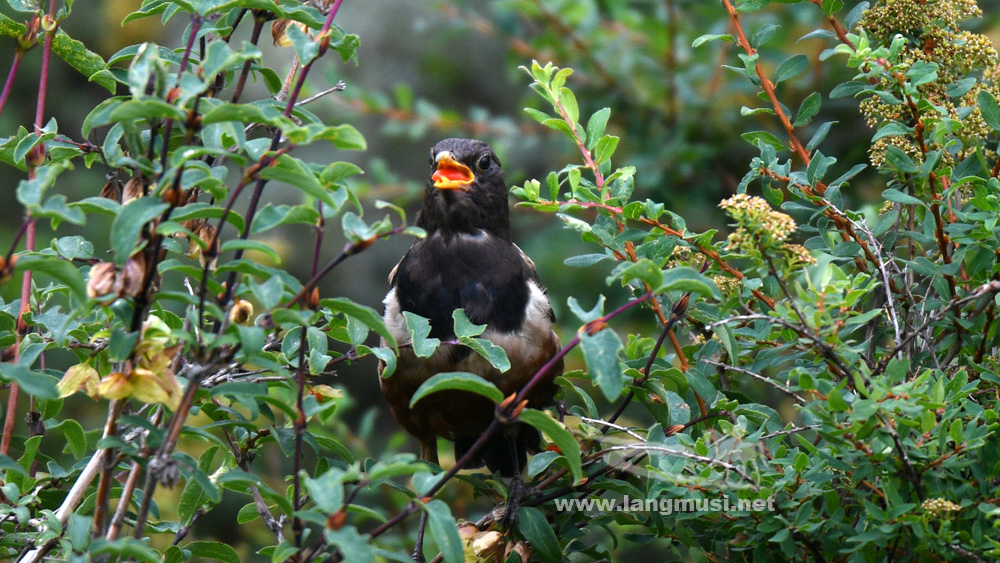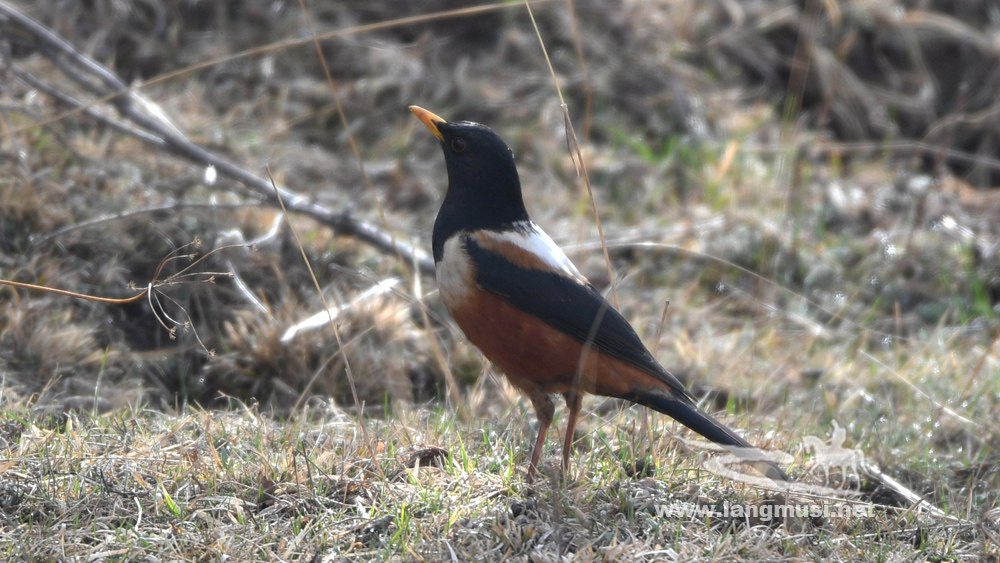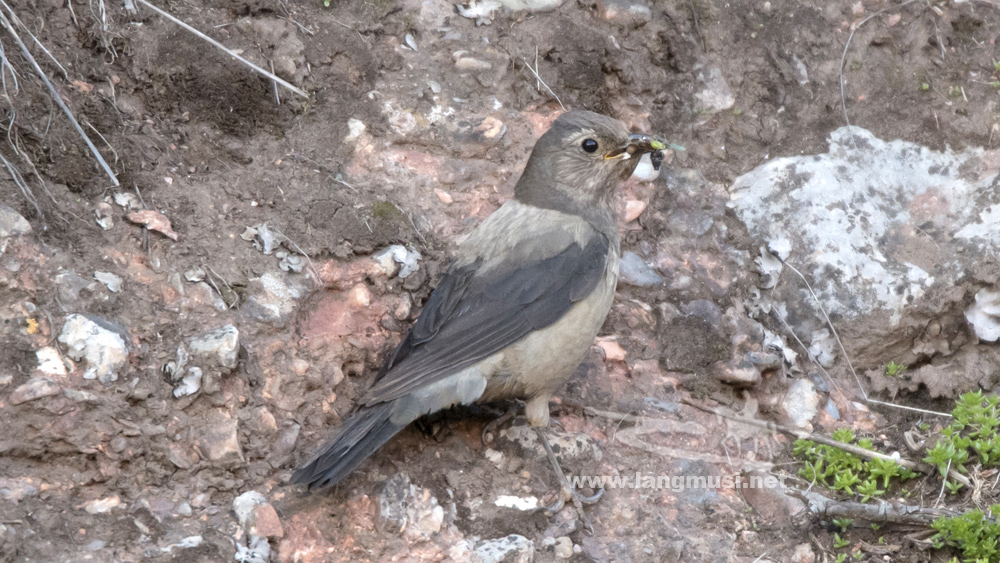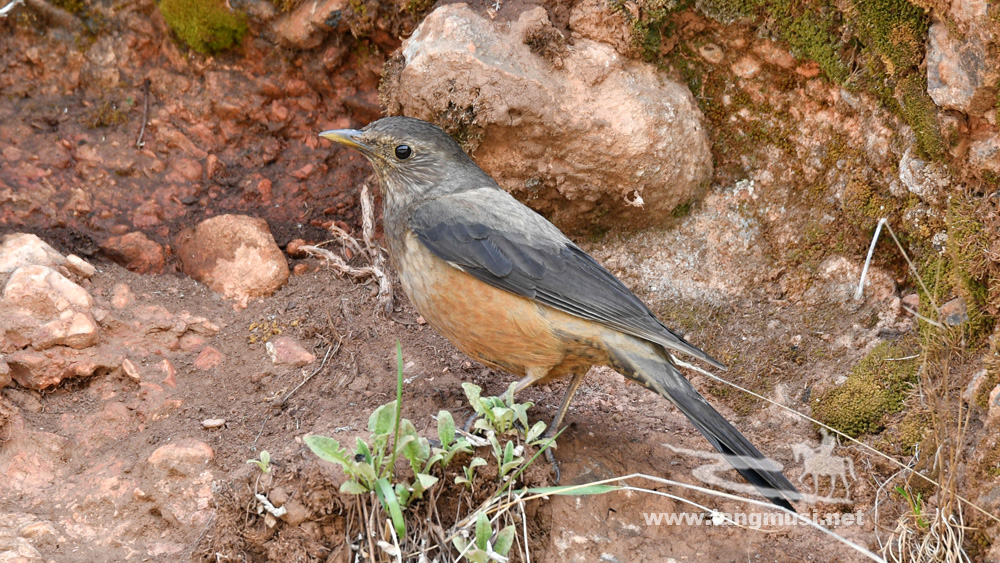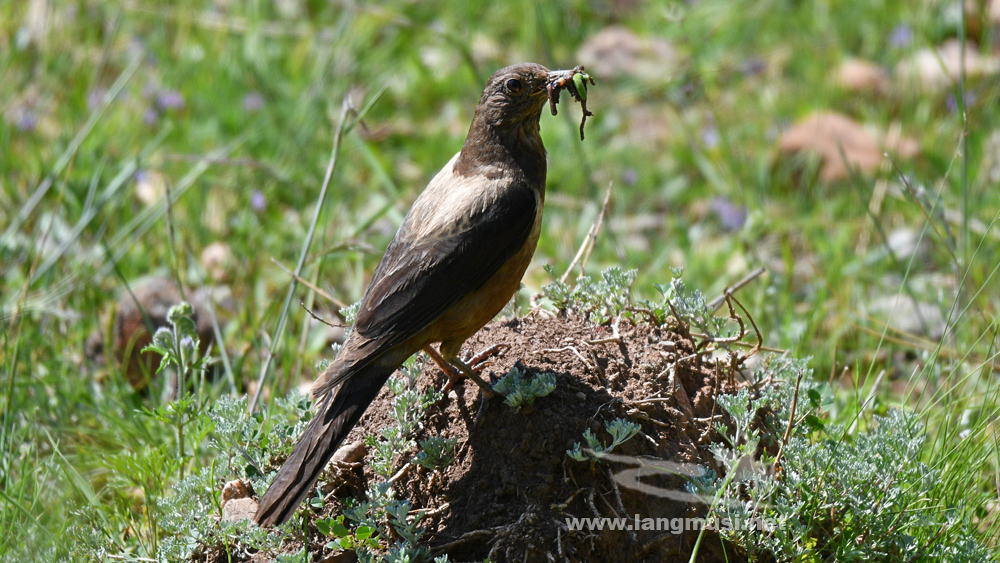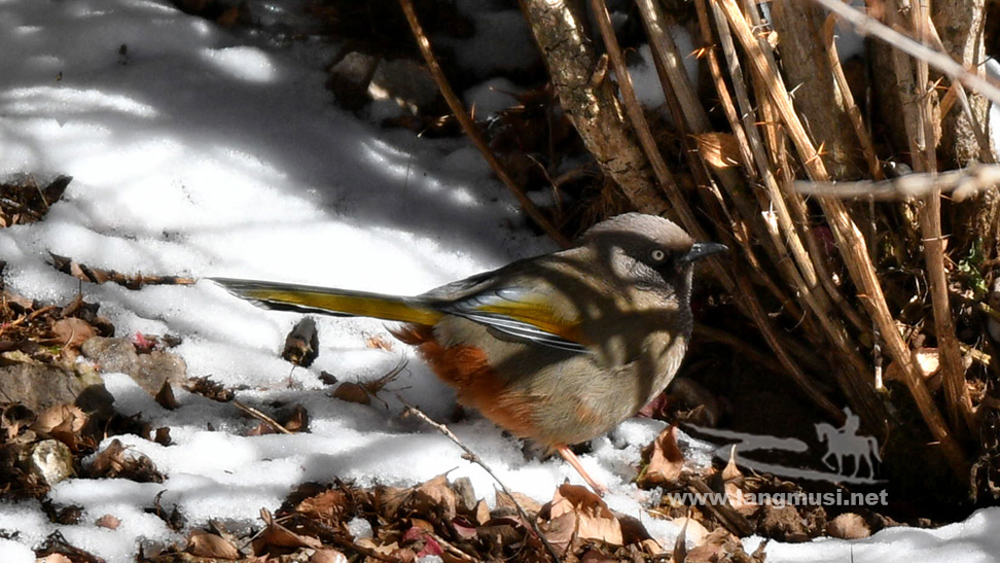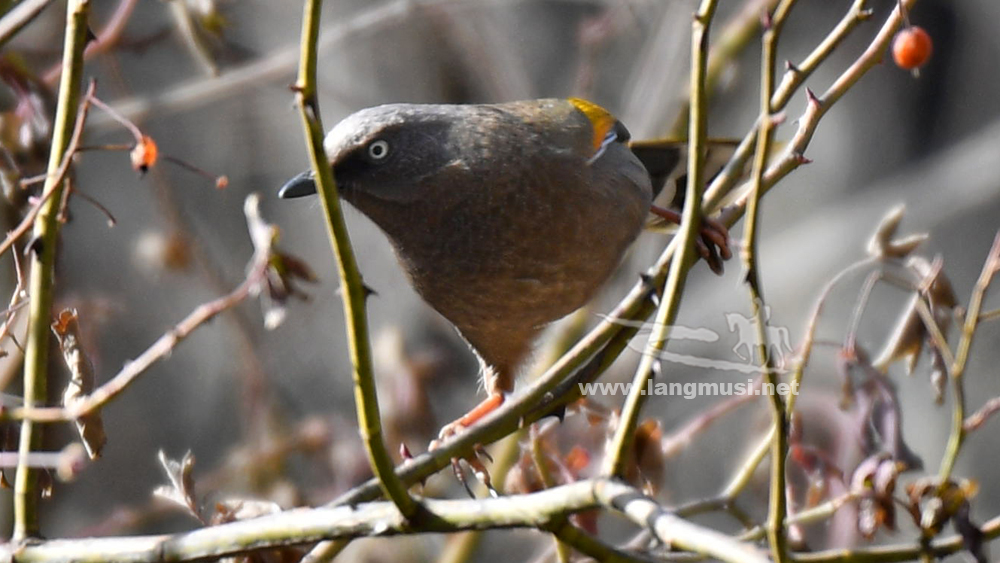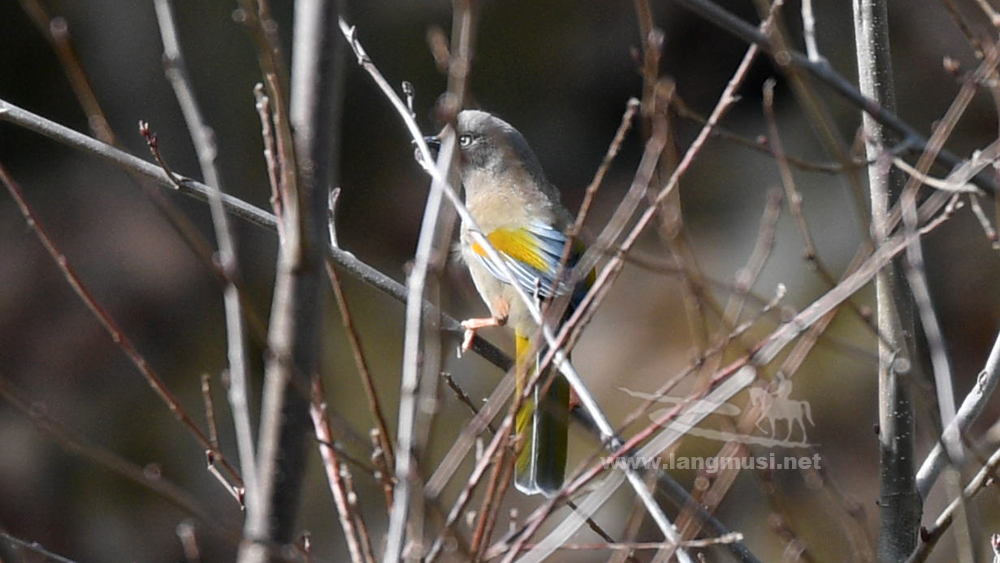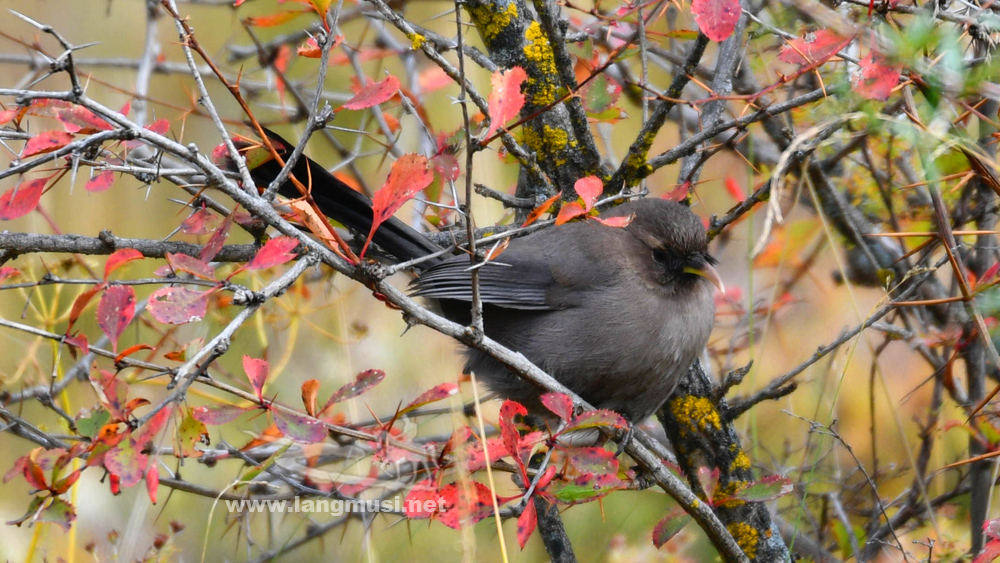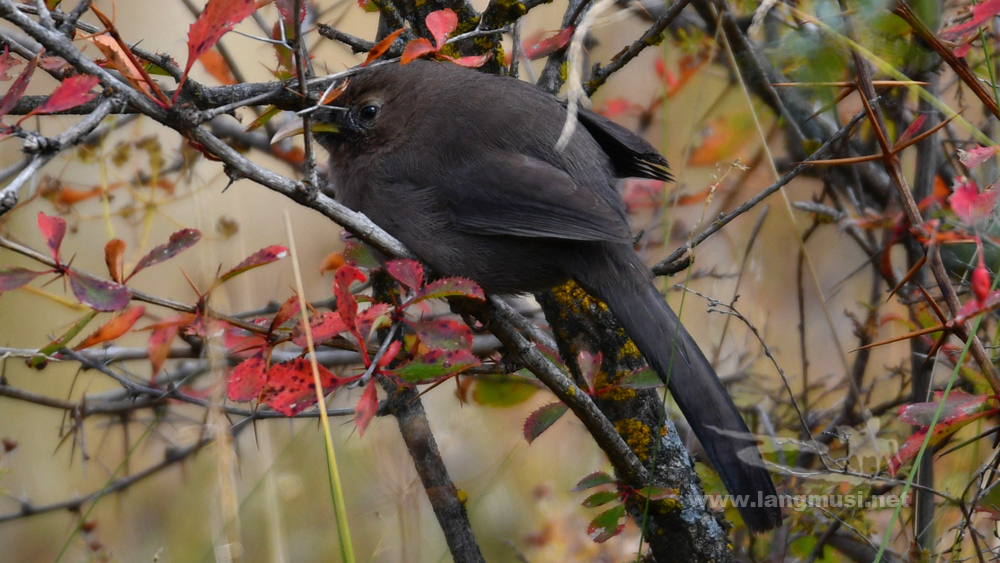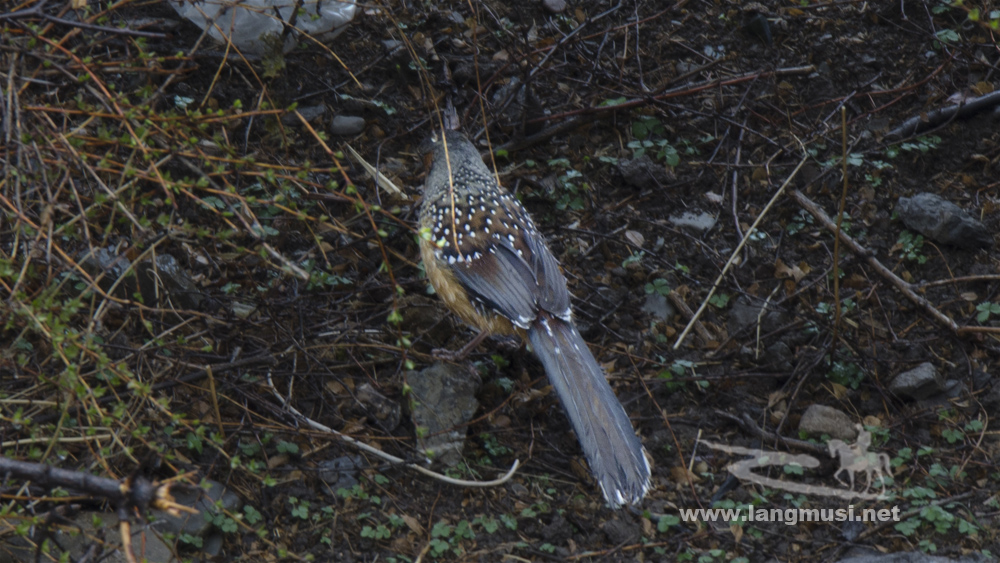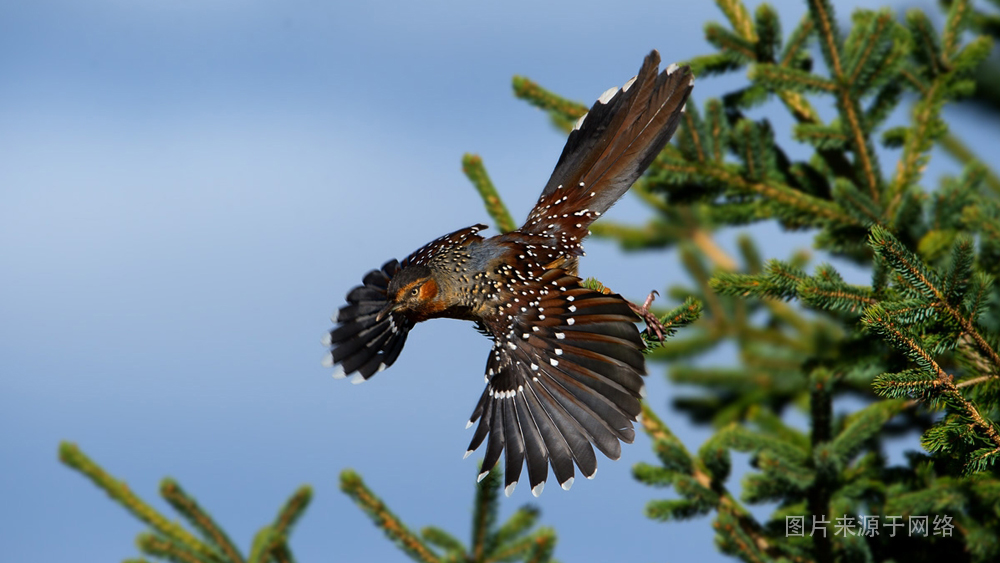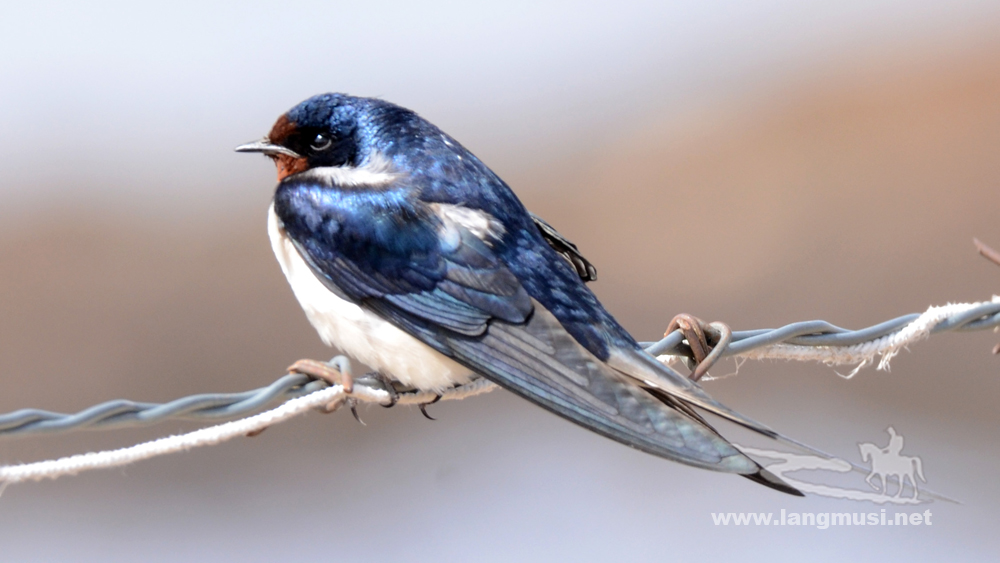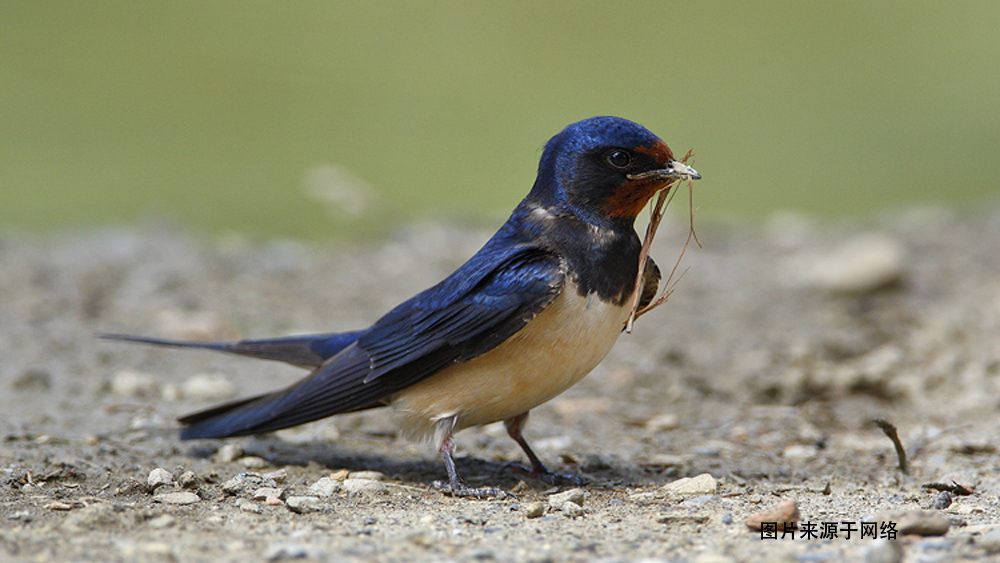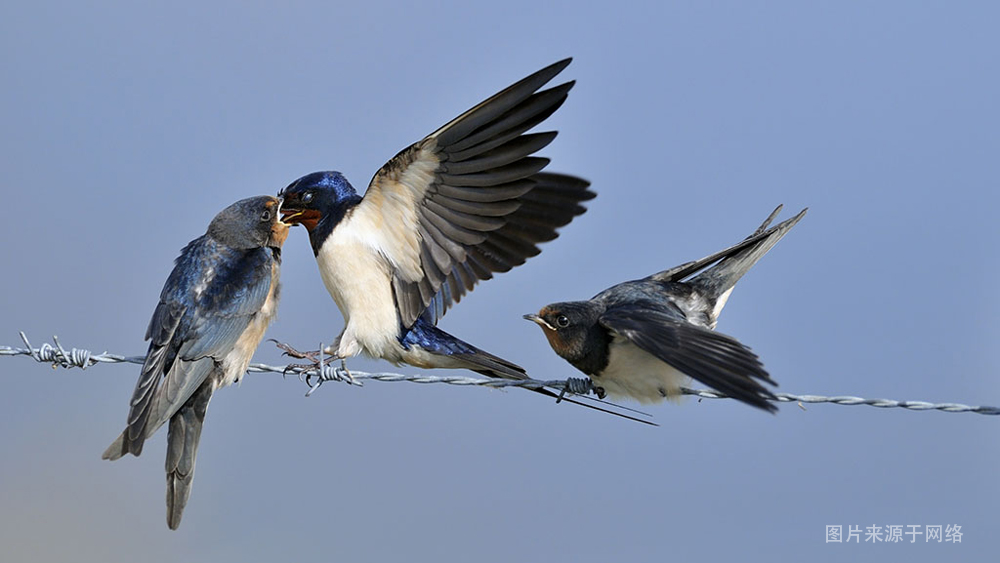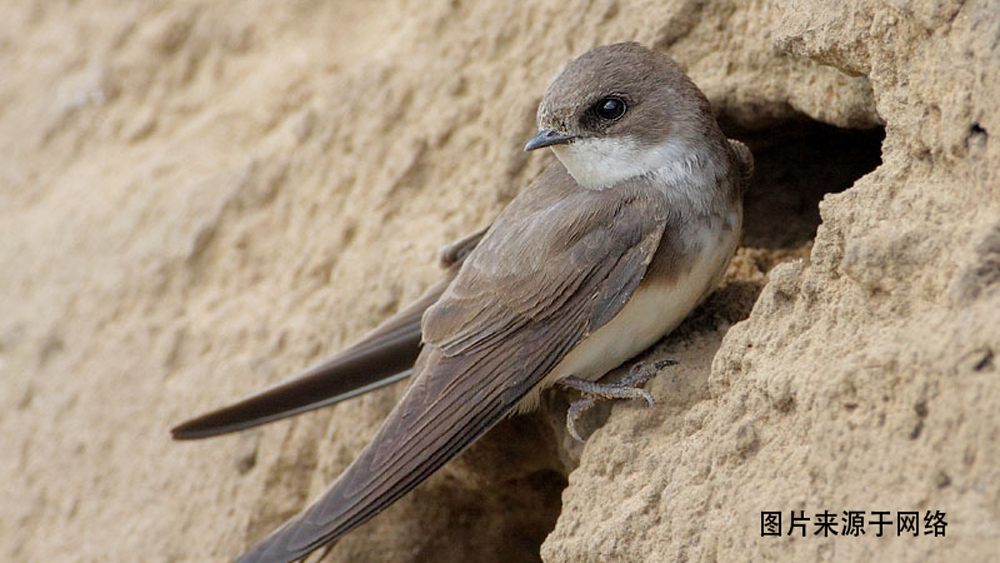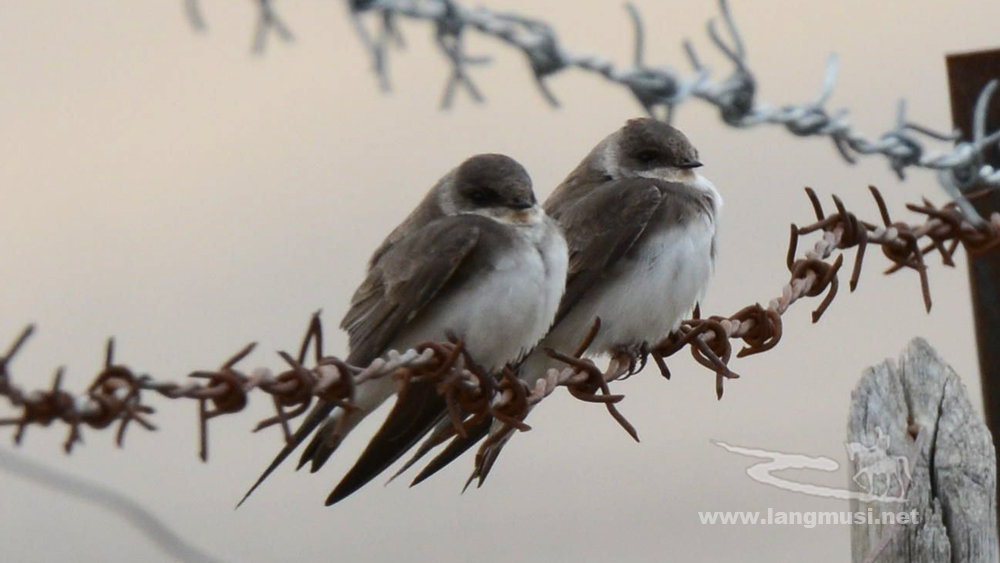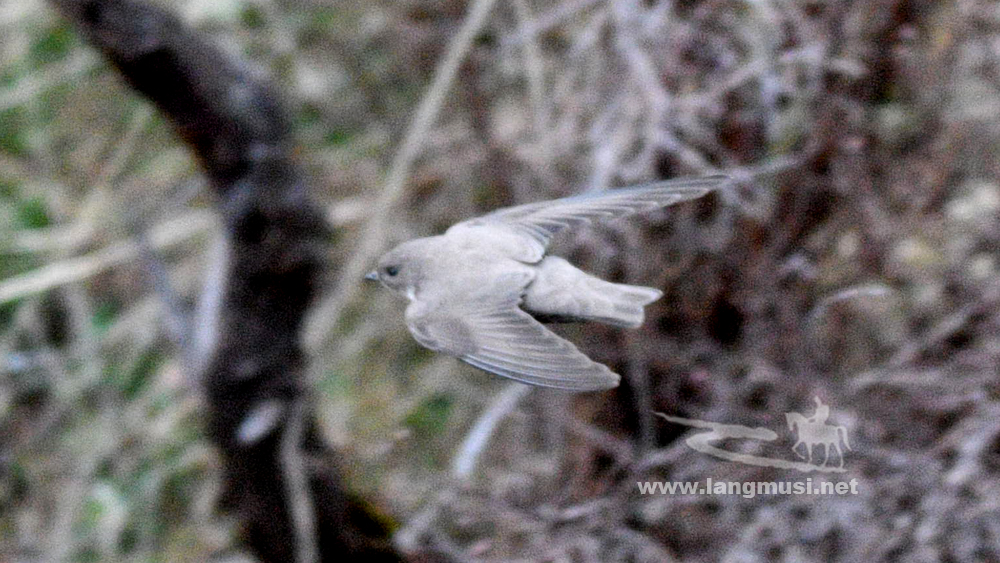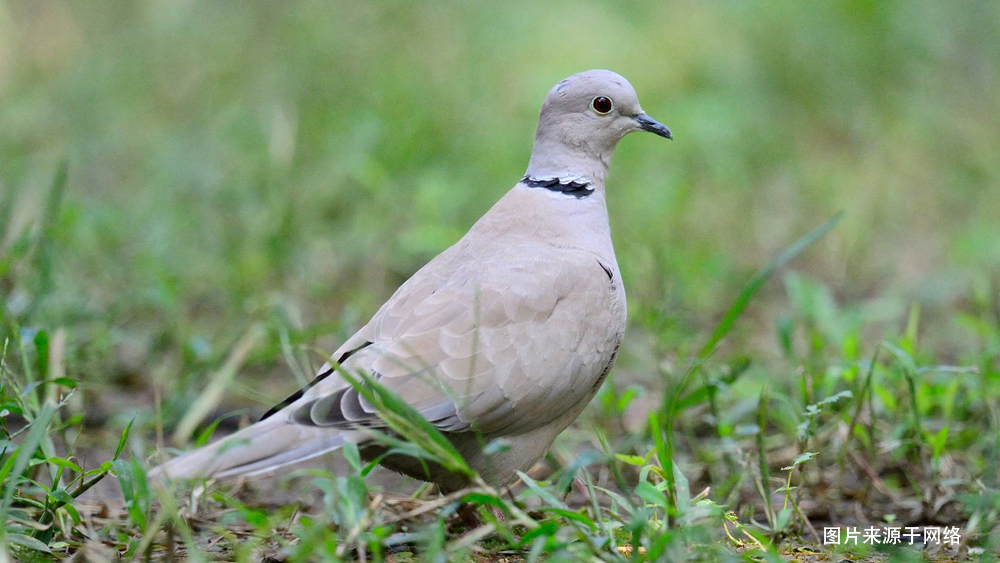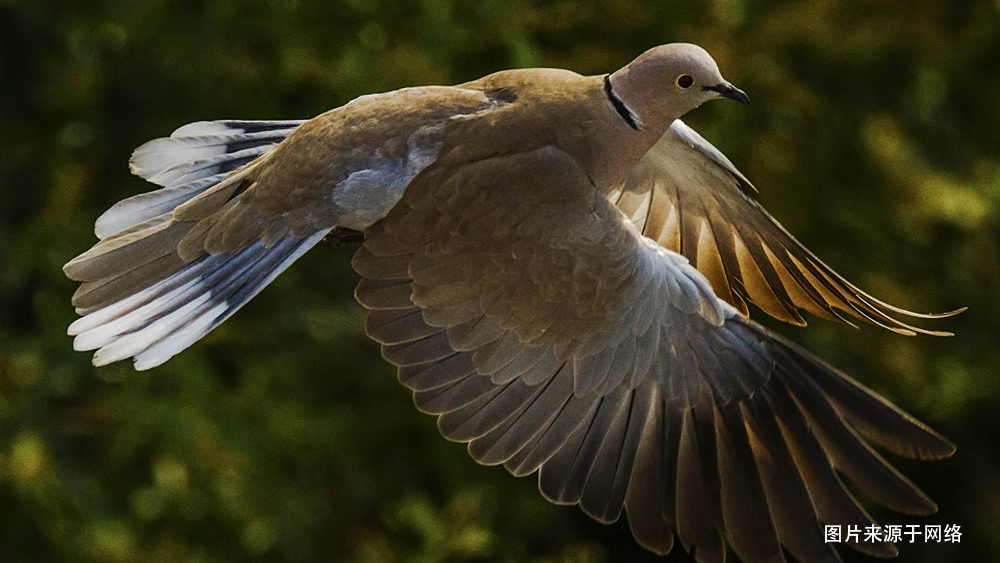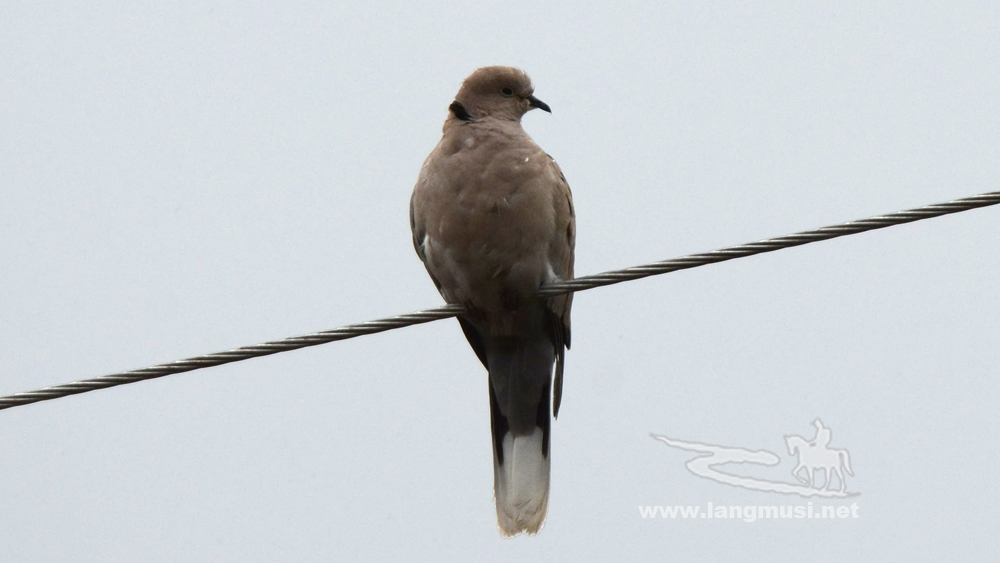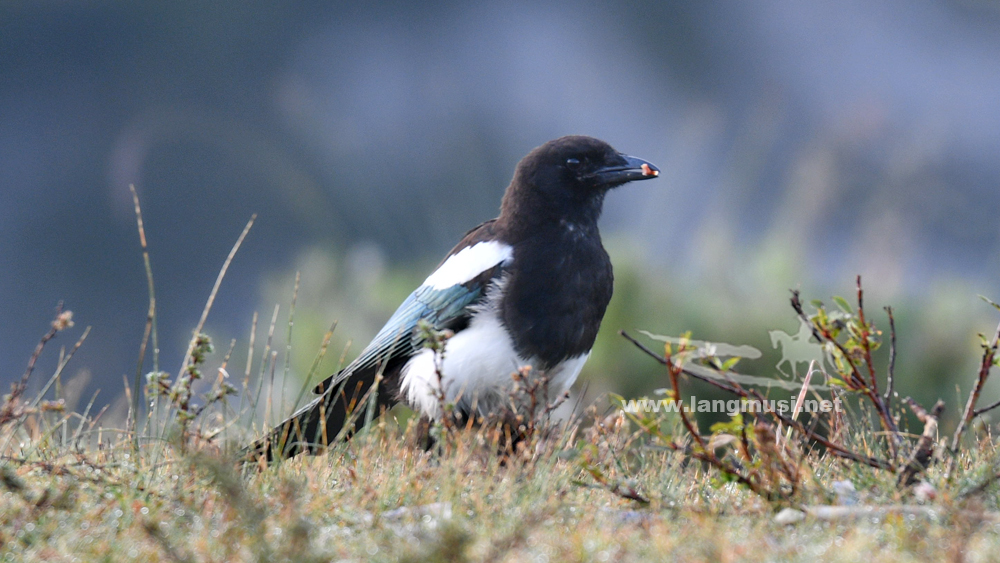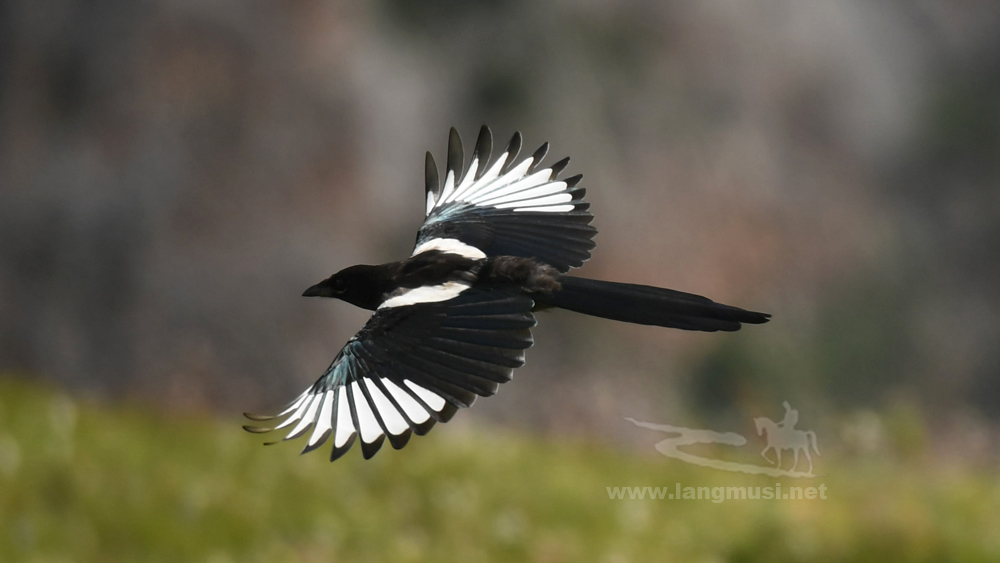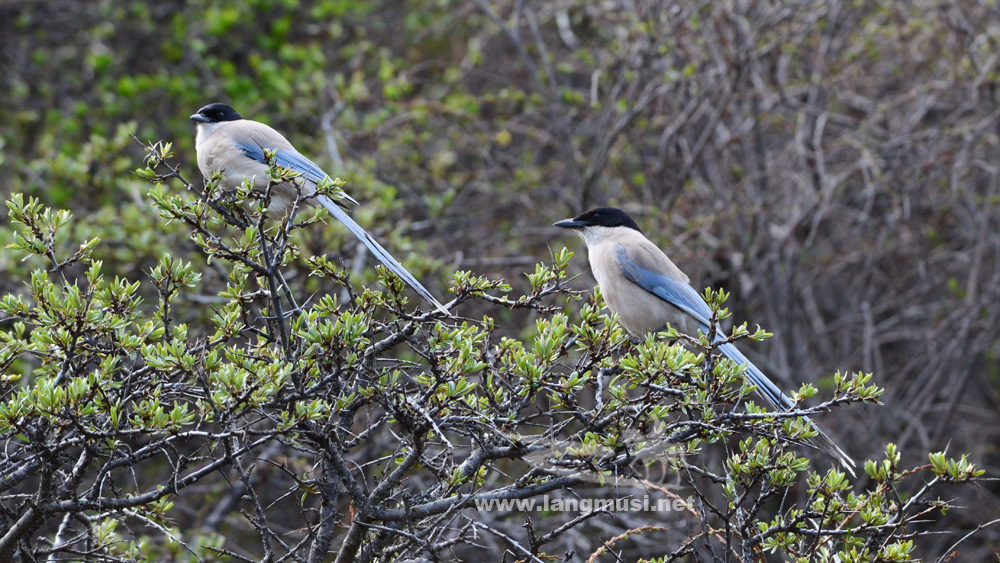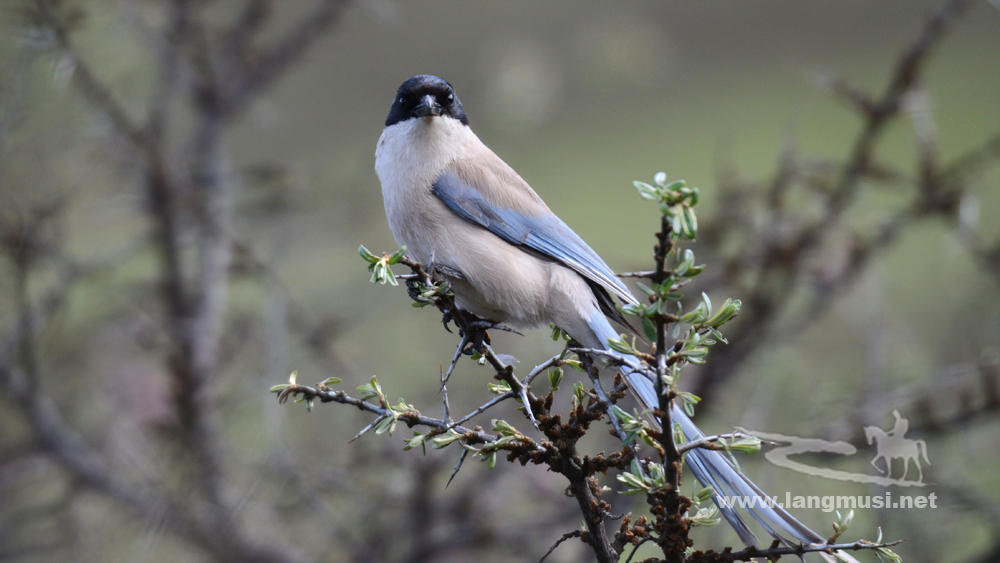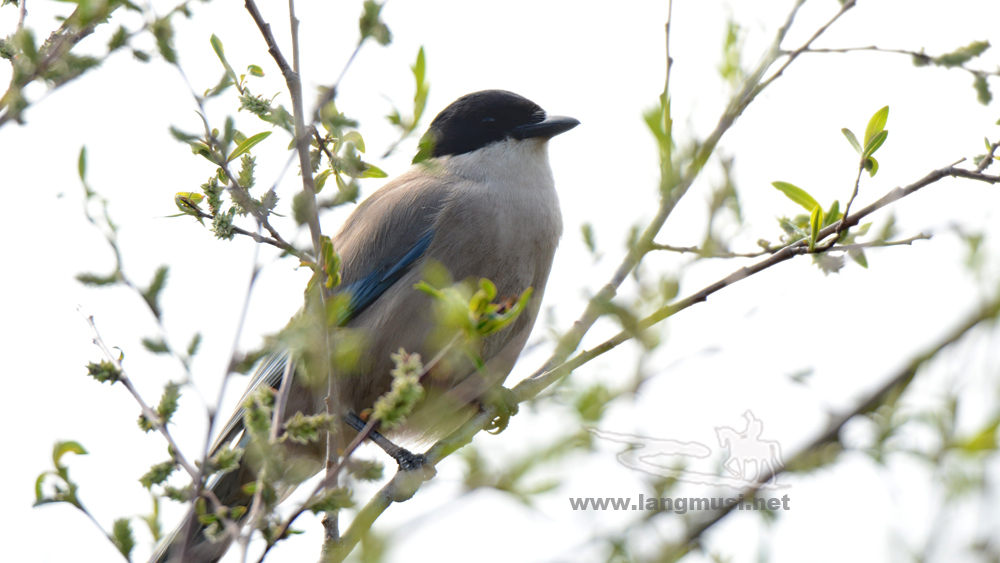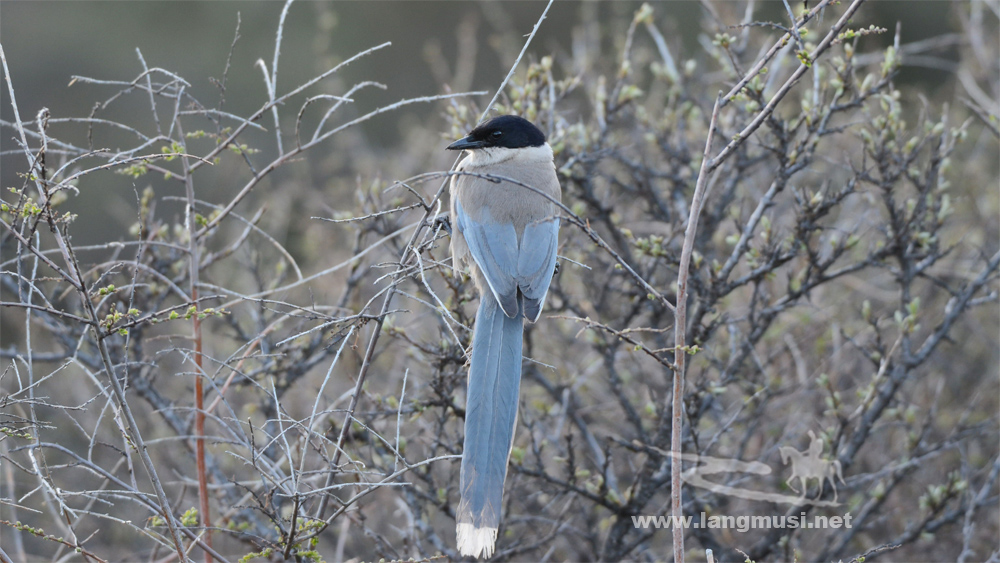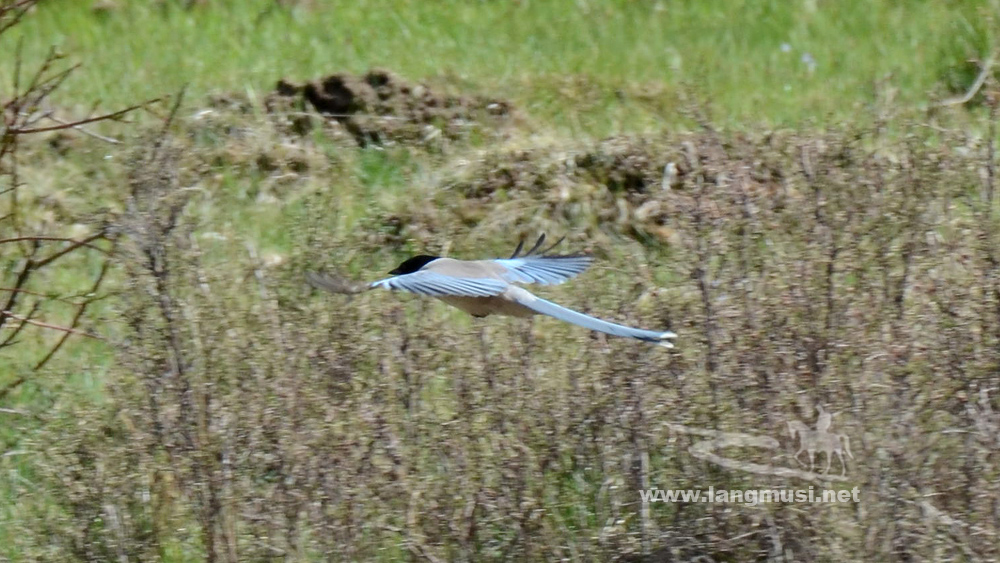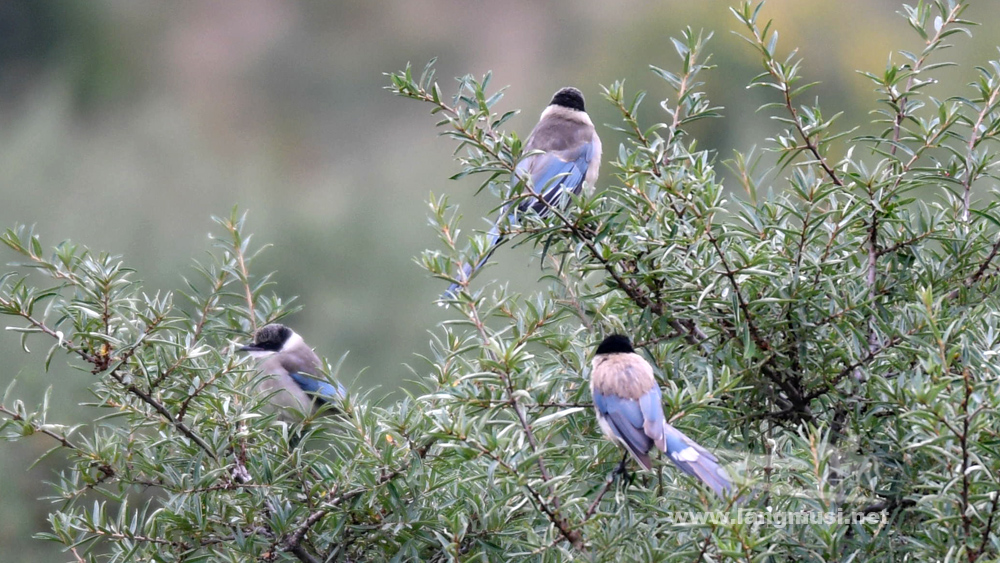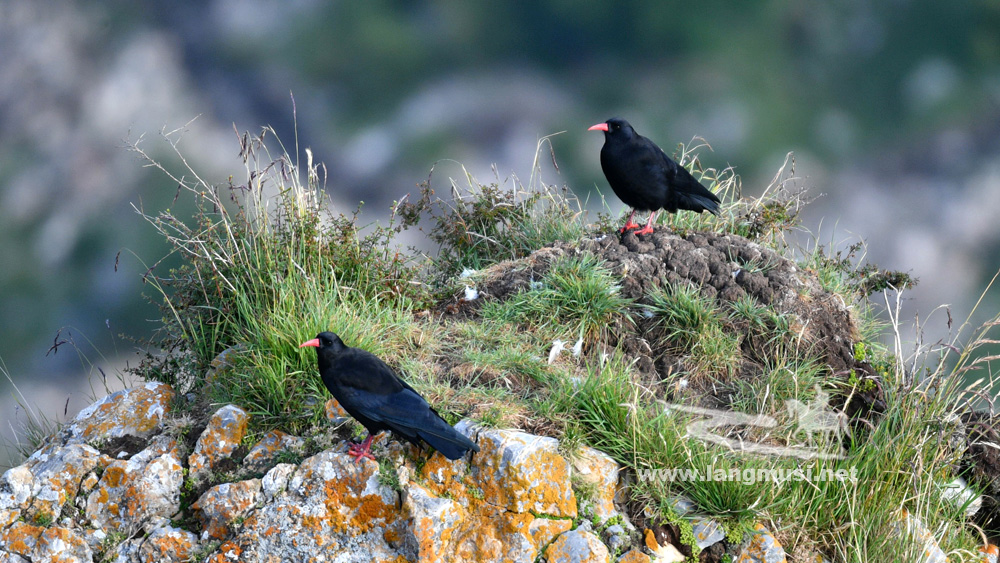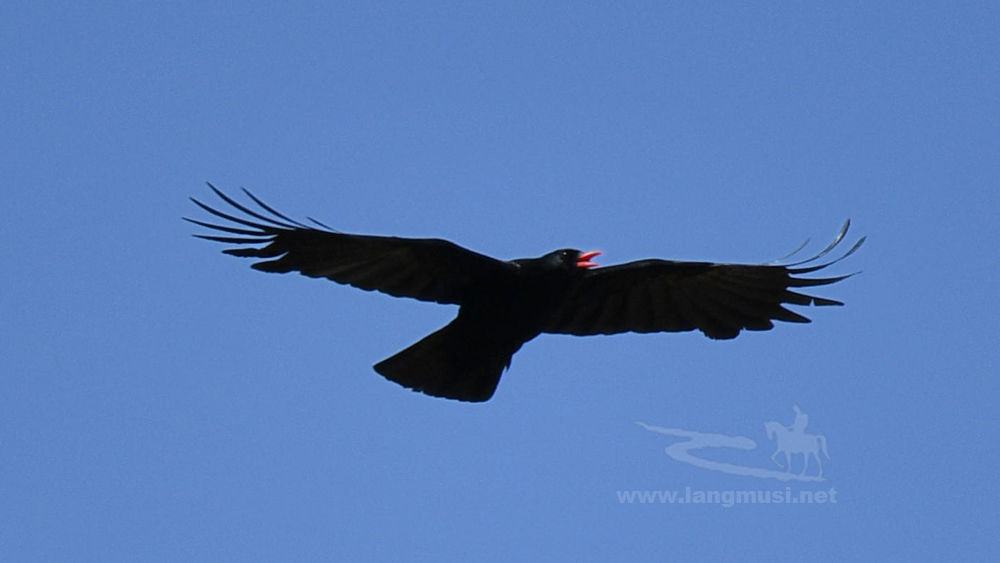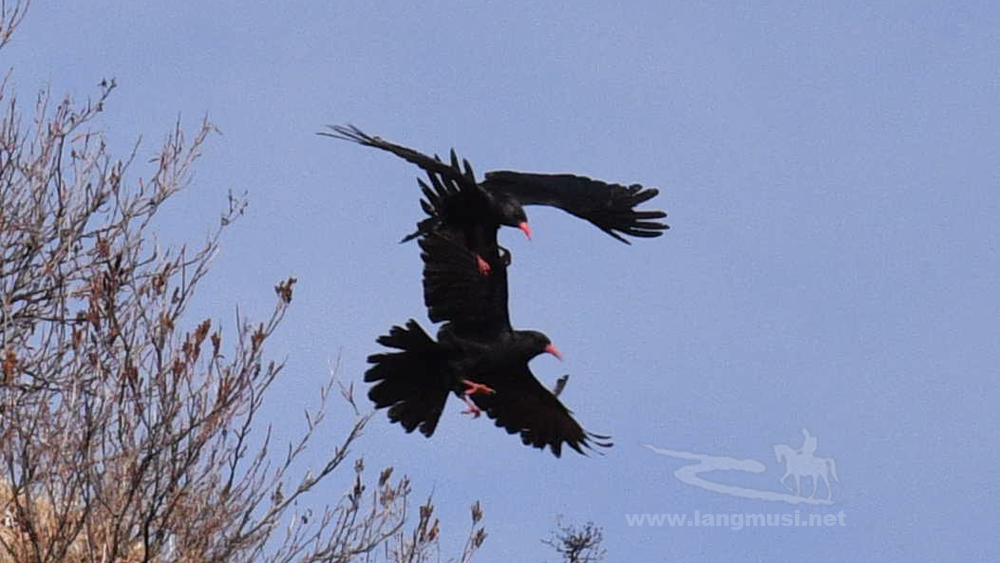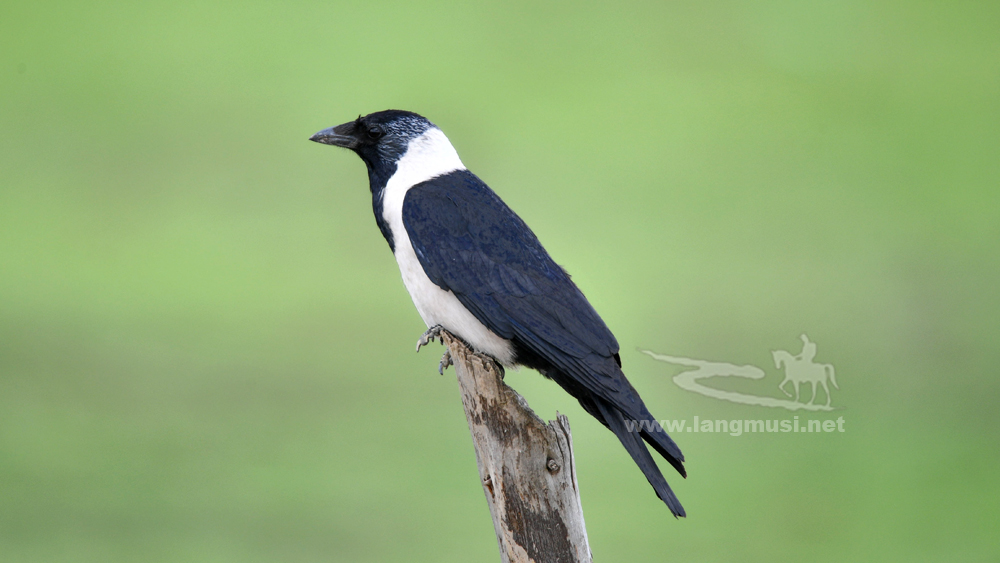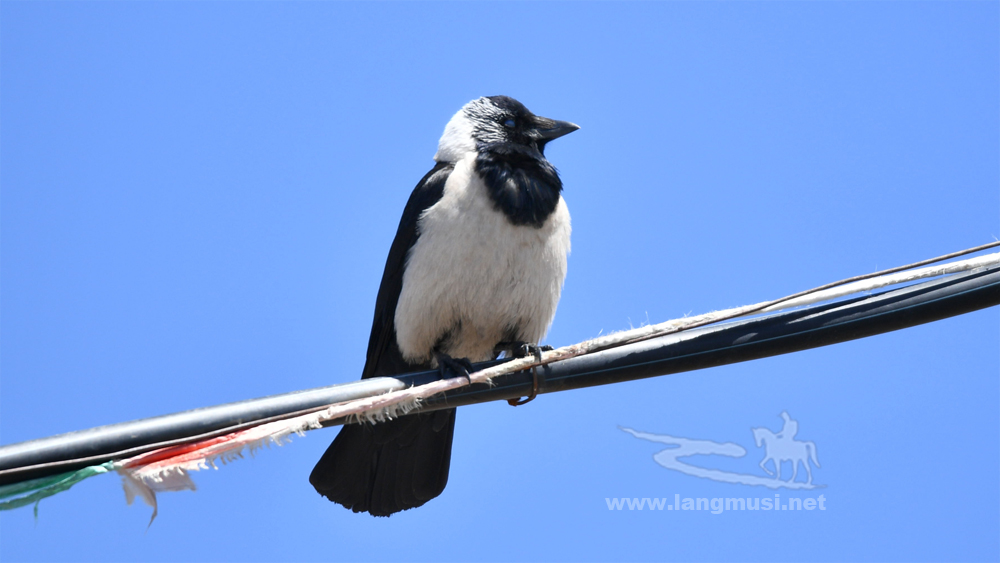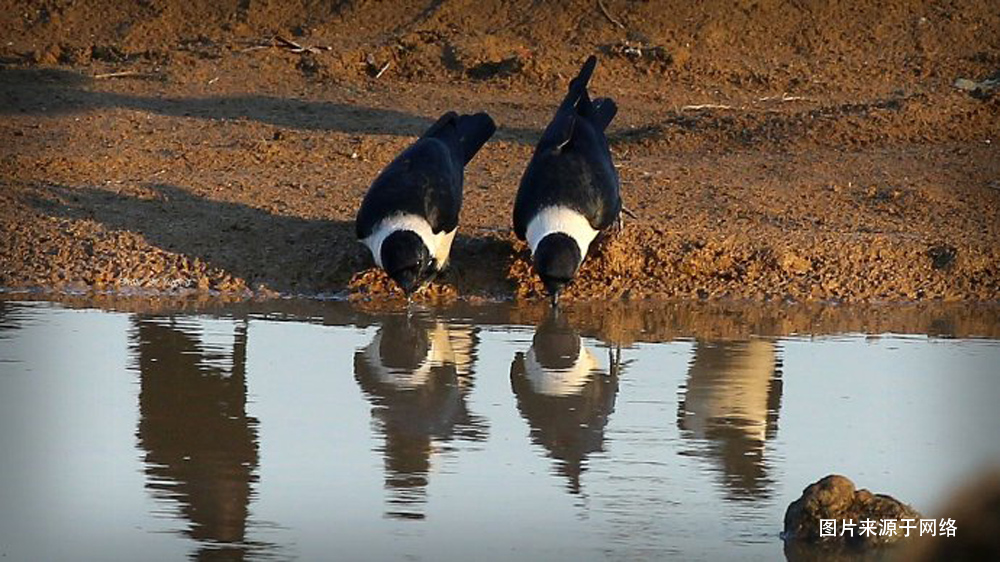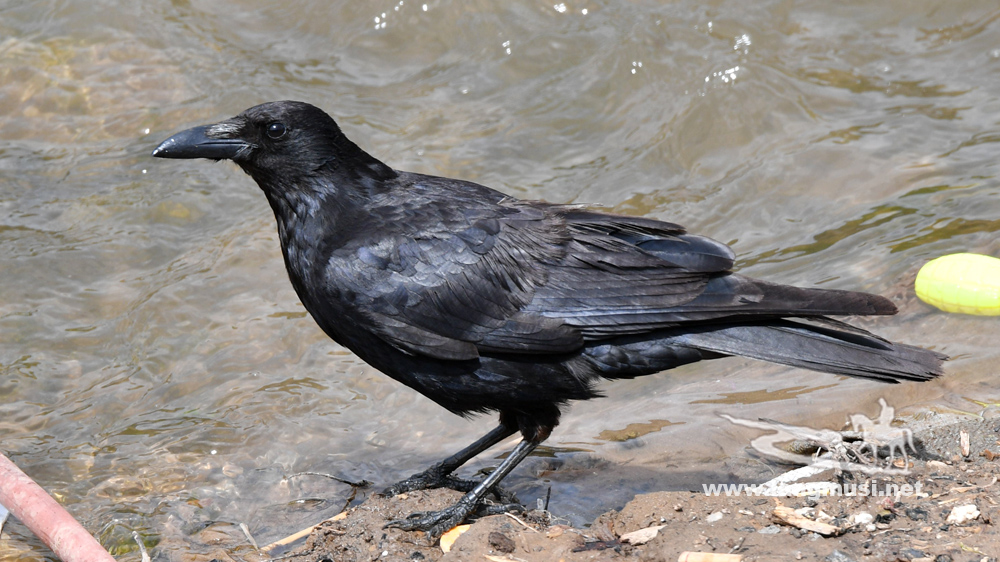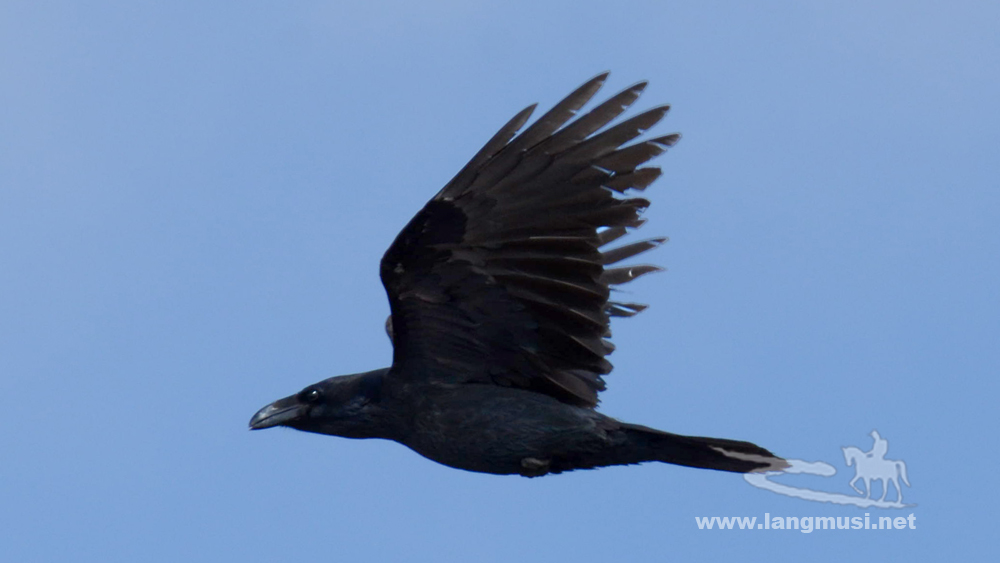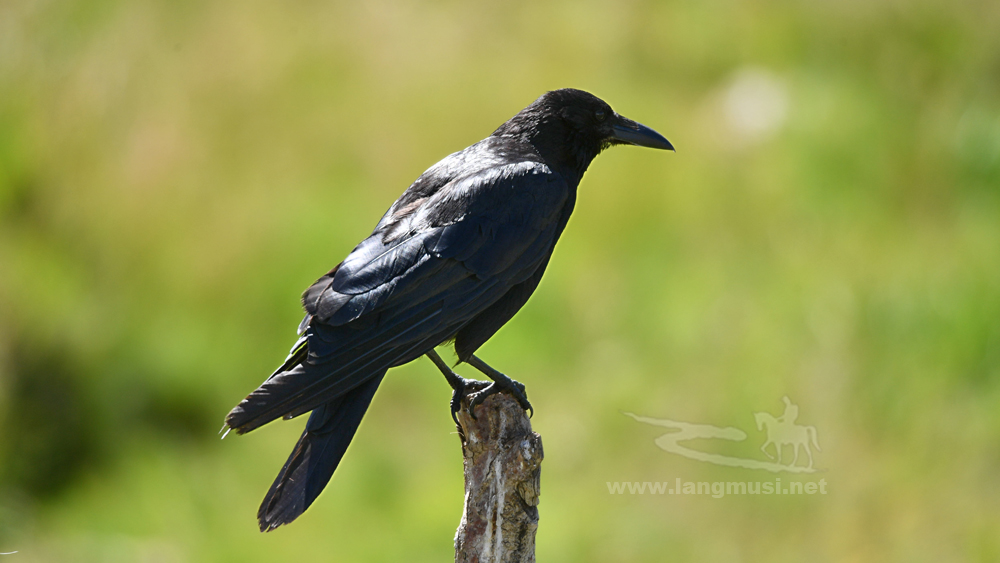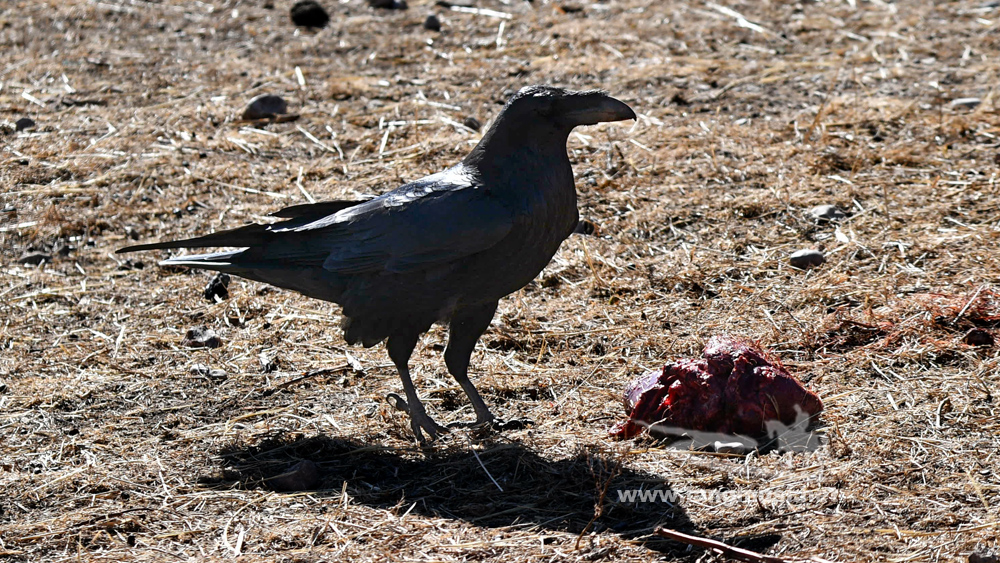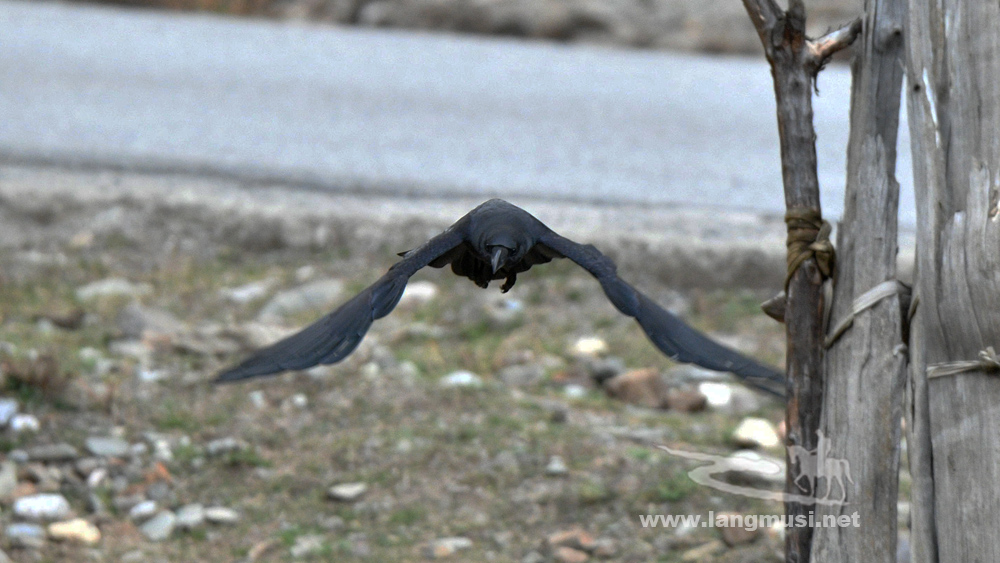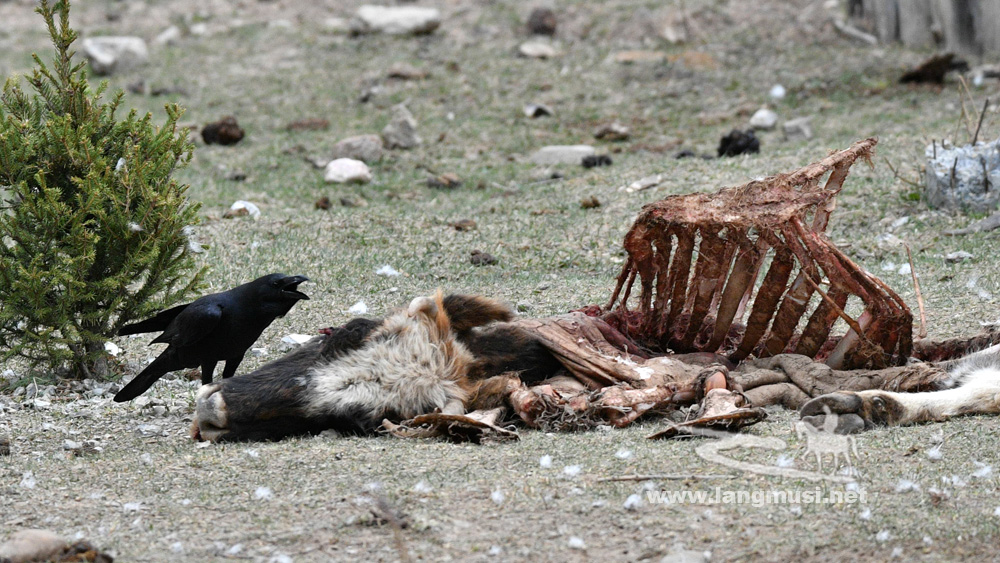It is native to Asia and has been widely introduced elsewhere as a game bird. In parts of its range, namely in places where none of its relatives occur such as in Europe (where it is naturalized), it is simply known as the "pheasant". Common pheasants can now be found across the globe due to their readiness to breed in captivity and the fact they can naturalise in many climates, but were known to be introduced in Europe, North America, Japan and New Zealand.
Blood pheasants live in the mountains of Nepal, Sikkim, northern Myanmar, Tibet, and central and south-central China, where they prefer coniferous or mixed forests and scrub areas near the snowline. They move their range depending on the seasons, and are found at higher elevations during the summer. With snow increasing in fall and winter they move to lower elevations.
It is found on mountain slopes and high meadows with some Rhododendron bushes, dwarf juniper or other scrubs for cover, typically between 3,600-4,250 m. Despite its striking appearance, the head and breast pattern provide good cryptic camouflage in its rocky habitat. It is a non-migratory terrestrial species, but moves to lower altitude desert plains in winter, and may ascend to the snowline in summer. This is a seed-eating species, but the young in particular take insects as an essential protein supply.
The Tibetan partridge forms flocks of 10-15 birds outside the breeding season, which tend to run rather than fly. When disturbed sufficiently, like most of the game birds it flies a short distance on rounded wings, the flock scattering noisily in all directions before gliding downhill to regroup.
In summer beginning around mid-March the birds pair up to form monogamous bonds with the pair staying close together. The nest site varies from bare rocky plateau with few stunted bushes and tufts of coarse grass to small thorny scrub or even standing crops. Nests tend to be close to paths. The nest is a grass-lined depression, sometimes devoid of any lining. The typical clutch is 8-10 brownish-buff eggs and is laid during May to June. The male assists in looking after the young.
This partridge breeds on the Tibetan plateau in Tibet itself, Northern Pakistan via Kashmir into northwestern Indian, northern parts of Nepal, Sikkim and Bhutan, and western China. The Tibetan partridge appears to be secure in its extensive and often inaccessible range on the Tibetan Plateau.
It resembles a wheatear (Oenanthe) in habitus, but lacks black feathers and has a strong and slightly downcurved bill resembling that of a chough (Pyrrhocorax) in shape (though not in colour). It was formerly thought to belong to the family Corvidae which includes the crows and jays. This species has since been identified as a member of the tit family (Paridae).
It occurs across the Tibetan Plateau of China and the neighboring areas of western Sichuan and Gansu. The Tibetan ground-tit inhabits open alpine steppe and sometimes more arid regions with small scattered shrubs, rarely if ever occurring lower than 3,000 meters above sea level. It is not found anywhere where dense vegetation (especially trees) predominates.
It obtains food on the ground, eating a wide range of arthropod prey, often obtained by probing yak dung and turning it over to flush the prey out. It also peers into rock crevices and into holes in the ground in its search for food. In general the bill is extensively used for digging, much like the similarly-shaped one of the red-billed chough. If chased by a bird of prey or other predator, it will bolt straight down the nearest hole like a rodent until the danger has passed. They are frequently found near colonies of pikas. Though the birds and the mammals probably benefit from each other's vigilance, their association is probably less due to a strong mutualism but rather because both prefer habitat with similar ground cover and soil.
The nest is rather unusual for that of a passerine, being built inside a burrow which the birds excavate themselves. It is usually dug horizontally into a bank or wall of earth, and can reach a depth of 1.8 meters. The nest is placed at the end of this in a small chamber and consists usually just of bit of wool placed onto a grass base. The 4–6 eggs are pure white and the young stay with their parents for some time after fledging; half-grown young are still fed by their parents on occasion as late as August.
The ground tit is not a migratory bird but may descend to lower altitudes in valleys during the winter. In addition to digging nesting burrows, ground-tits frequently dig roosting burrows to use during the coldest months.
It is a widespread and common species throughout Europe, the Middle East, Central and Northern Asia, and parts of North Africa where it is generally resident in any sort of woodland; most great tits do not migrate except in extremely harsh winters.
It is predominantly insectivorous in the summer, but will consume a wider range of food items in the winter months, including small hibernating bats. Like all tits it is a cavity nester, usually nesting in a hole in a tree. Great tits are monogamous breeders and establish breeding territories. These territories are established in late January and defence begins in late winter or early spring.
The female lays around 5-12 eggs and incubates them alone, although both parents raise the chicks. In most years the pair will raise two broods. The nests may be raided by woodpeckers, squirrels and weasels and infested with fleas, and adults may be hunted by sparrowhawks. The great tit has adapted well to human changes in the environment and is a common and familiar bird in urban parks and gardens.
The great tit occupies a range of habitats. It is most commonly found in open deciduous woodland, mixed forests and forest edges. In dense forests, including conifer forests it is usually found in forest clearings.
As the English and scientific names suggest, these are high altitude species, found in the mountain ranges of southern Eurasia, from the Pyrenees east to the Himalayas, Tibet and western China.
Snowfinches are stocky sparrows 13.5–17 centimetres in length, with strong conical bills.
Most snowfinches breed above altitudes of 3,500 metres (11,500 ft), but the white-winged snowfinch can occur from 1,800 metres (5,900 ft) upwards. These hardy birds inhabit bare open mountain grassland. Snowfinches are not migratory but may move to lower altitudes or human habitation in winter, when these highly gregarious birds form large flocks. Snowfinches are primarily ground-feeding seed-eaters, though they also consume small arthropods, especially when breeding. They are typically fearless, and will forage around ski resorts, human habitation and rubbish tips.
They nest in rock crevices, or more typically in holes left by rodents or (and even more often) pikas (Ochotonidae). The typical clutch is from three to six eggs.
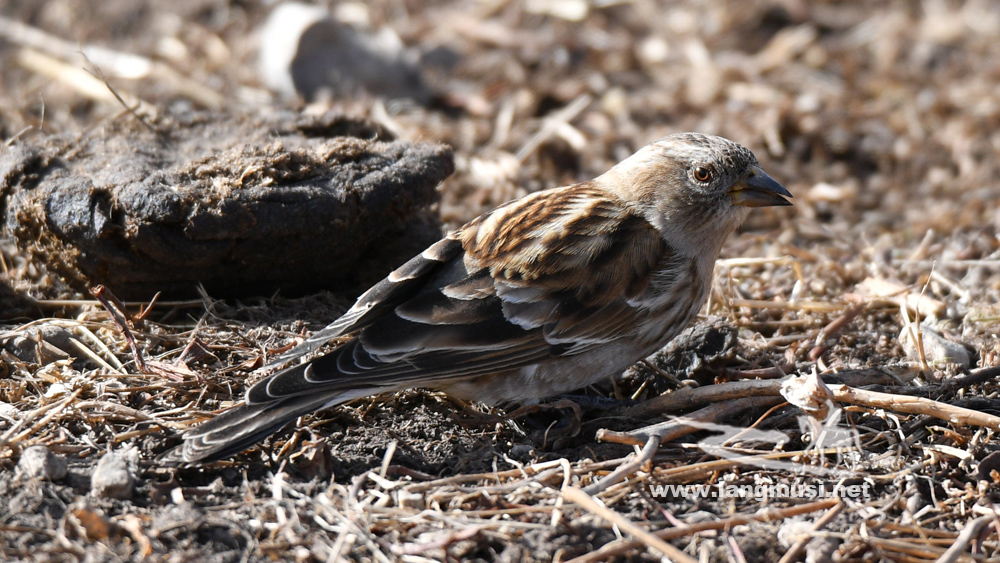
It is found in Afghanistan, Bhutan, China, India, Kazakhstan, Myanmar, Nepal, Pakistan, Russia, Tajikistan, Tibet, and Turkmenistan. Its natural habitat is temperate grassland and upland forest. It is a resident breeder across the Himalayas.
The pine bunting is a robust 16–17.5-centimetre bird, with a thick seed-eater's bill. The male has a white crown and cheeks, and a chestnut forehead and throat, and a heavily streaked brown back. The female is much duller and is more streaked on its undersides.
The pine bunting breeds across much of temperate Asia, migrating south to central Asia, north India and southern China in winter. It is common in all sorts of open land with some scrub or trees, including cultivation, but has a greater preference for open forest (usually pines) than the closely related yellowhammer. It is a rare vagrant to western Europe, but often winters in north-east Italy and Tuscany.
TThis sparrow breeds on barren rocky hills from the Iberian peninsula and western north Africa across southern Europe and through central Asia. It is largely resident in the west of its range, but Asian birds migrate to more southerly areas, or move down the mountains.
The rock sparrow's food is mainly seeds with some insects.
It nests in crevices in rocks or walls, laying three to seven eggs.
These birds exhibit many mating patterns, most notably monogamy and sequential and simultaneous polyandry; however, social monogamy is the most abundant mating pattern.
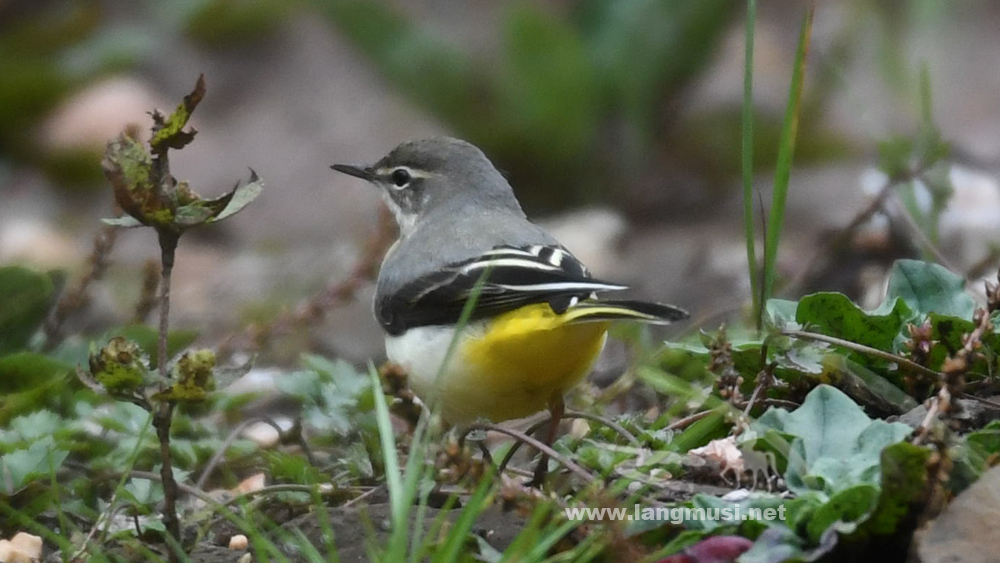
The species is widely distributed, with several populations breeding in Europe and Asia and migrating to tropical regions in Asia and Africa. The species is always associated with running water when breeding, although they may use man-made structures near streams for the nest. Outside the breeding season, they may also be seen around lakes, coasts and other watery habitats.
These birds feed on a variety of aquatic invertebrates including adult flies, mayflies, beetles, crustacea and molluscs.
It is found in the mountainous regions of Afghanistan, Pakistan, India, Nepal, Bhutan and China, at altitudes between about 3,000 and 5,500 m. It is a non-migratory species normally resident above the tree-line but not as high as the snowline. It is usually seen on the ground in grassland or among scrub, often in gullies containing streams. In the winter it may move to slightly lower elevations and is often found in stony areas close to human habitations.
The robin accentor is a large accentor, growing to a length of about 17 cm (7 in). The sexes are similar in appearance and have the slender, sharply-pointed beak typical of an insect-eating bird.
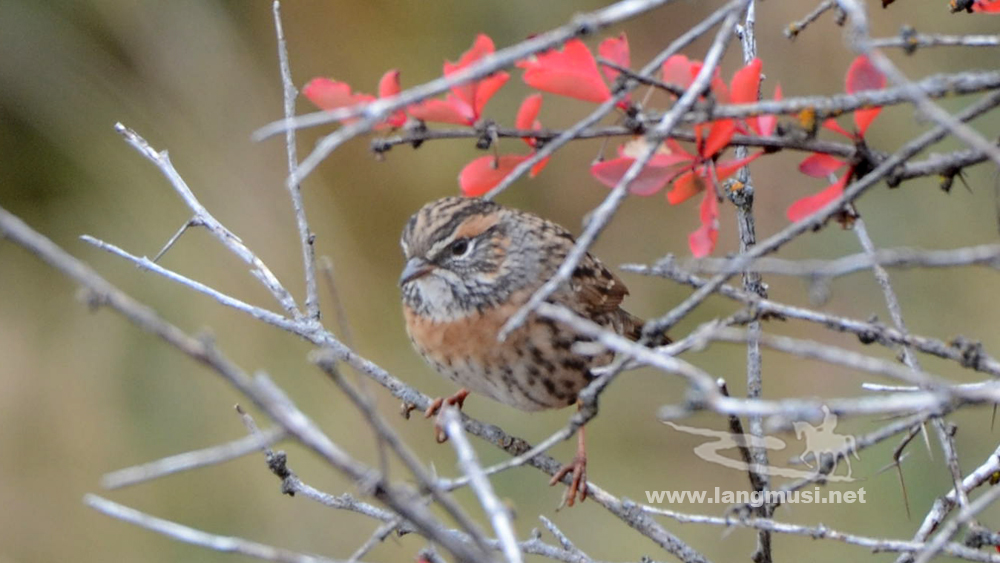
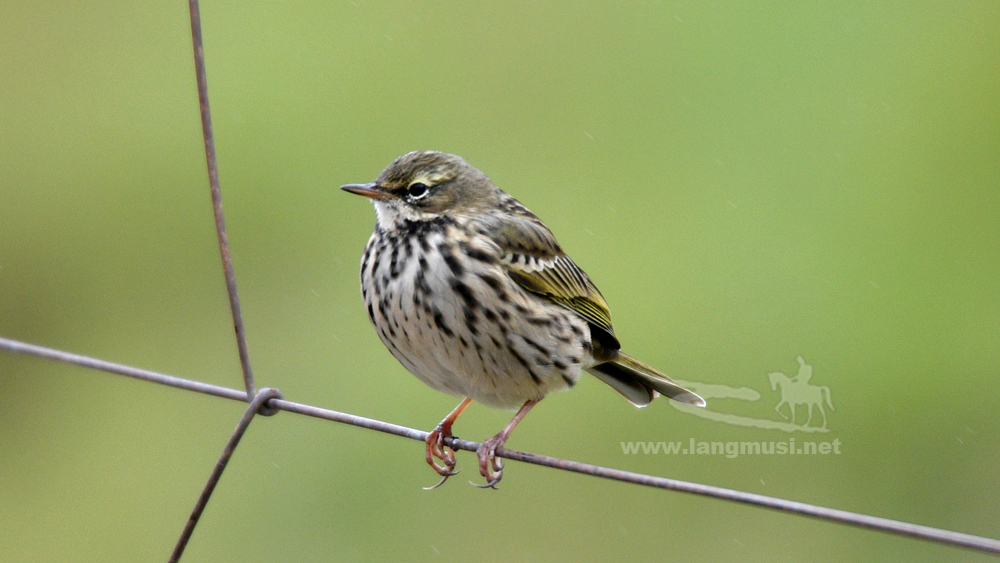
The olive-backed pipit breeds across South, north Central and East Asia, as well as in the northeast of European Russia. It is a long-distance migrant moving in winter to southern Asia and Indonesia.
It is found in Nepal, Bhutan, central China and far northern areas of Myanmar and Northeast India. Its natural habitat is temperate forests.
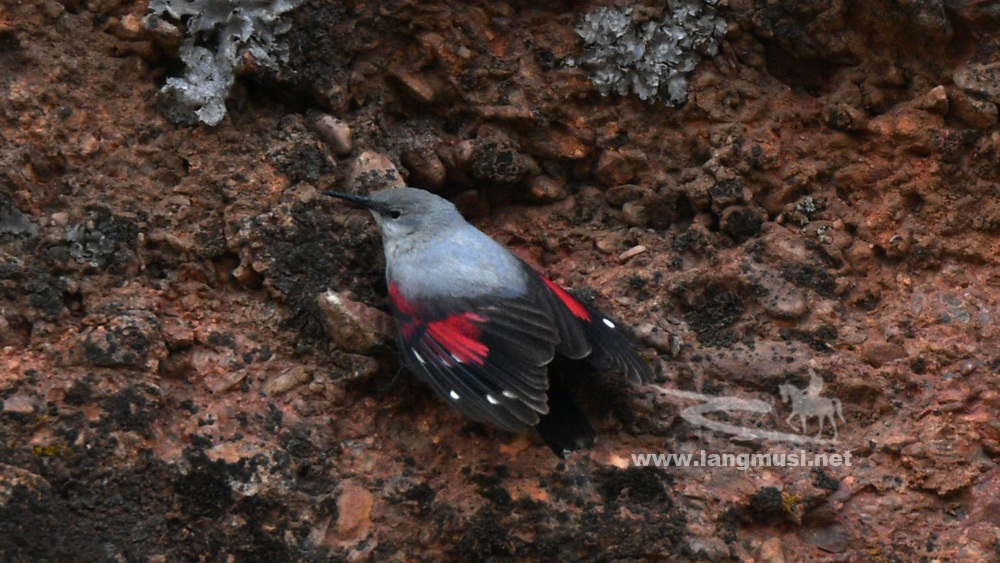
The wallcreeper is a small passerine bird found throughout the high mountains of Eurasia from southern Europe to central China.
Wallcreepers are territorial, and pairs vigorously defend their breeding territory during the summer.
The female wallcreeper builds a cup nest of grass and moss, sheltered deep in a rock crevice, hole or cave.
The wallcreeper is an insectivore, feeding on terrestrial invertebrates—primarily insects and spiders—gleaned from rock faces. It sometimes also chases flying insects in short sallies from a rock wall perch.
They are unique among passerines for their ability to dive and swim underwater.
Dippers are small, chunky, stout, short-tailed, short-winged, strong-legged birds. The different species are generally dark brown (sometimes nearly black), or brown and white in colour.
Dippers are found in suitable freshwater habitats in the highlands of the Americas, Europe and Asia. In Africa they are only found in the Atlas Mountains of Morocco. They inhabit the banks of fast-moving upland rivers with cold, clear waters, though, outside the breeding season, they may visit lake shores and sea coasts.
Unlike many water birds, dippers are generally similar in form to many terrestrial birds (for example they do not have webbed feet), but they do have some morphological and physiological adaptations to their aquatic habits. Their wings are relatively short but strongly muscled, enabling them to be used as flippers underwater. To reduce their buoyancy in water, the bones are solid instead of hollow. They have dense plumage with a large preen gland for waterproofing their feathers. Relatively long legs and sharp claws enable them to hold on to rocks in swift water. Their eyes have well-developed focus muscles that can change the curvature of the lens to enhance underwater vision. They have nasal flaps to prevent water entering their nostrils.
Their blood has a high haemoglobin concentration, allowing a greater capacity to store oxygen than terrestrial birds, and allowing them to remain underwater for up to at least thirty seconds, whilst their basal metabolic rate is approximately one-third slower than typical terrestrial passerines of similar mass. One small population wintering at a hot spring in Suntar-Khayata Mountains of Siberia feeds underwater when air temperatures drop below -55 degrees.
Dippers forage for small animal prey in and along the margins of fast-flowing freshwater streams and rivers.
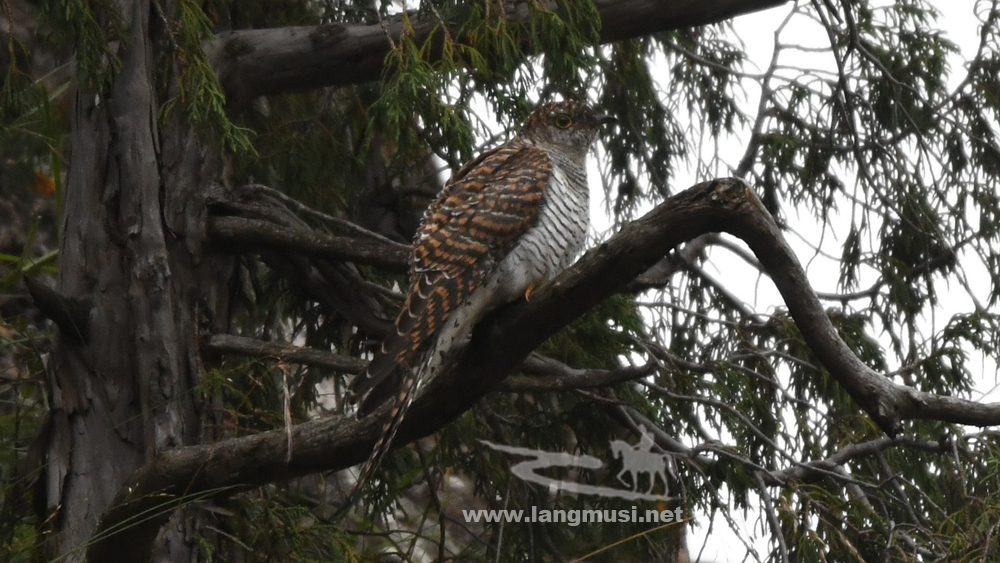
It ranges from India, Bangladesh, Bhutan, Nepal and Sri Lanka east to Indonesia and north to China and Russia. It is a solitary and shy bird, found in forests and open woodland at up to 3,600 m. The call is loud with four notes.
They feed on hairy caterpillars and other insects but sometimes take fruits. They usually feed on the upper canopy, gleaning insects. The Indian cuckoo is a brood parasite. In Russia, females were found to pair with specific males during the breeding season. The male diverts the attention of hosts from their nest giving time for the female to lay her egg. It lays its single egg mostly in the nests of drongos and crows. Brown shrikes have been recorded as hosts in Russia. The female removes and eats an egg from the host nest before laying her own. The eggs of the cuckoo hatch in 12 days while those of the brown shrike in the Amur region take 15 days. During the third or fourth day, the young bird bends its back when touched and heaves out other eggs or nestlings. This instinct is lost soon after.
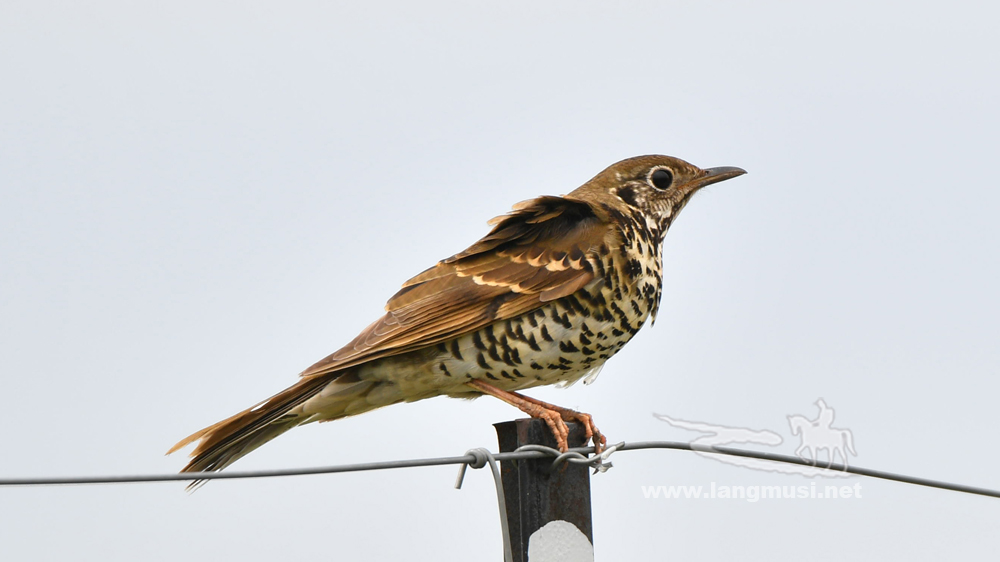
It is found in Bangladesh, Bhutan, China, India, Laos, Myanmar, Nepal, Thailand, and Vietnam. Its natural habitats are subtropical or tropical moist montane forests and subtropical or tropical high-altitude shrubland.
It is found in China and far northeastern India.
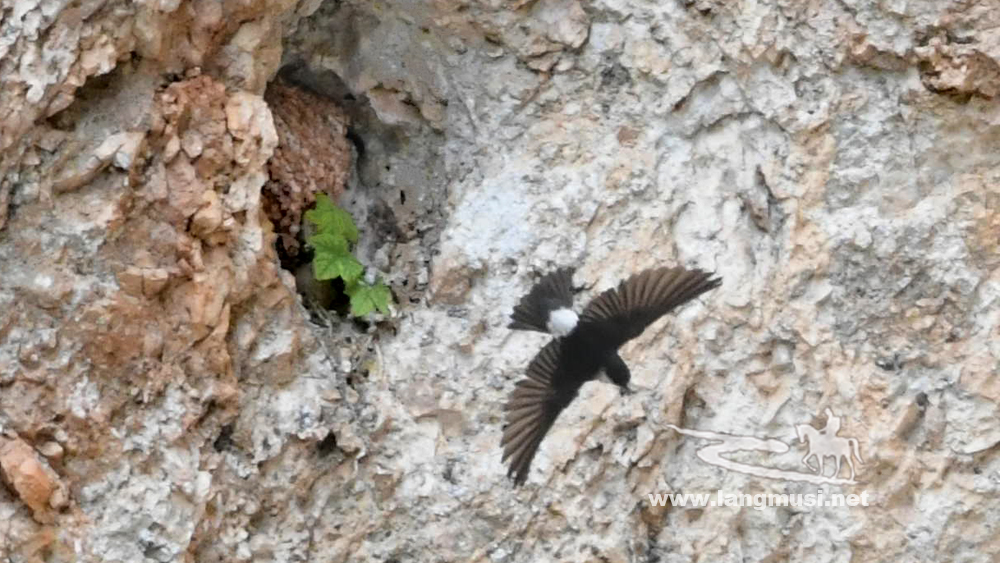
Its three subspecies breed in the Himalayas and in central and eastern Asia, and spend the winter lower in the mountains or in Southeast Asia.
The Asian house martin feeds on small insects taken in flight, usually caught high in the air. The presence of terrestrial springtails and Lepidoptera larvae in its diet indicates that food is sometime picked from the ground.
The common magpie is a resident breeding bird throughout northern part of Eurasian continent. The Eurasian magpie is one of the most intelligent birds, and it is believed to be one of the most intelligent of all non-human animals.
The preferred habit is open countryside with scattered trees and magpies are normally absent from treeless areas and dense forests.
The common raven also known as the northern raven, is a large all-black passerine bird. Found across the Northern Hemisphere, it is the most widely distributed of all corvids.
At maturity, the common raven averages 63 centimetres in length and 1.2 kilograms in mass. Birds from colder regions such as the Himalayas and Greenland are generally larger with slightly larger bills, while those from warmer regions are smaller with proportionally smaller bills.
Apart from its greater size, the common raven differs from its cousins, the crows, by having a larger and heavier black beak, shaggy feathers around the throat and above the beak, and a wedge-shaped tail.
Common ravens can live up to 21 years in the wild. Young birds may travel in flocks but later mate for life, with each mated pair defending a territory.
They are extremely versatile and opportunistic in finding sources of nutrition, feeding on carrion, insects, cereal grains, berries, fruit, small animals, and food waste.
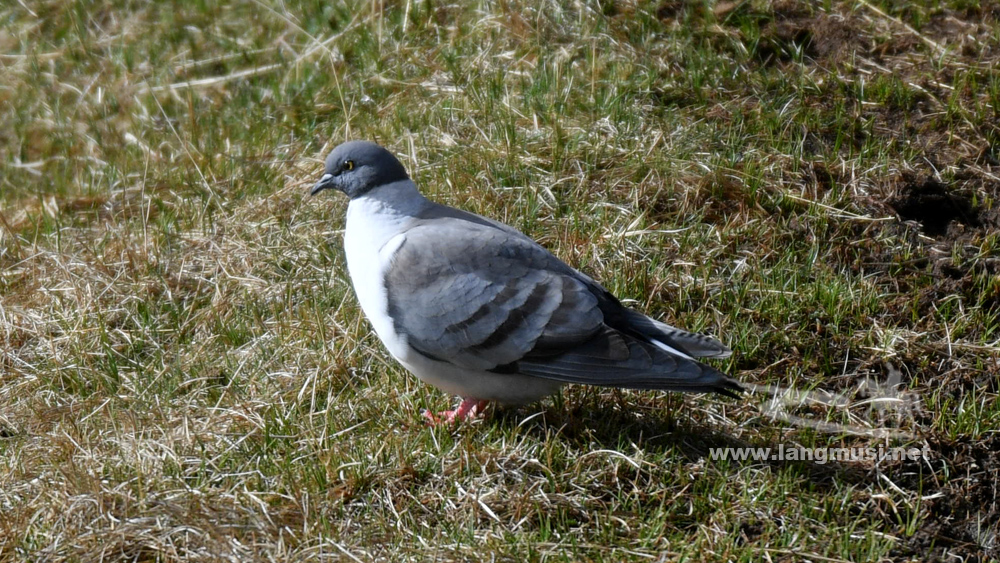
The snow pigeon is from hilly regions of central Asia.
The birds forage in open country in pairs or small groups, feeding on grain, buds, shoots, berries, and seeds. They roost at night on cliffs, breeding in crevices where they build untidy stick nests and lay a clutch of usually two white eggs.
